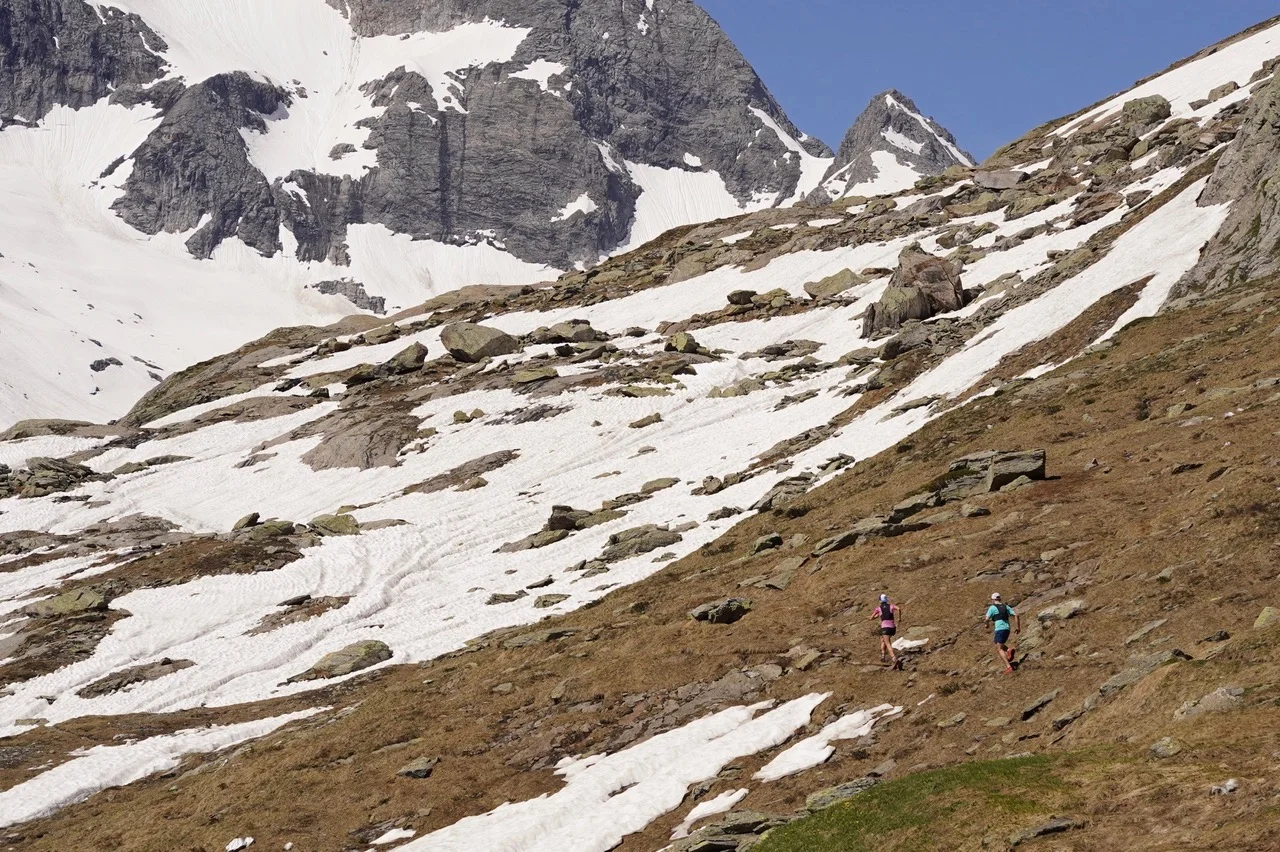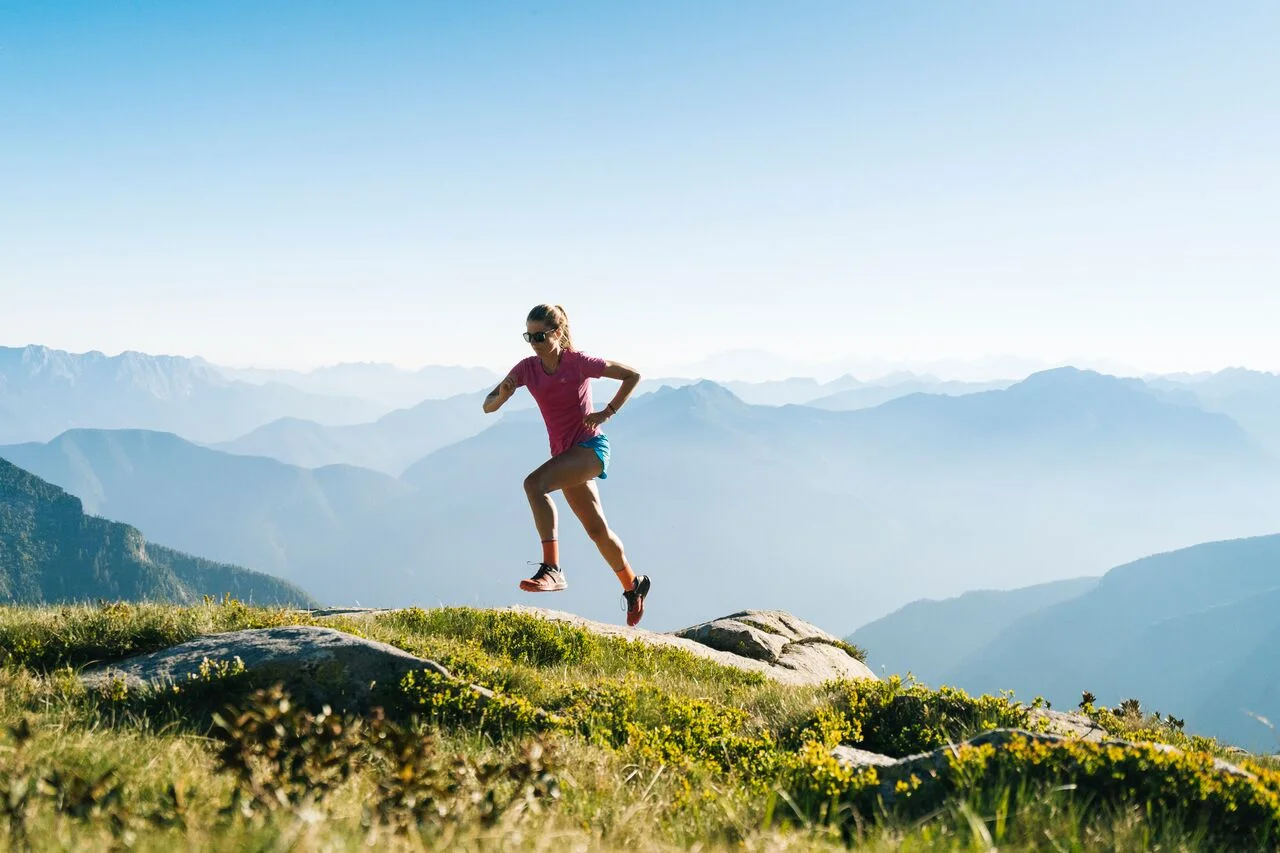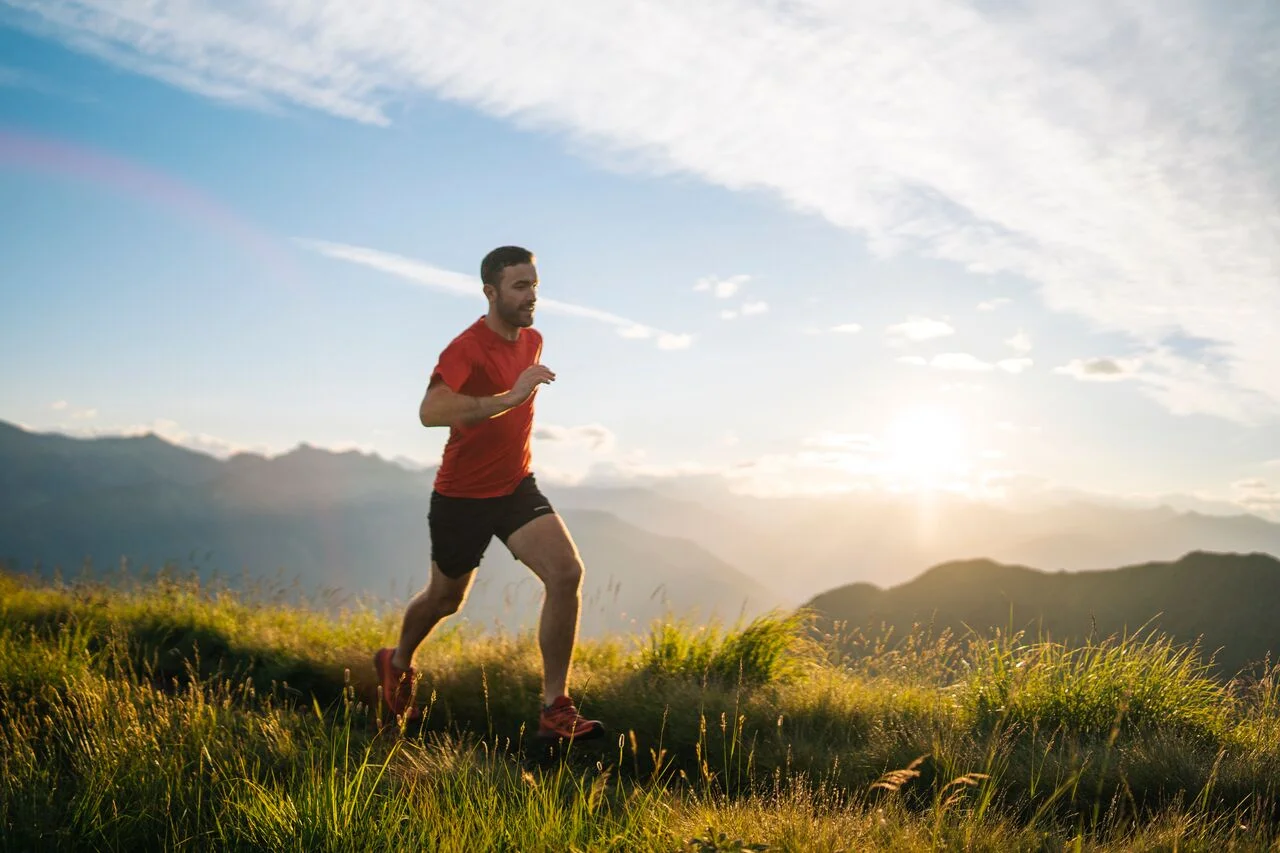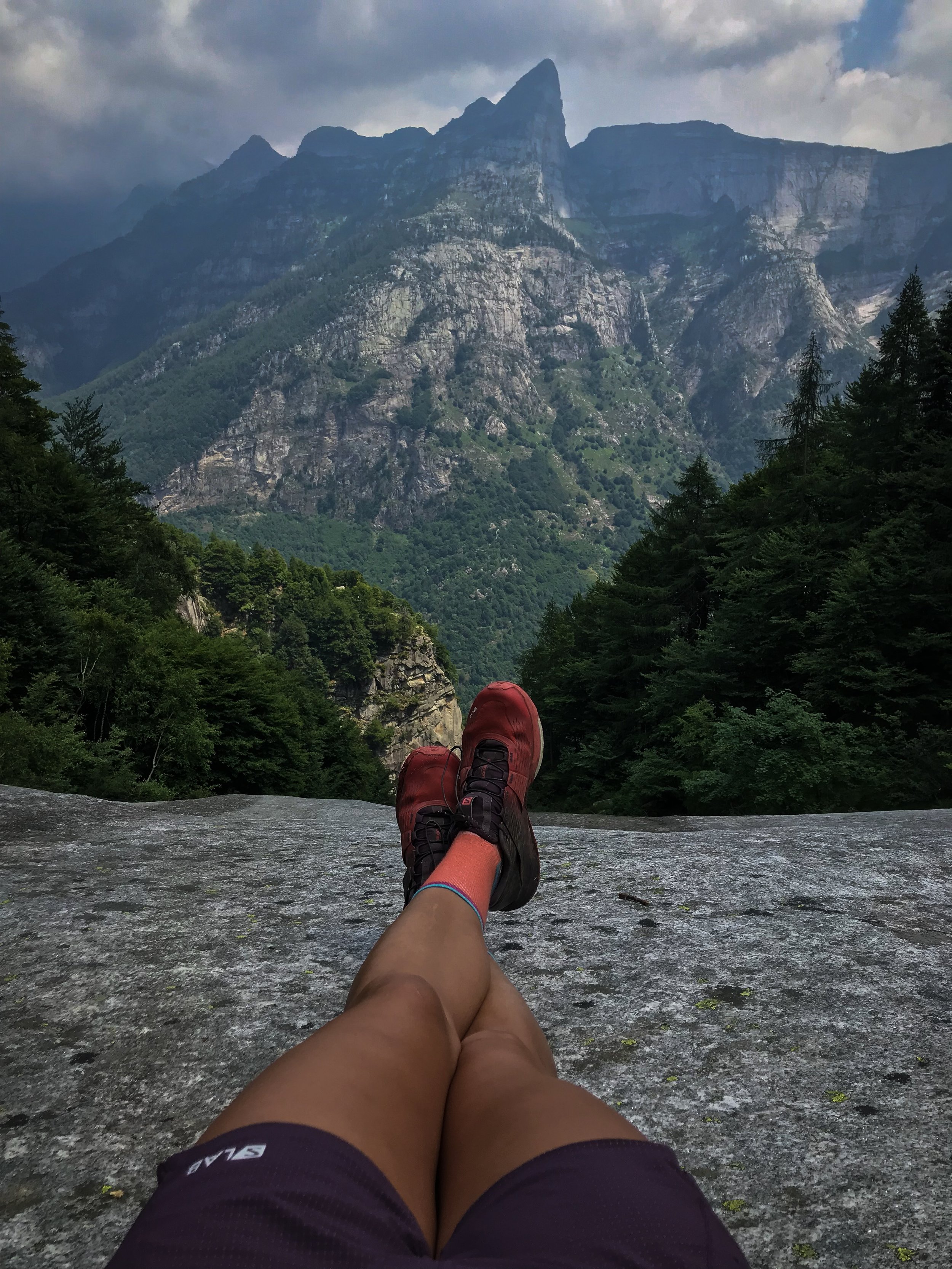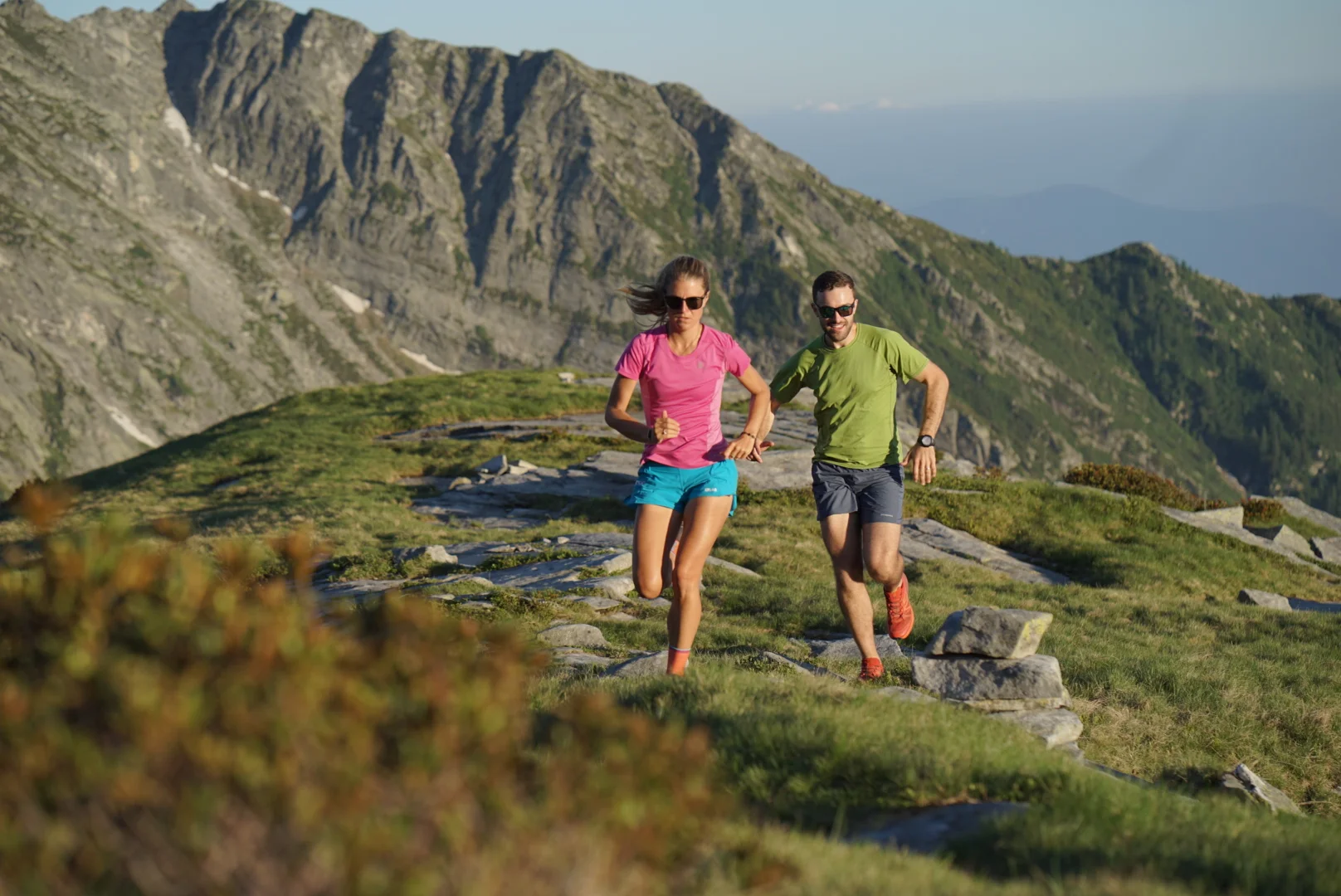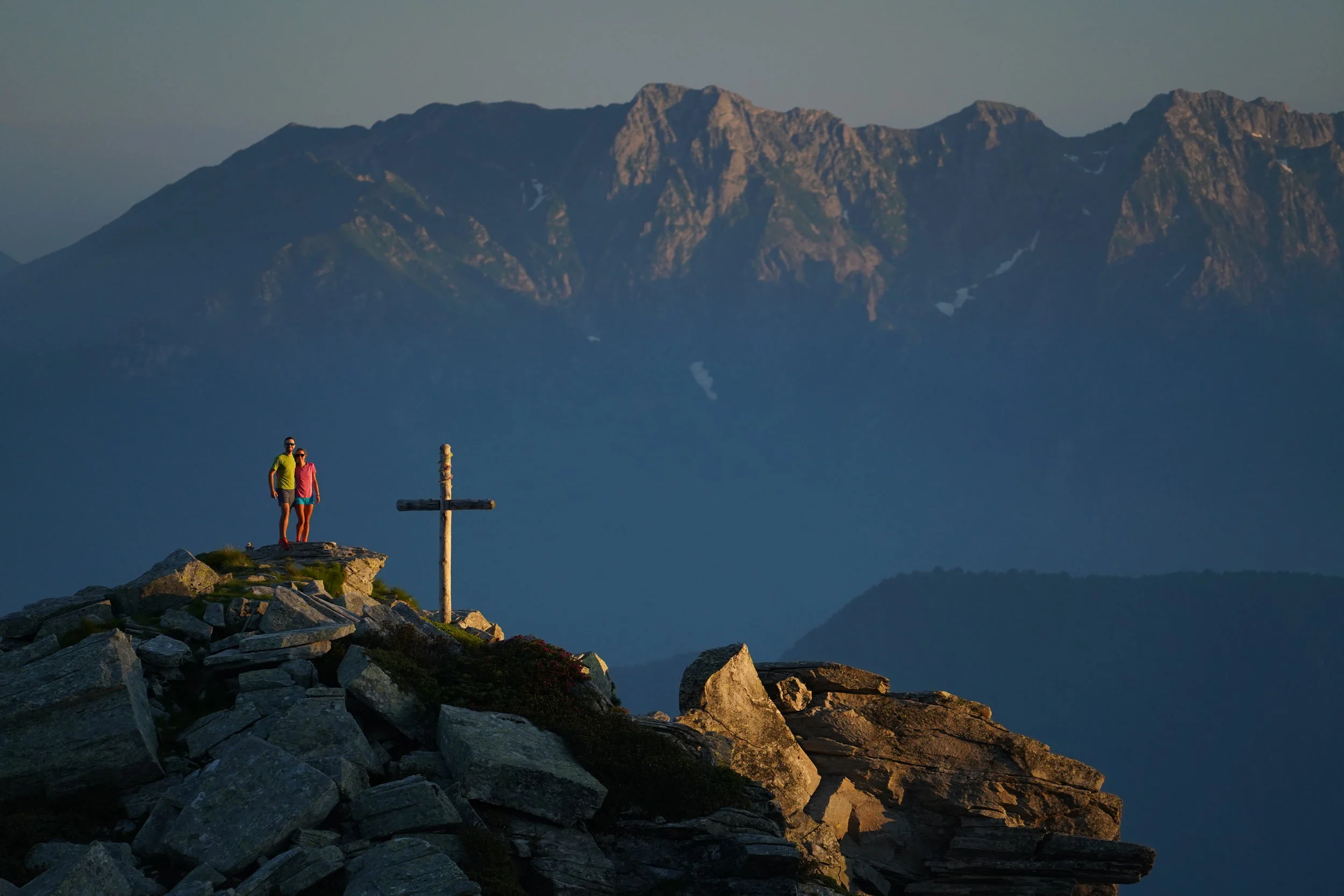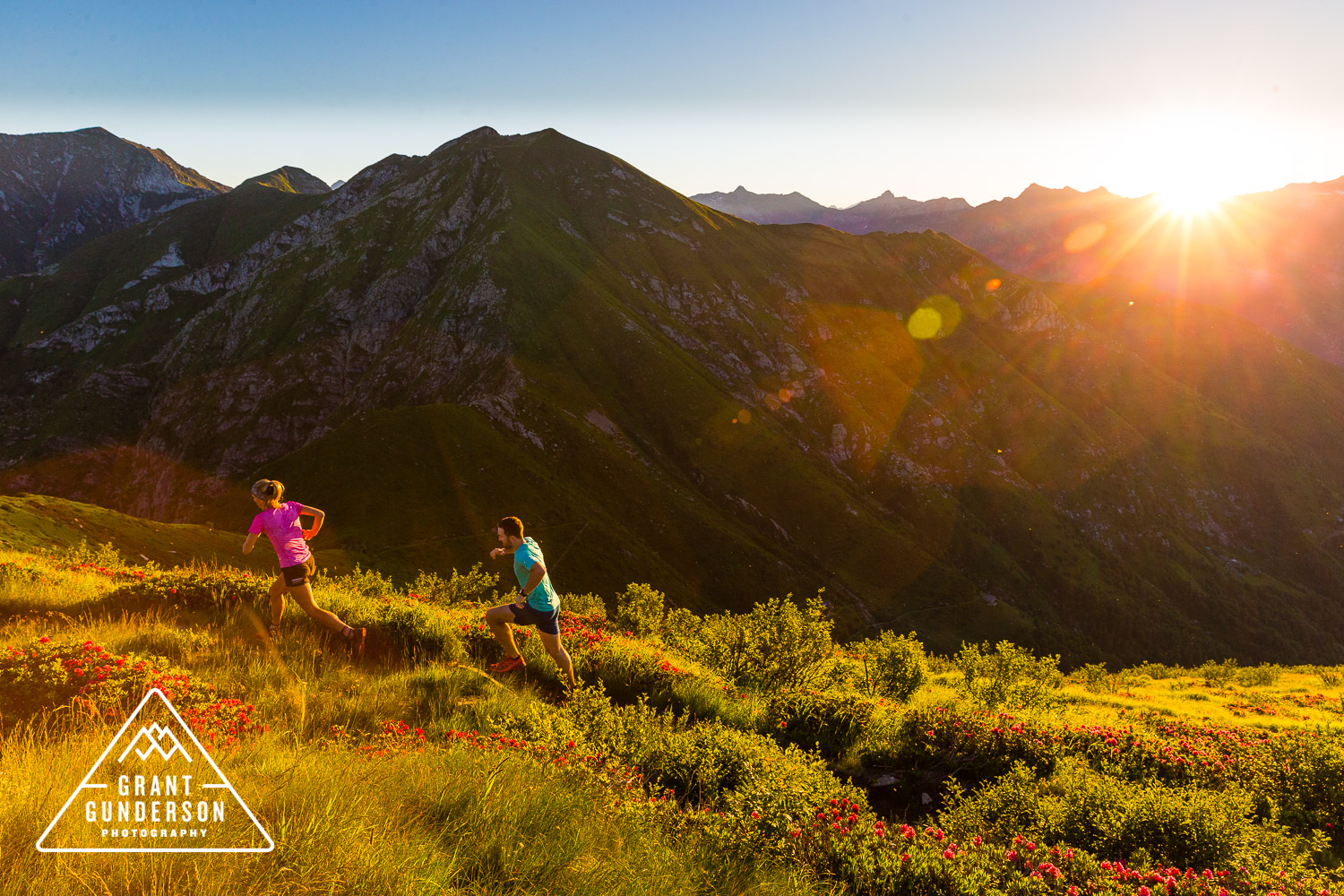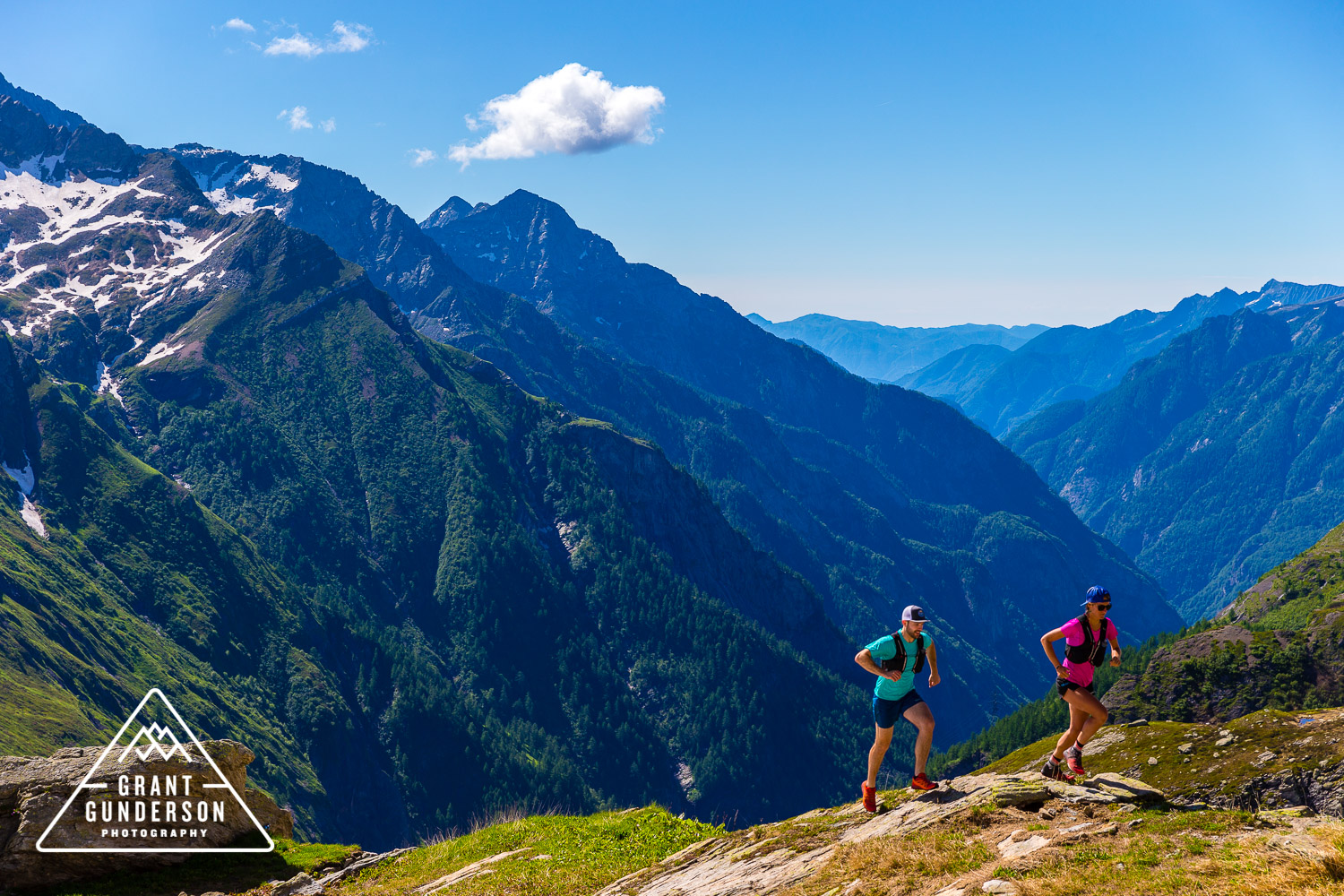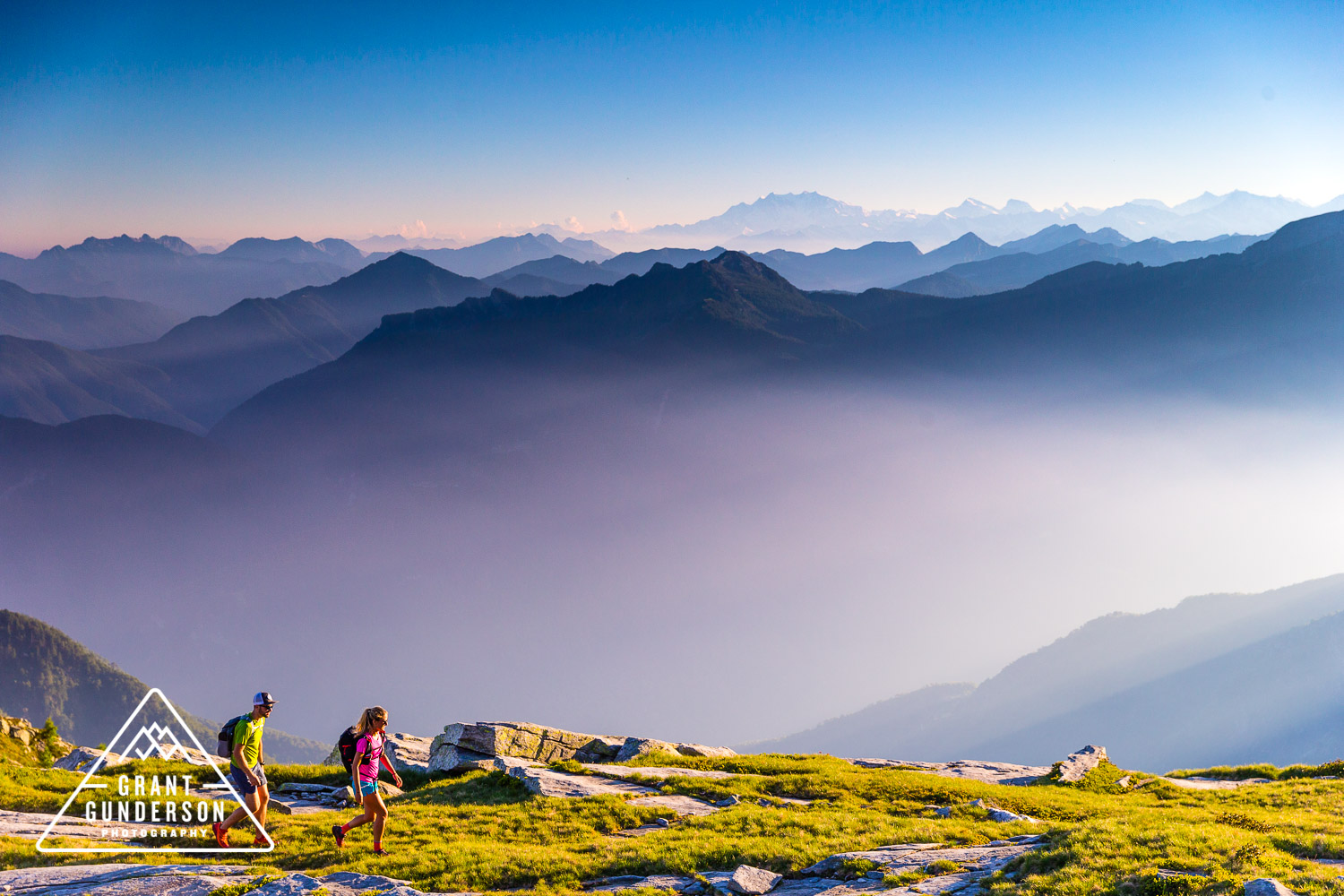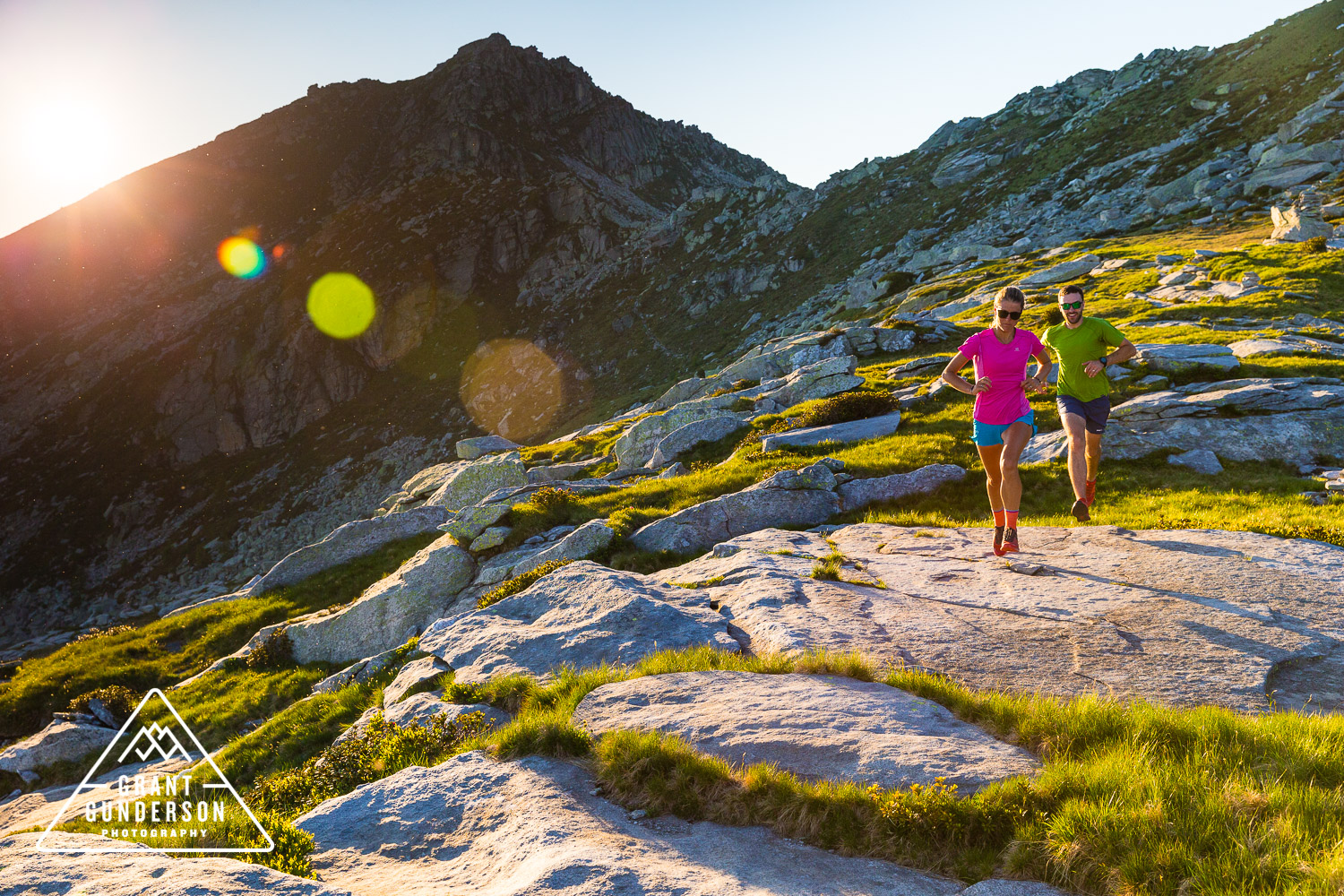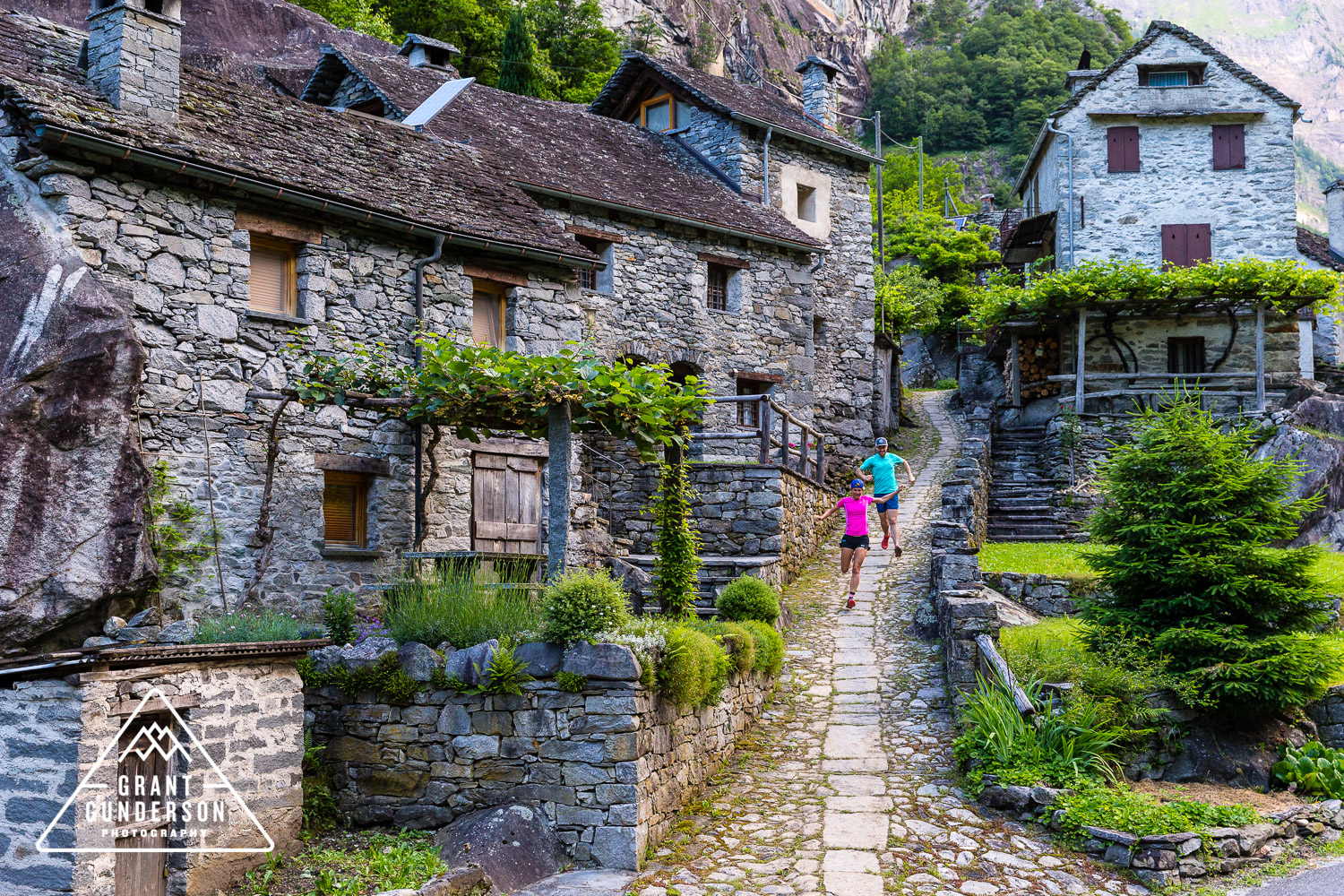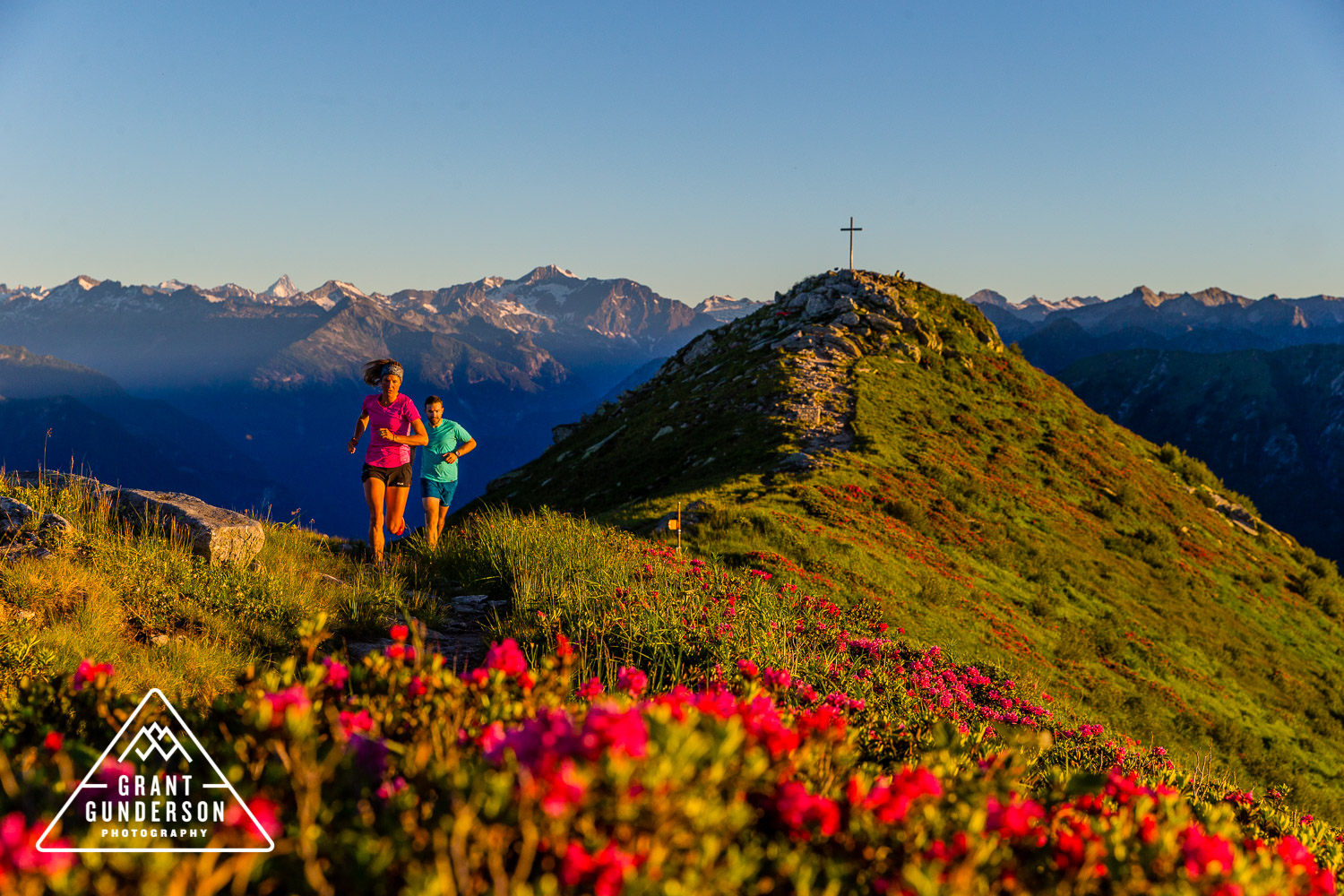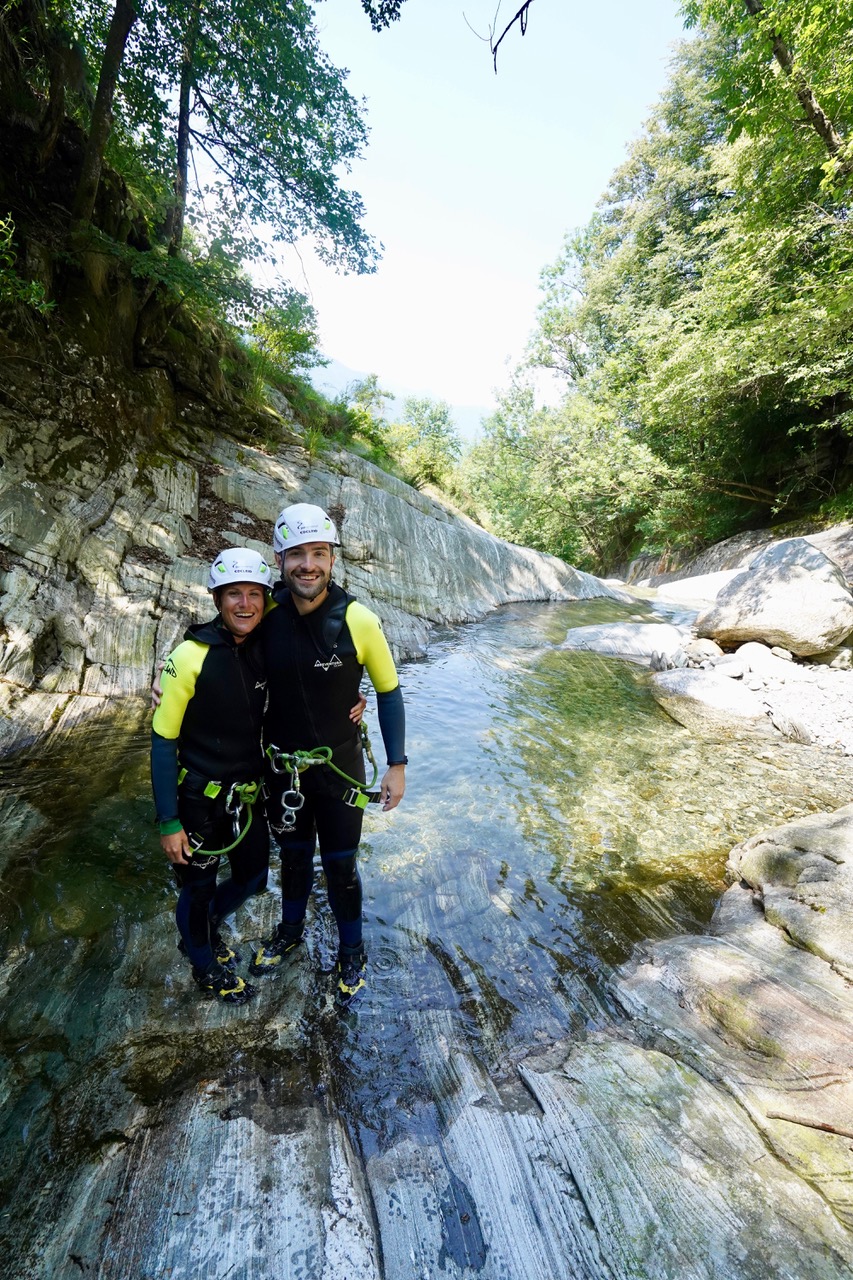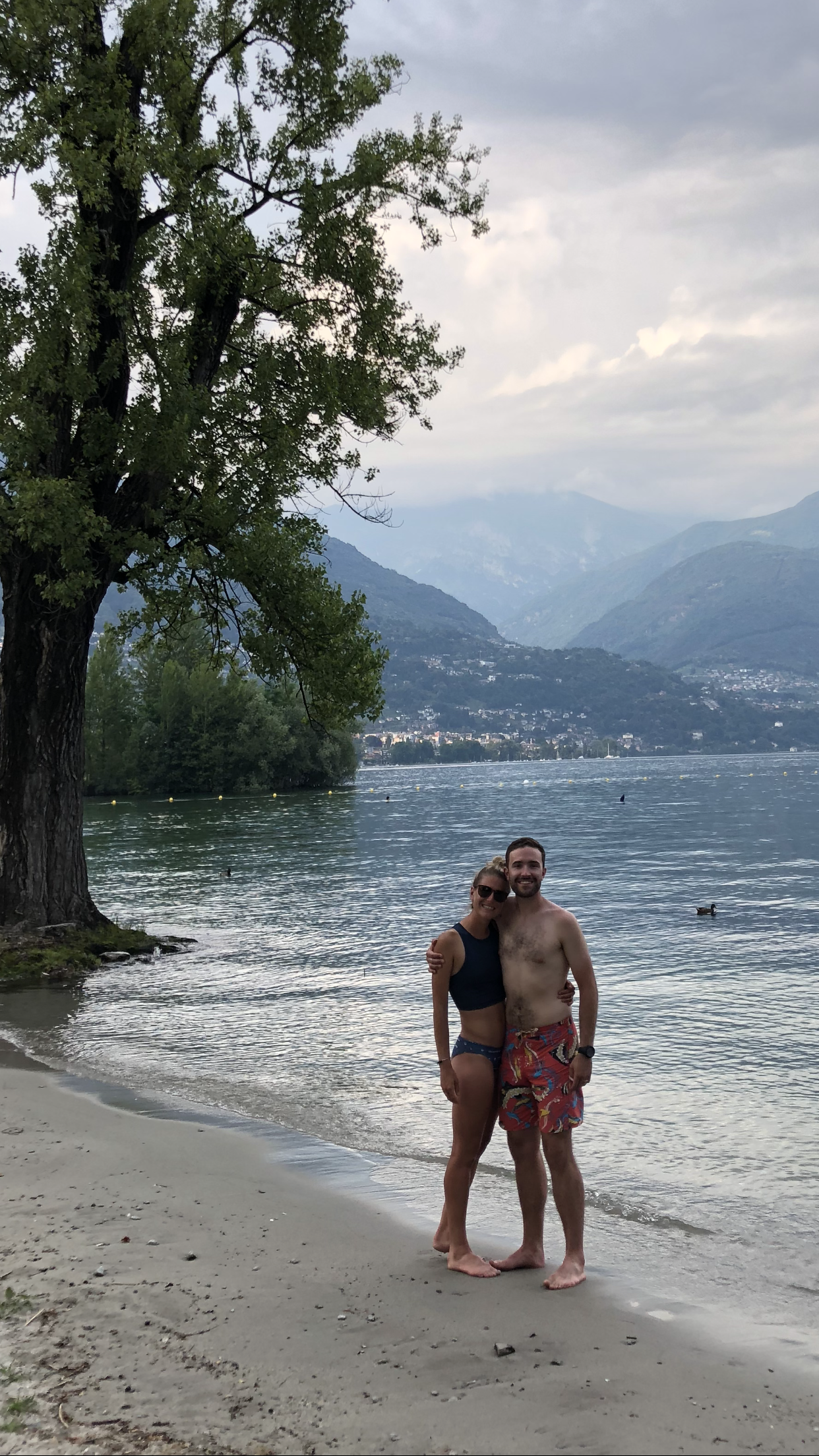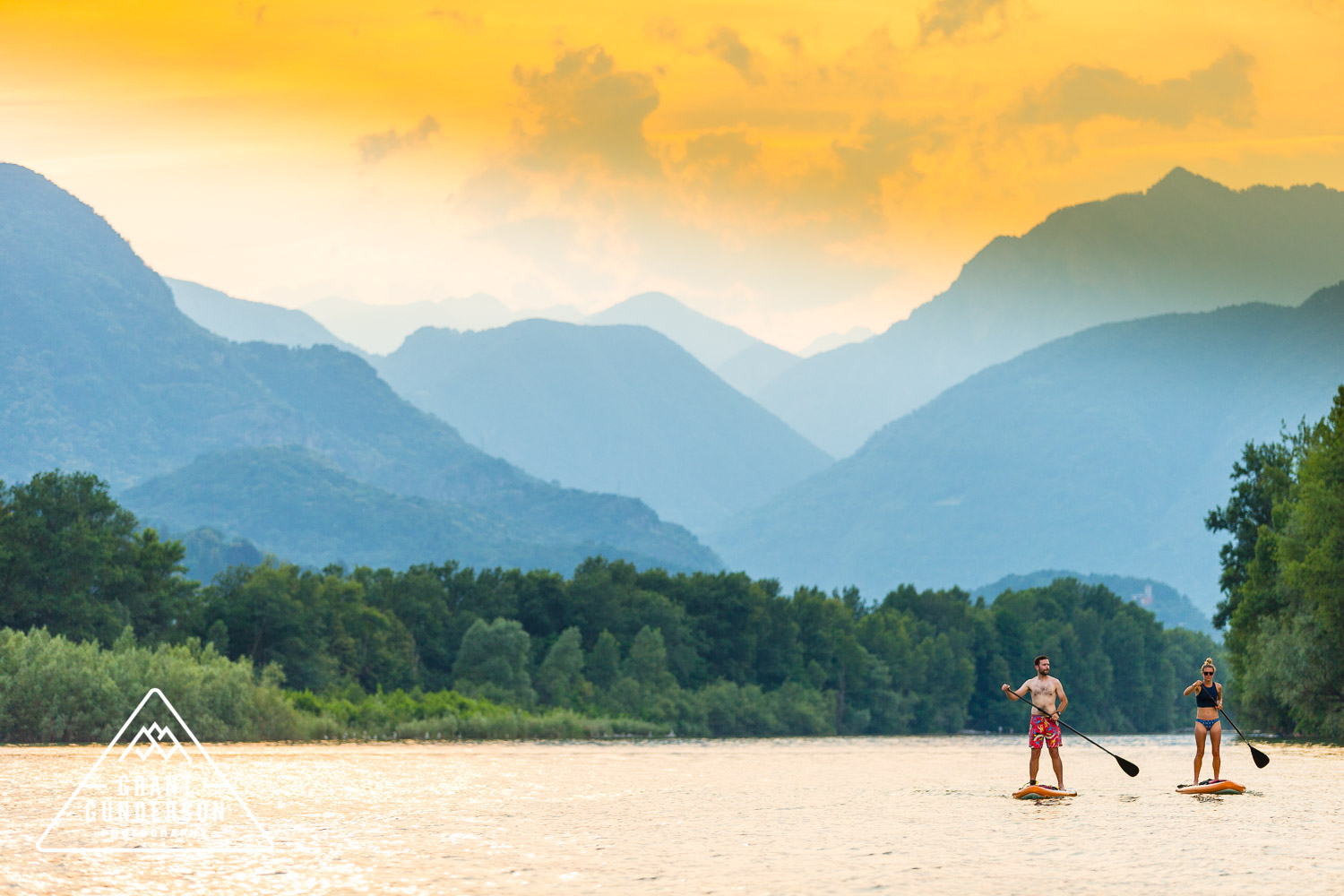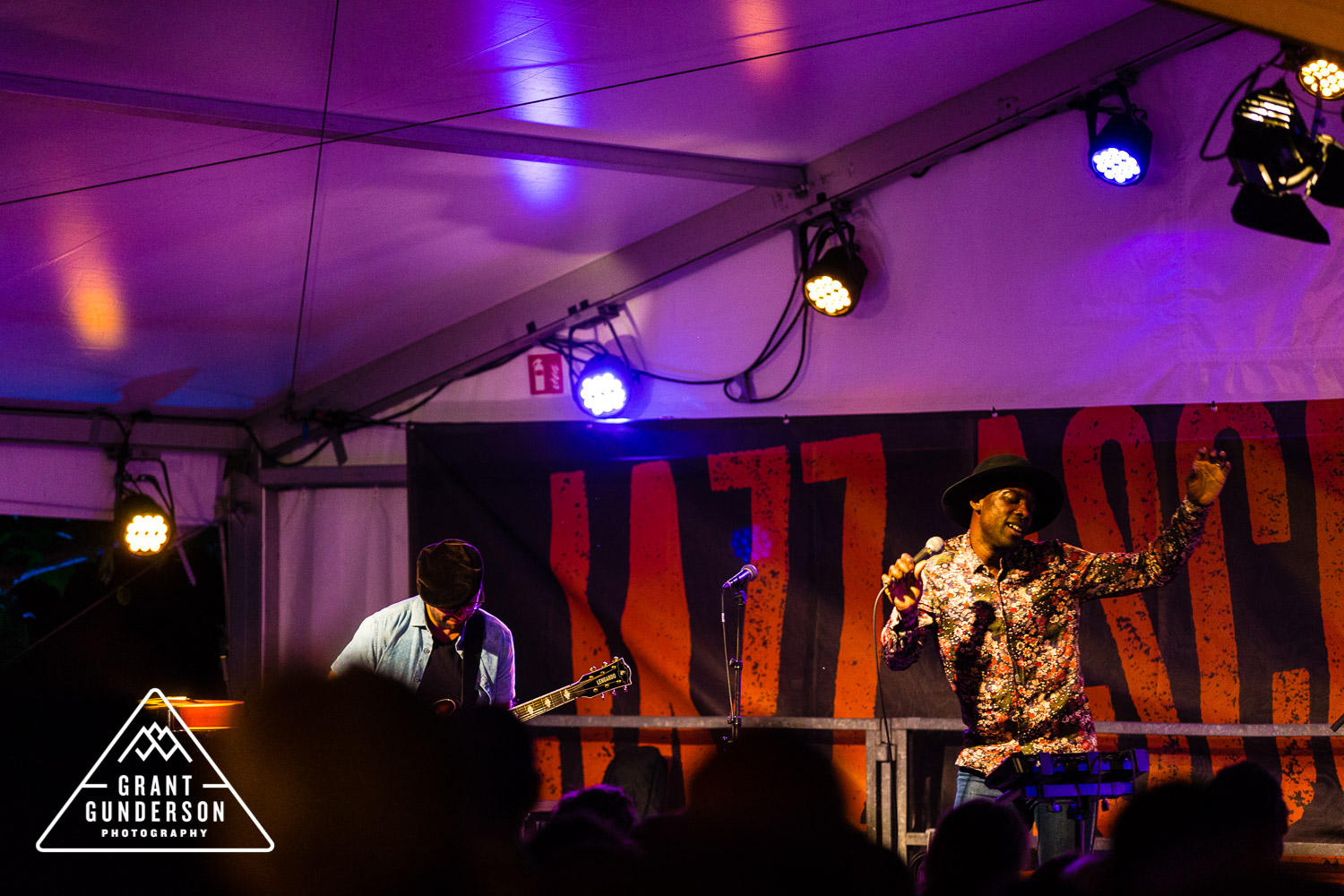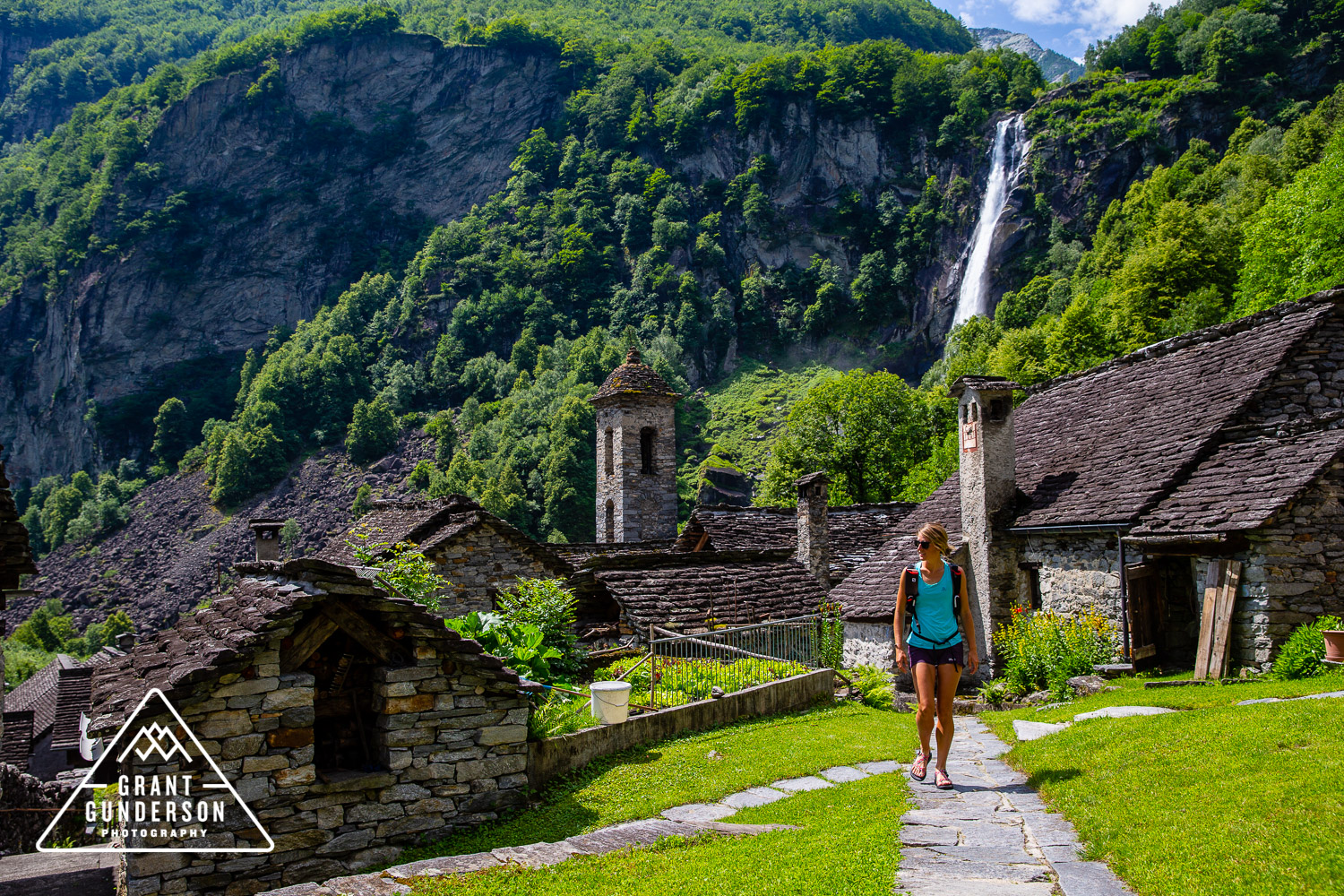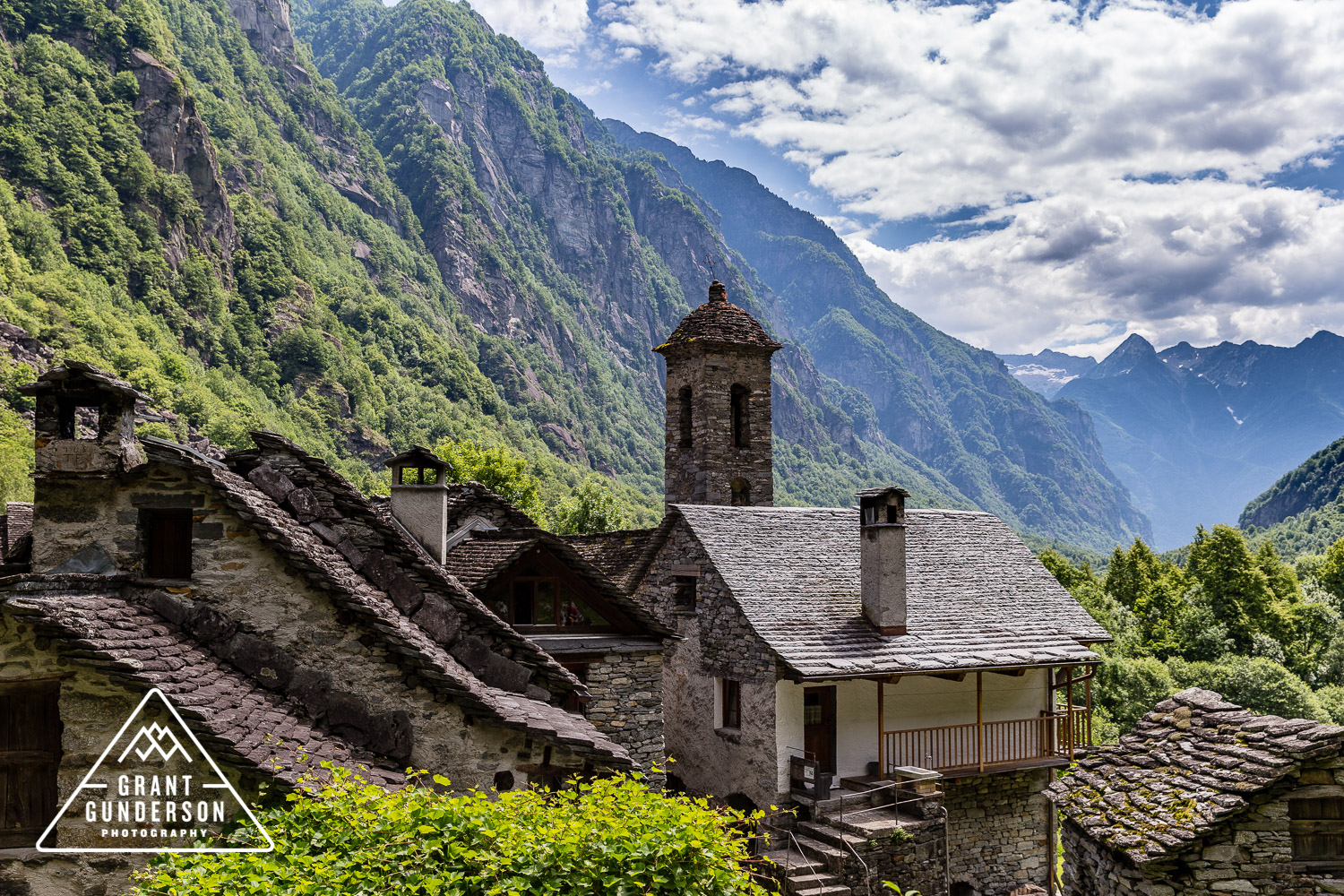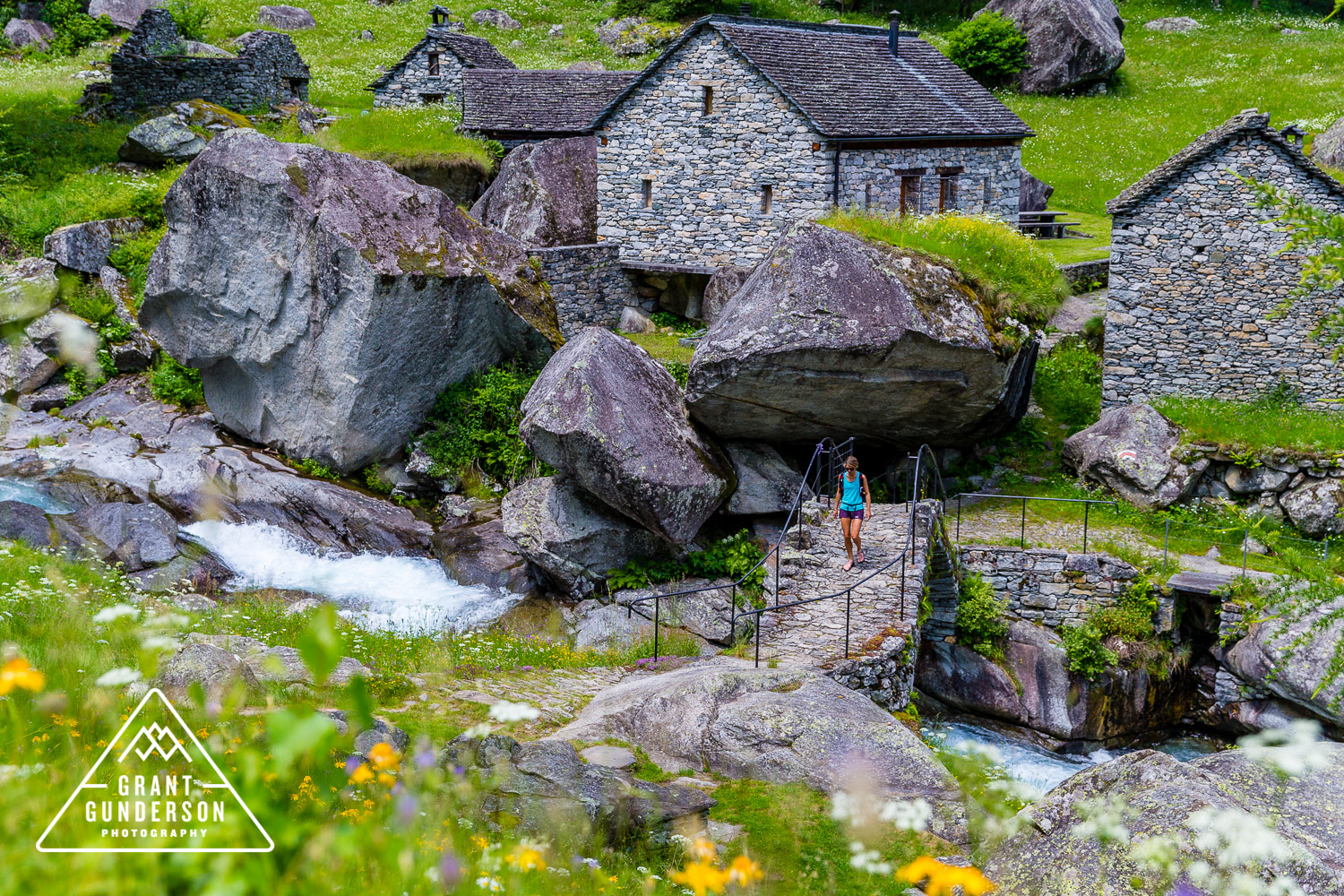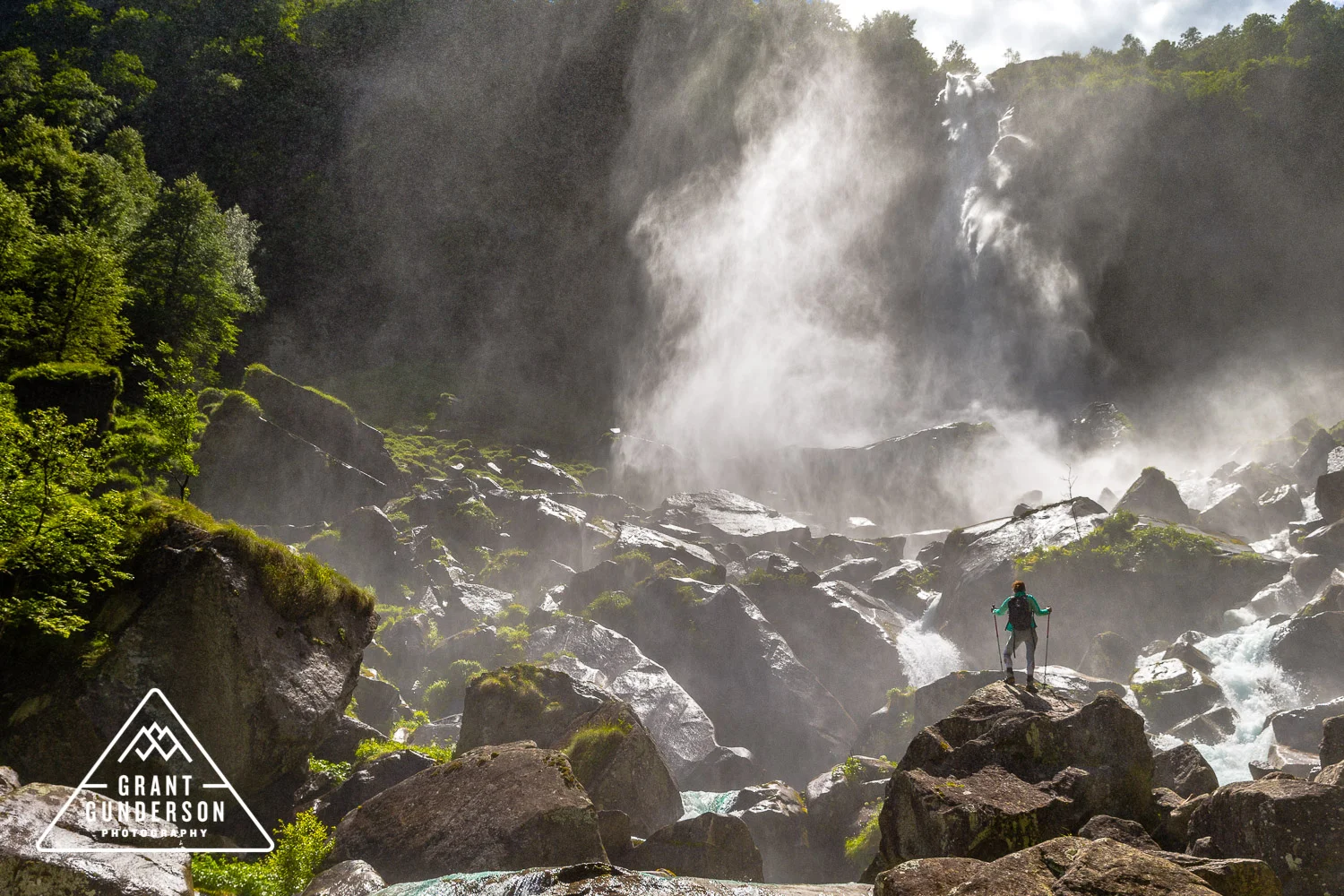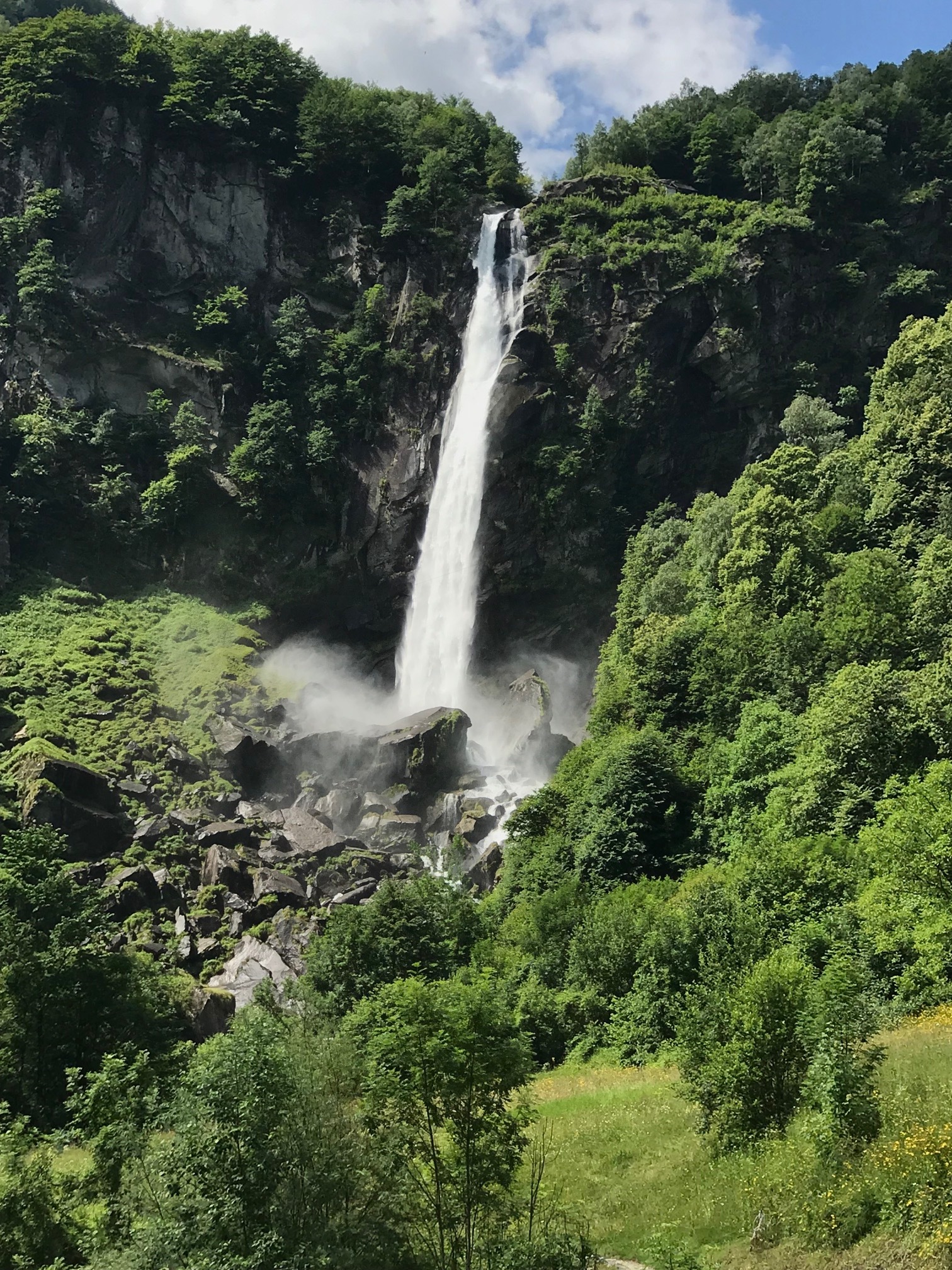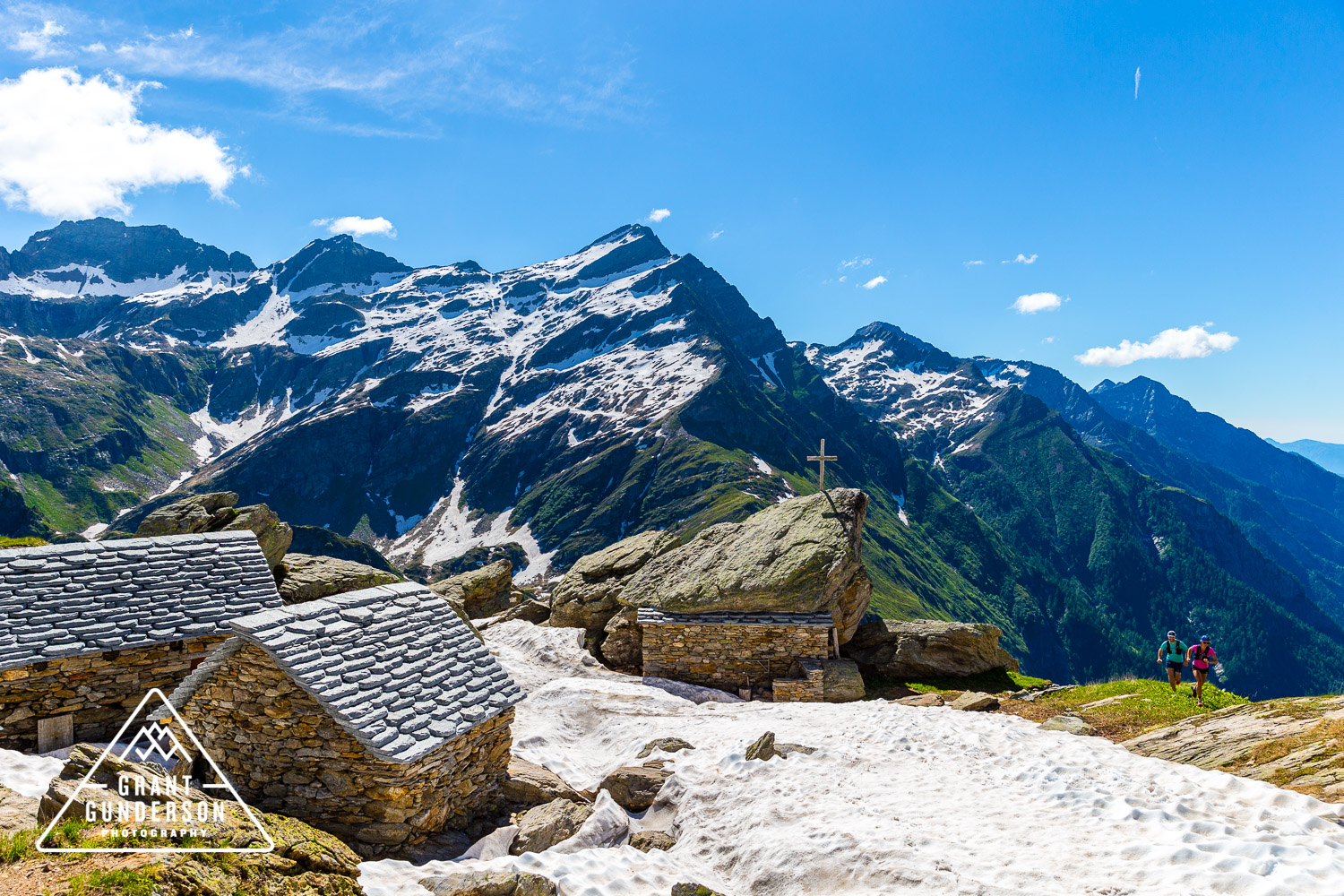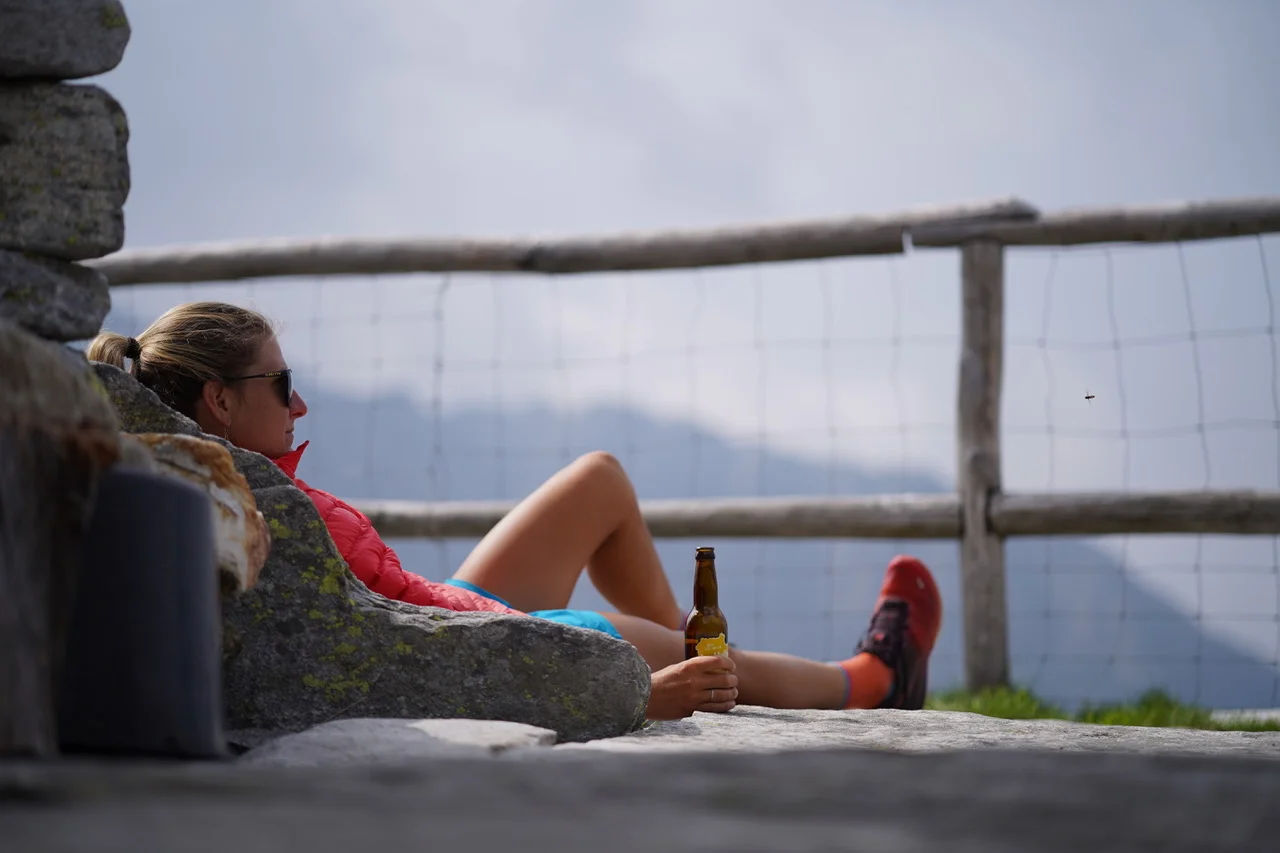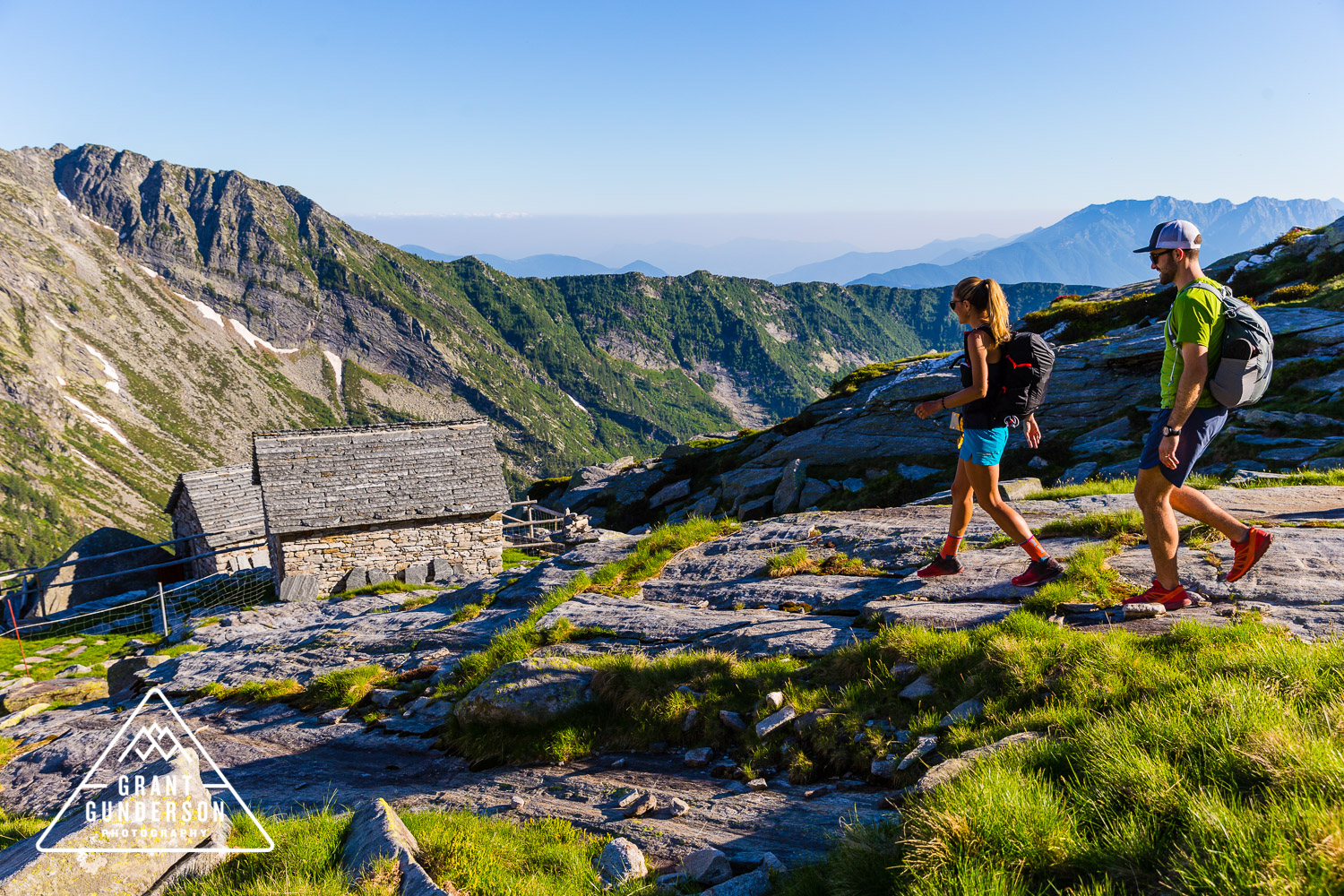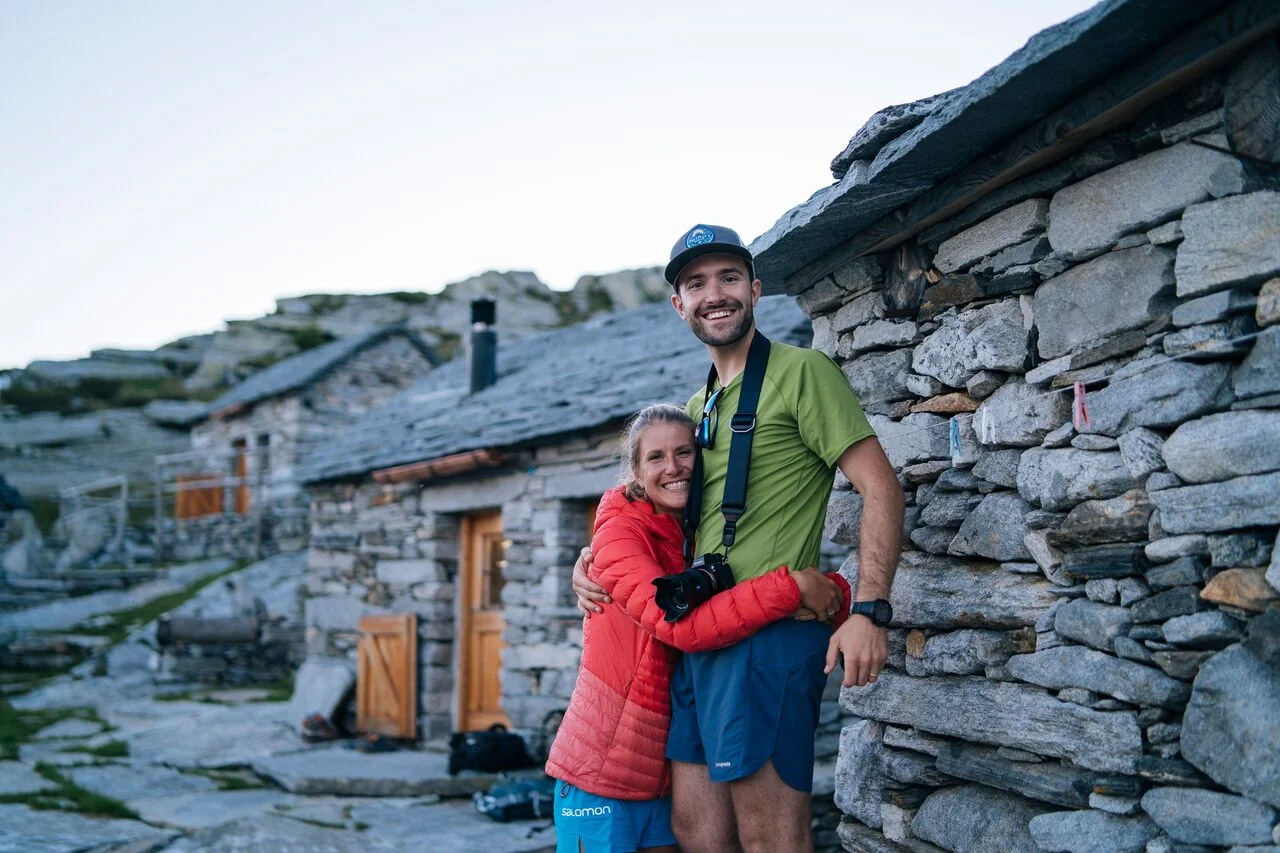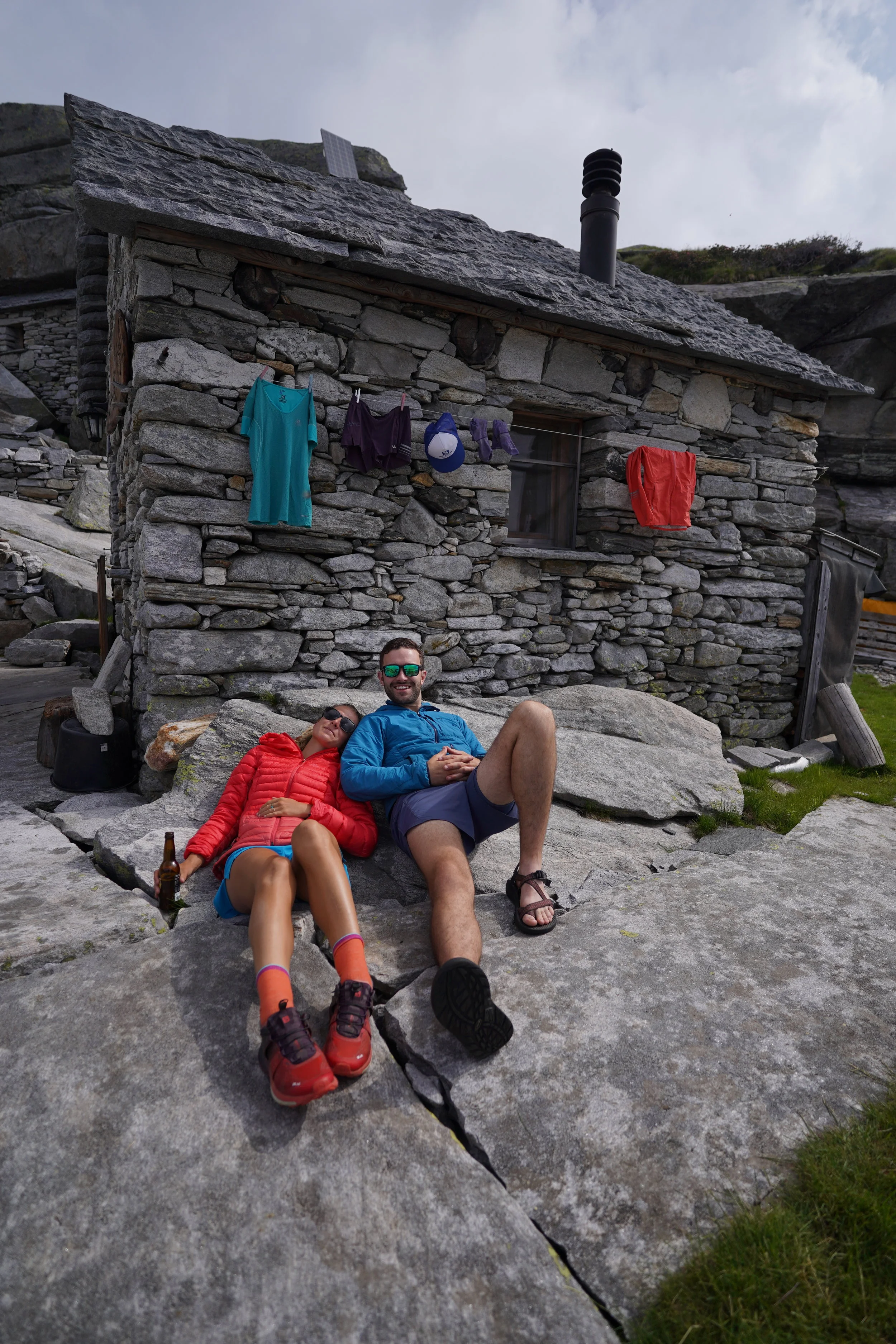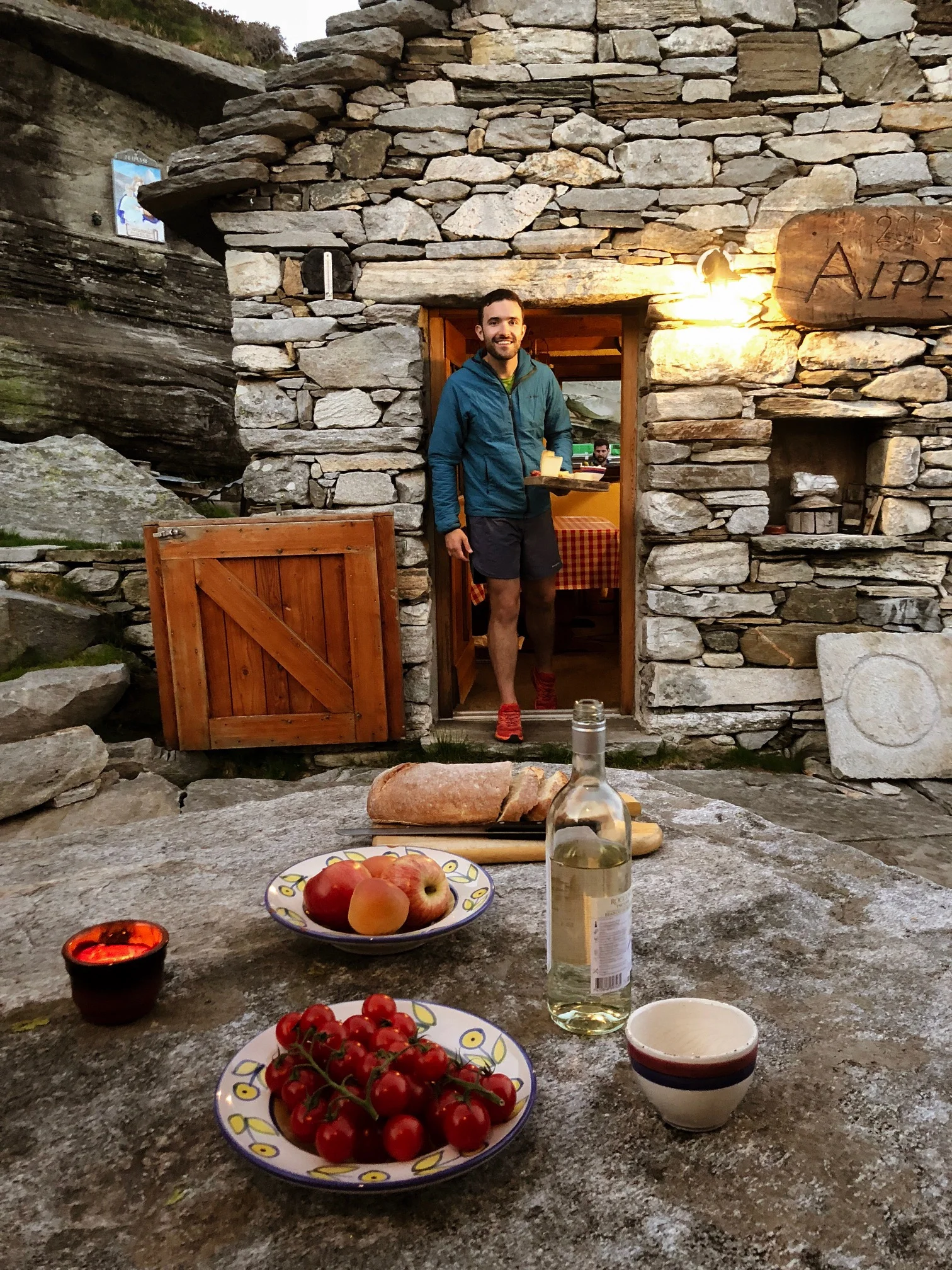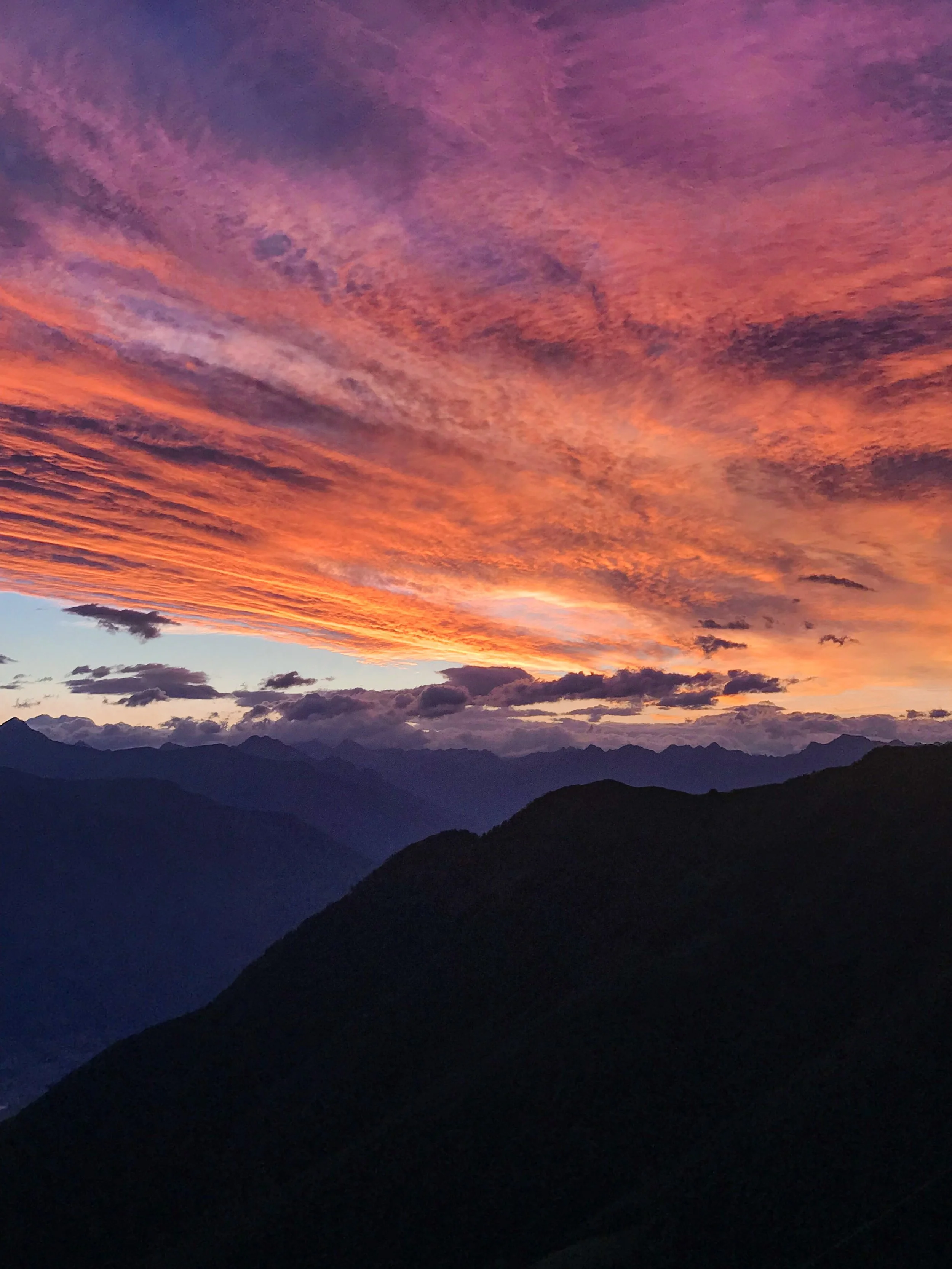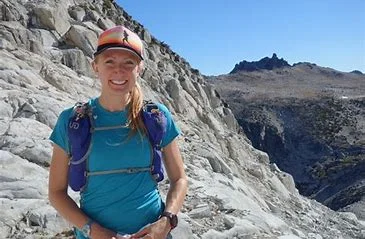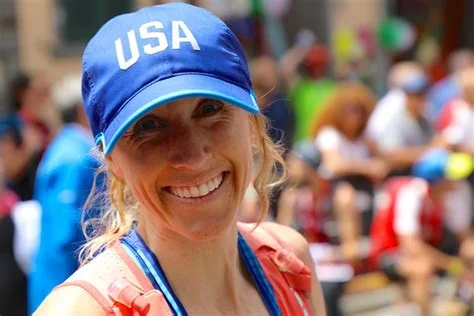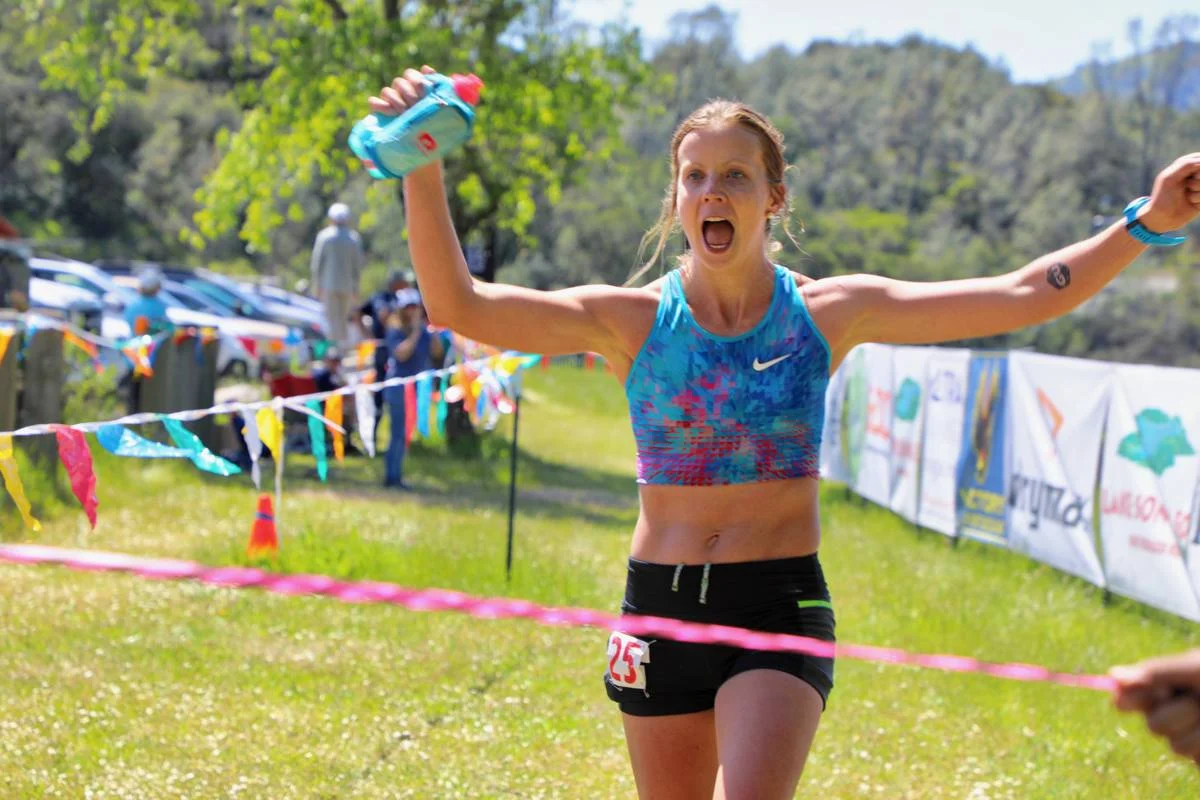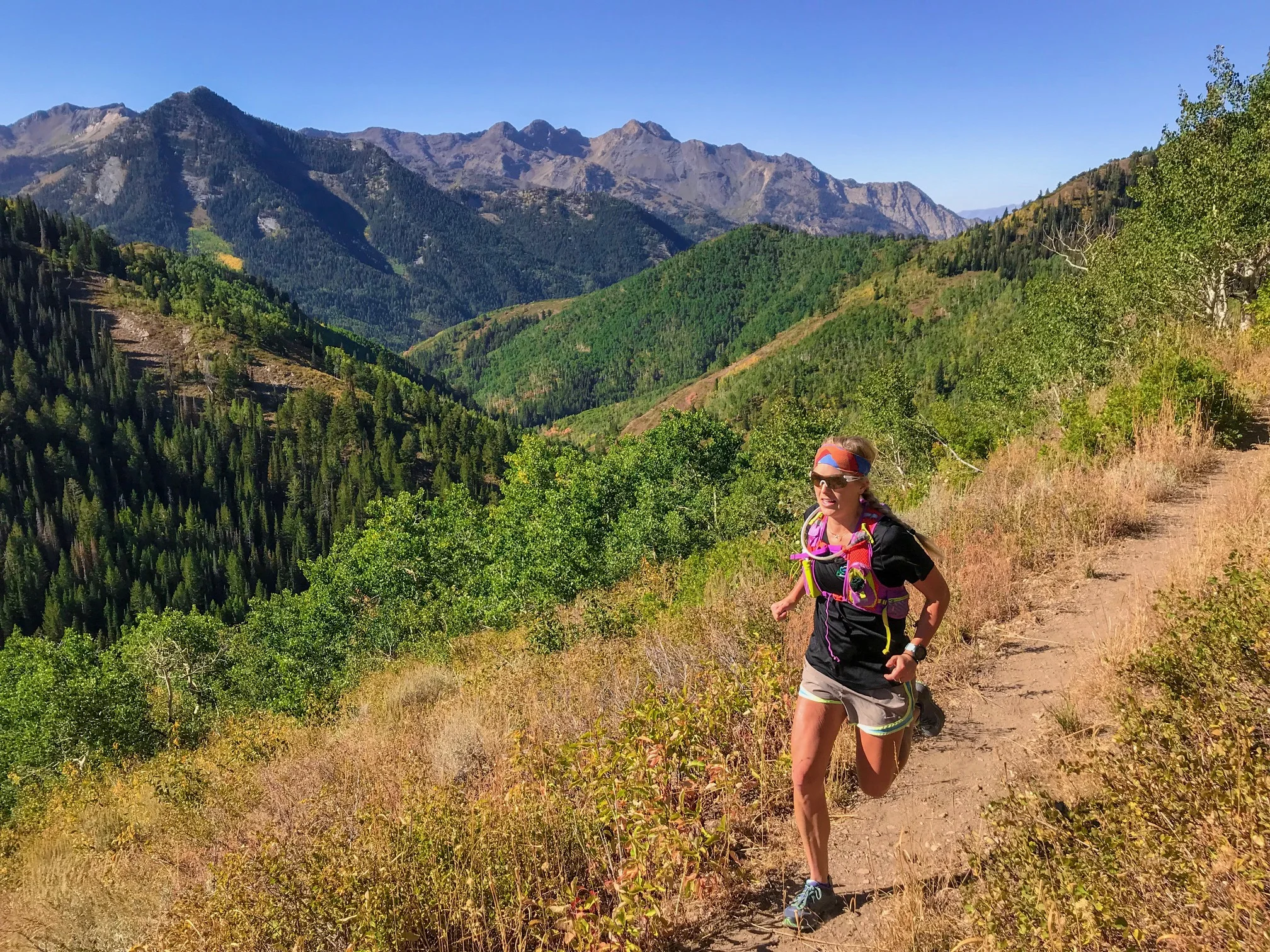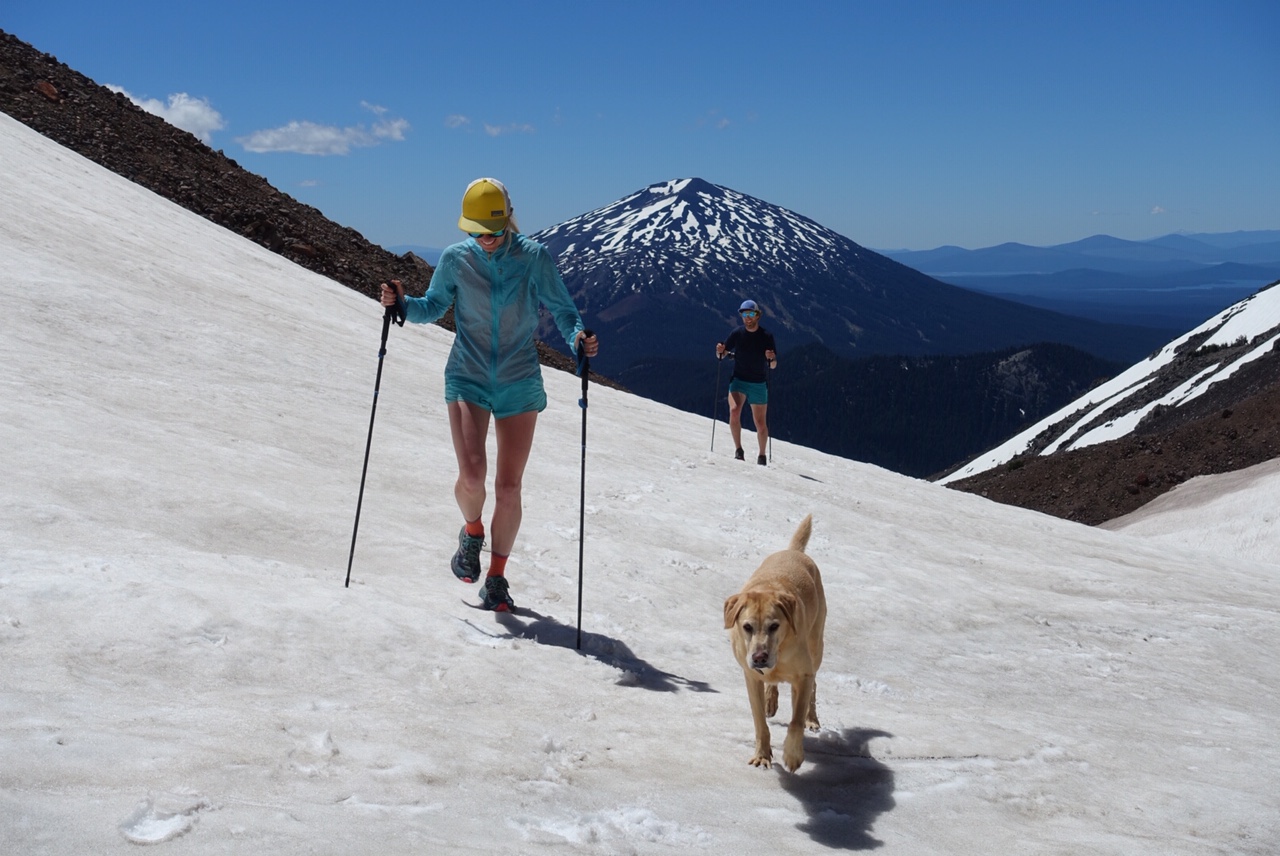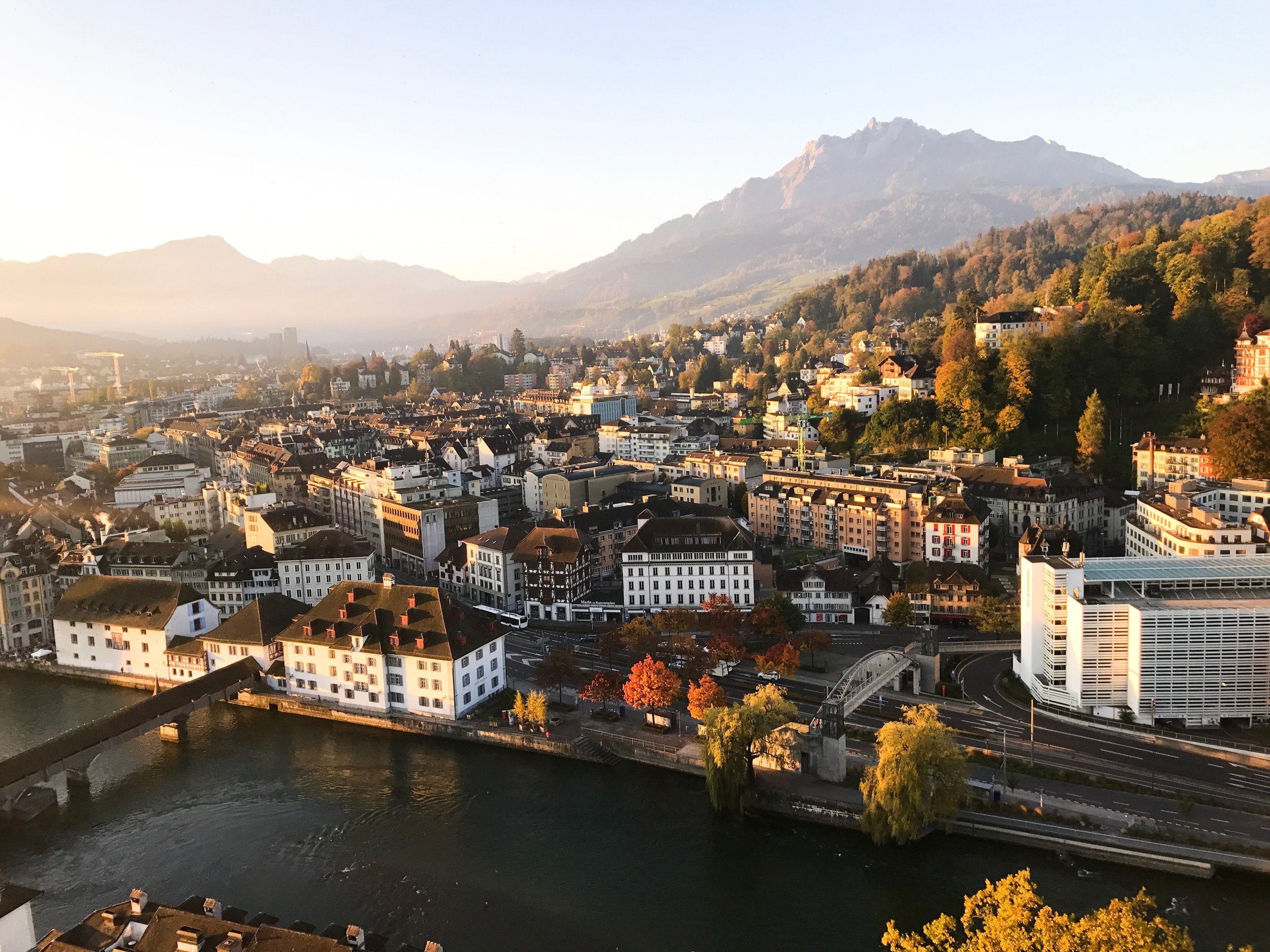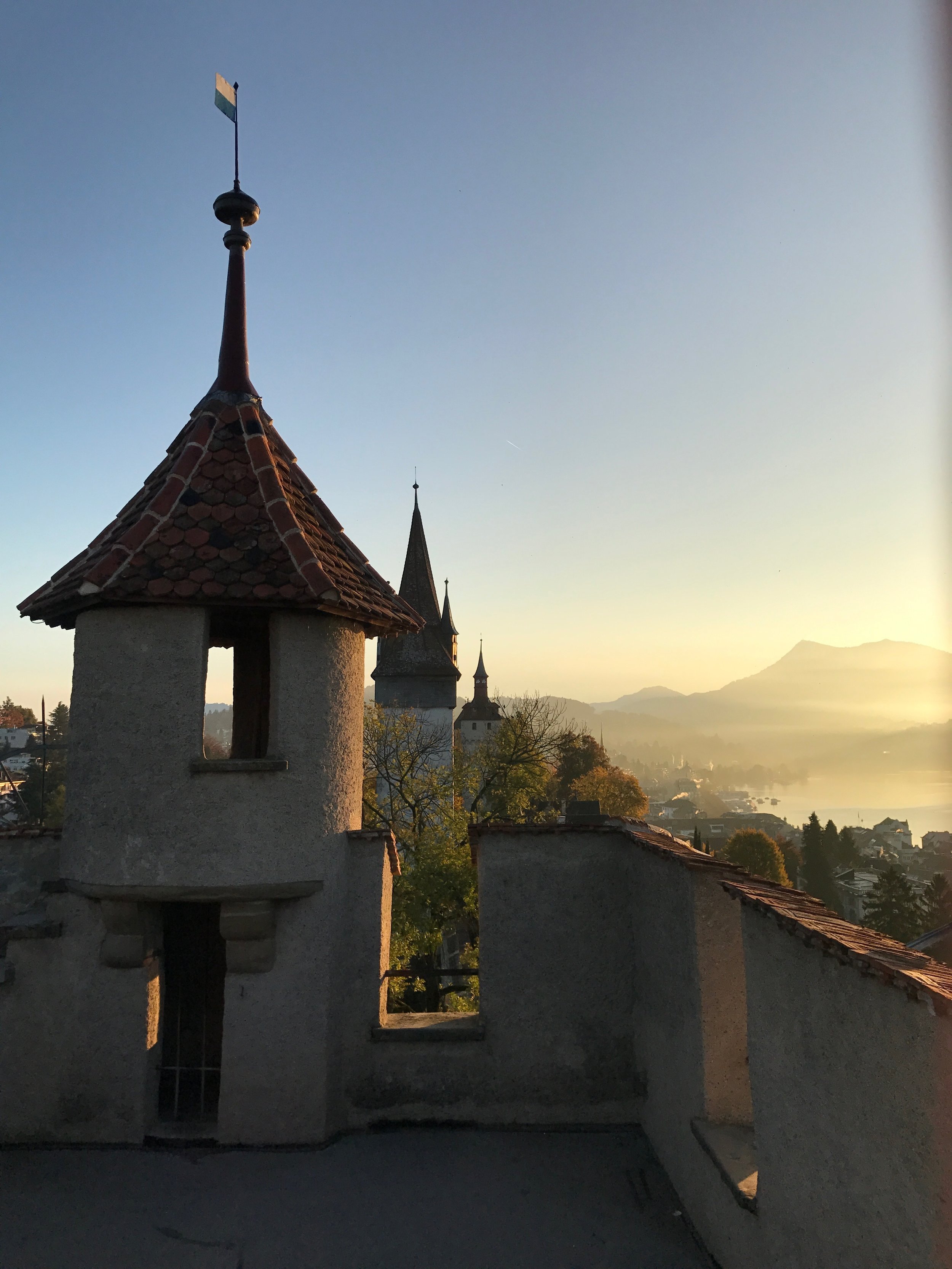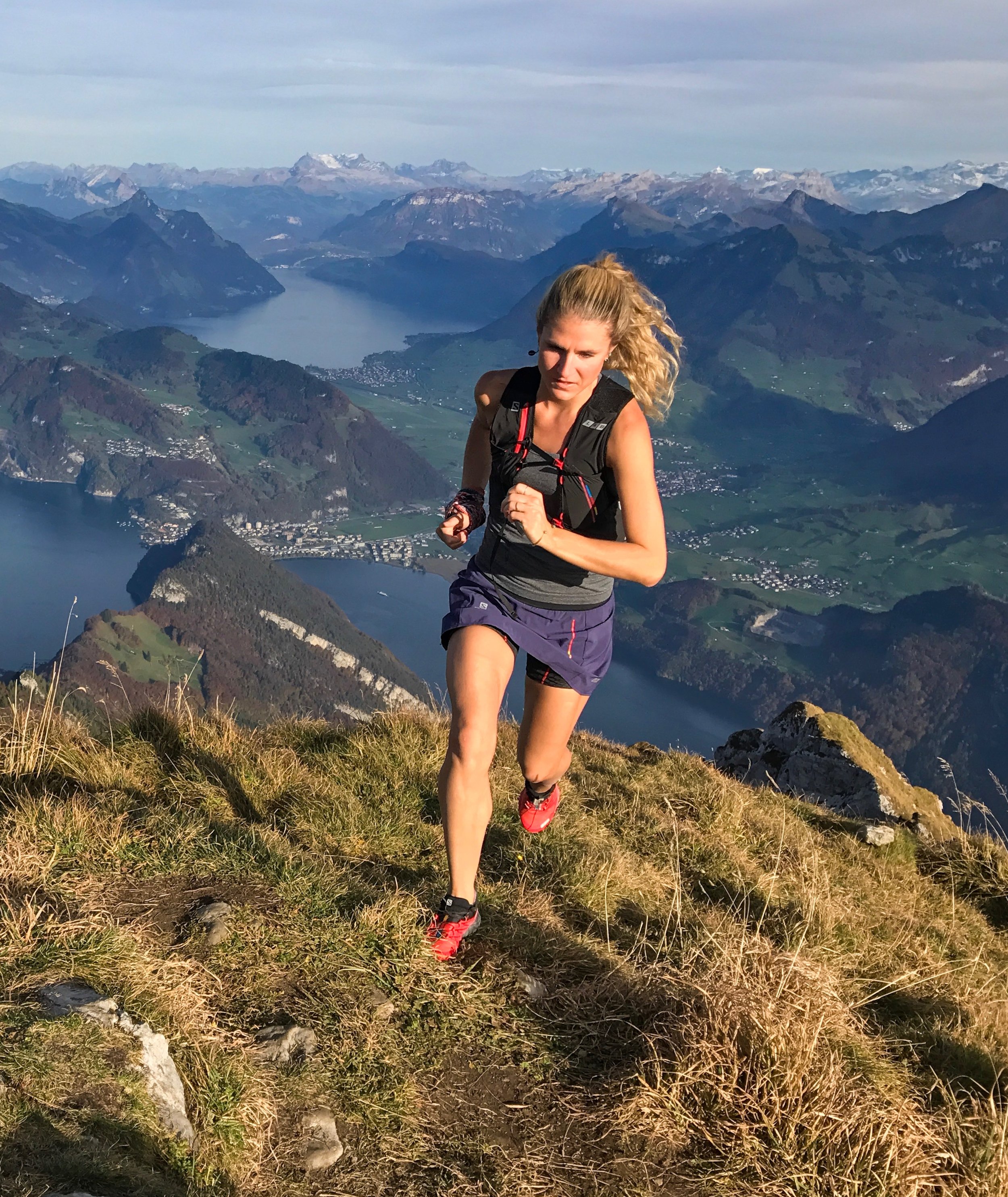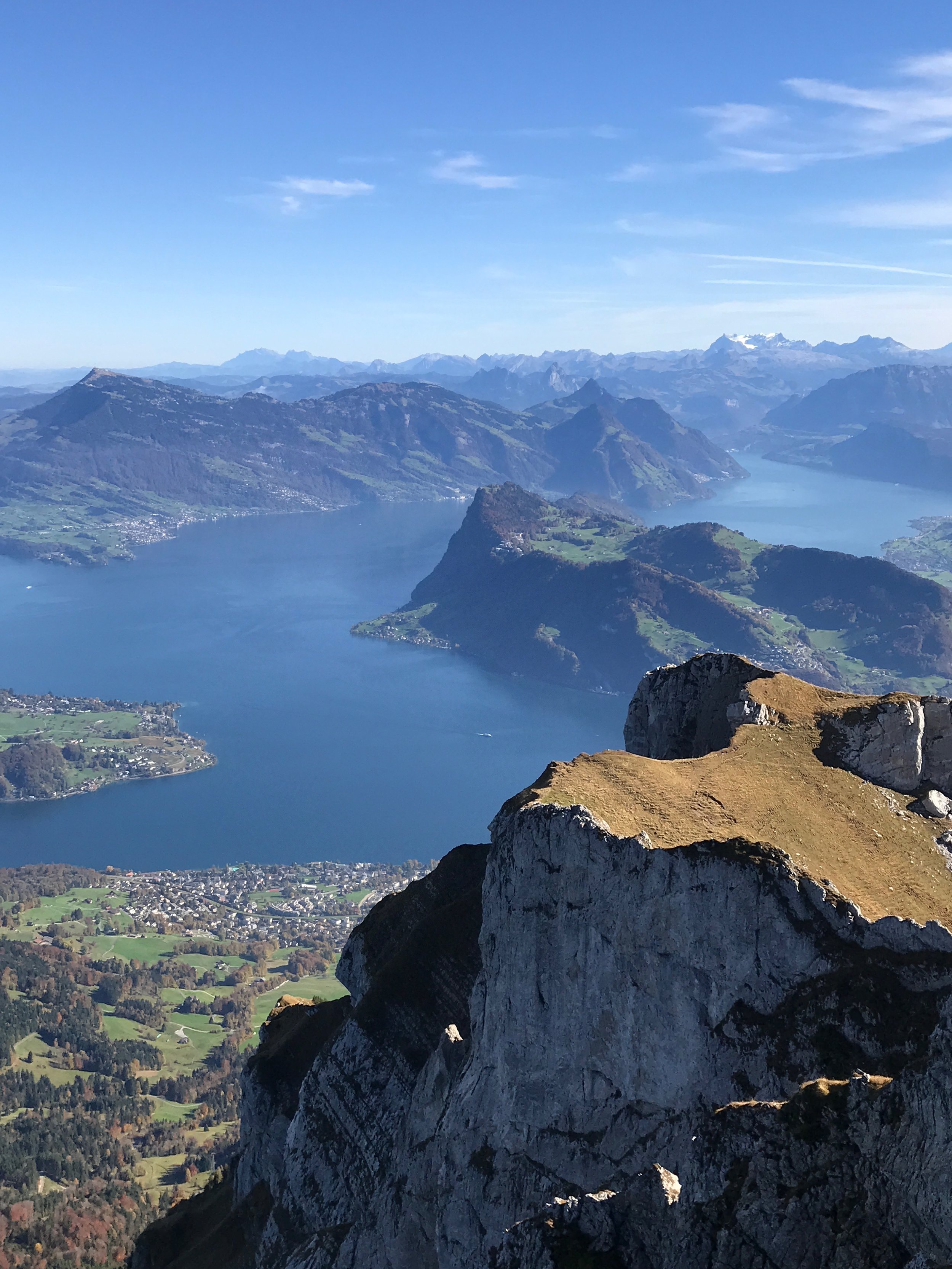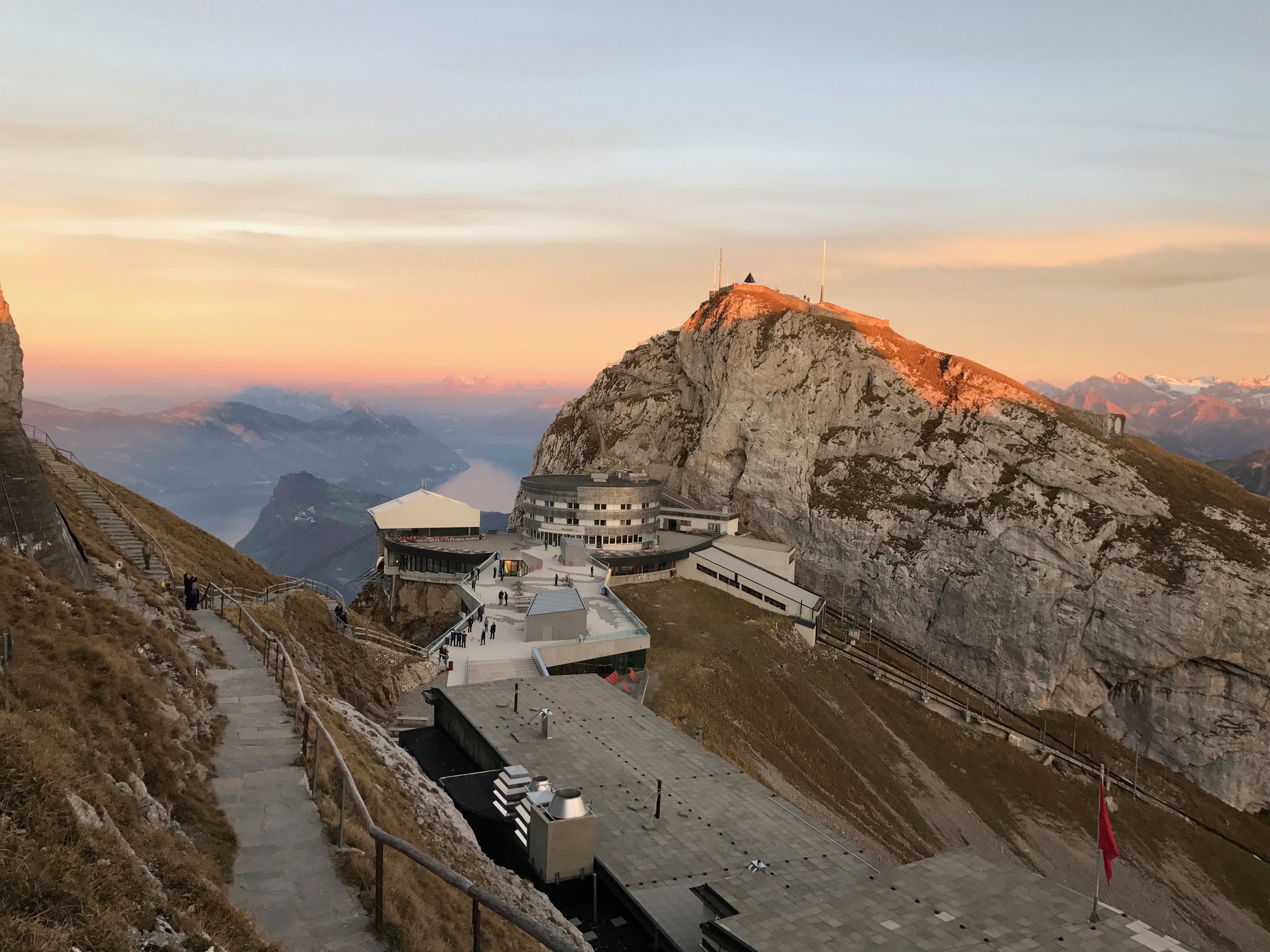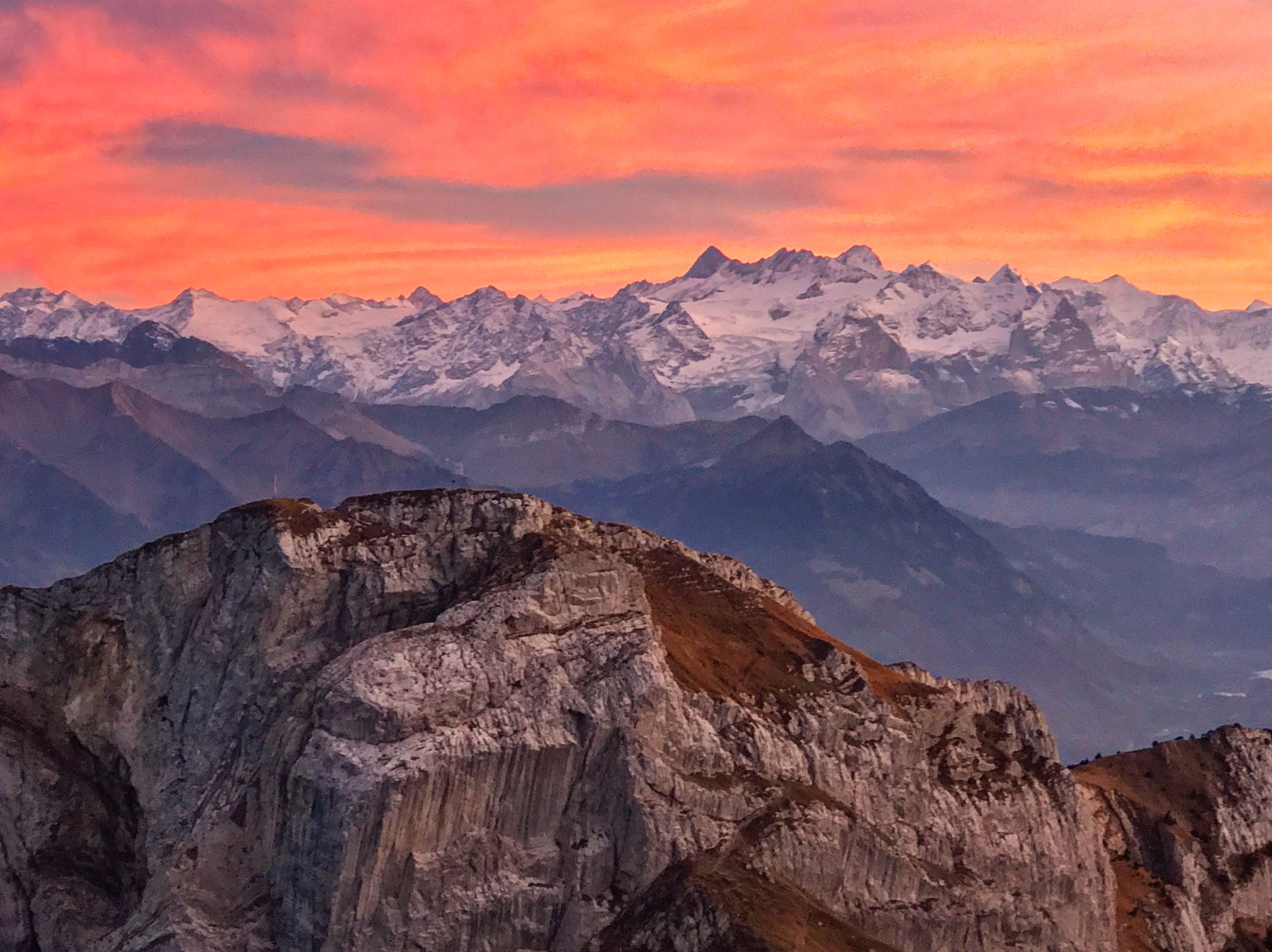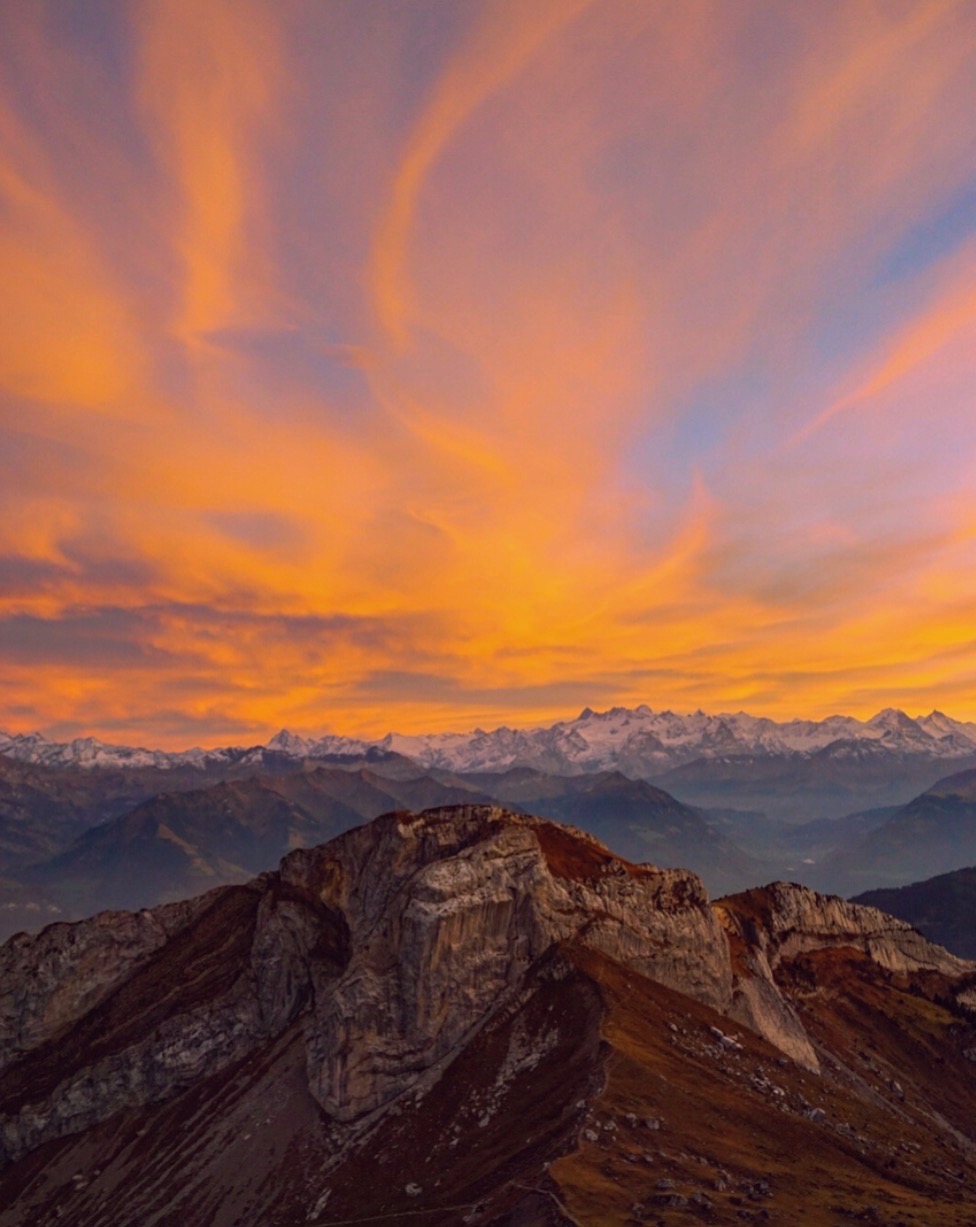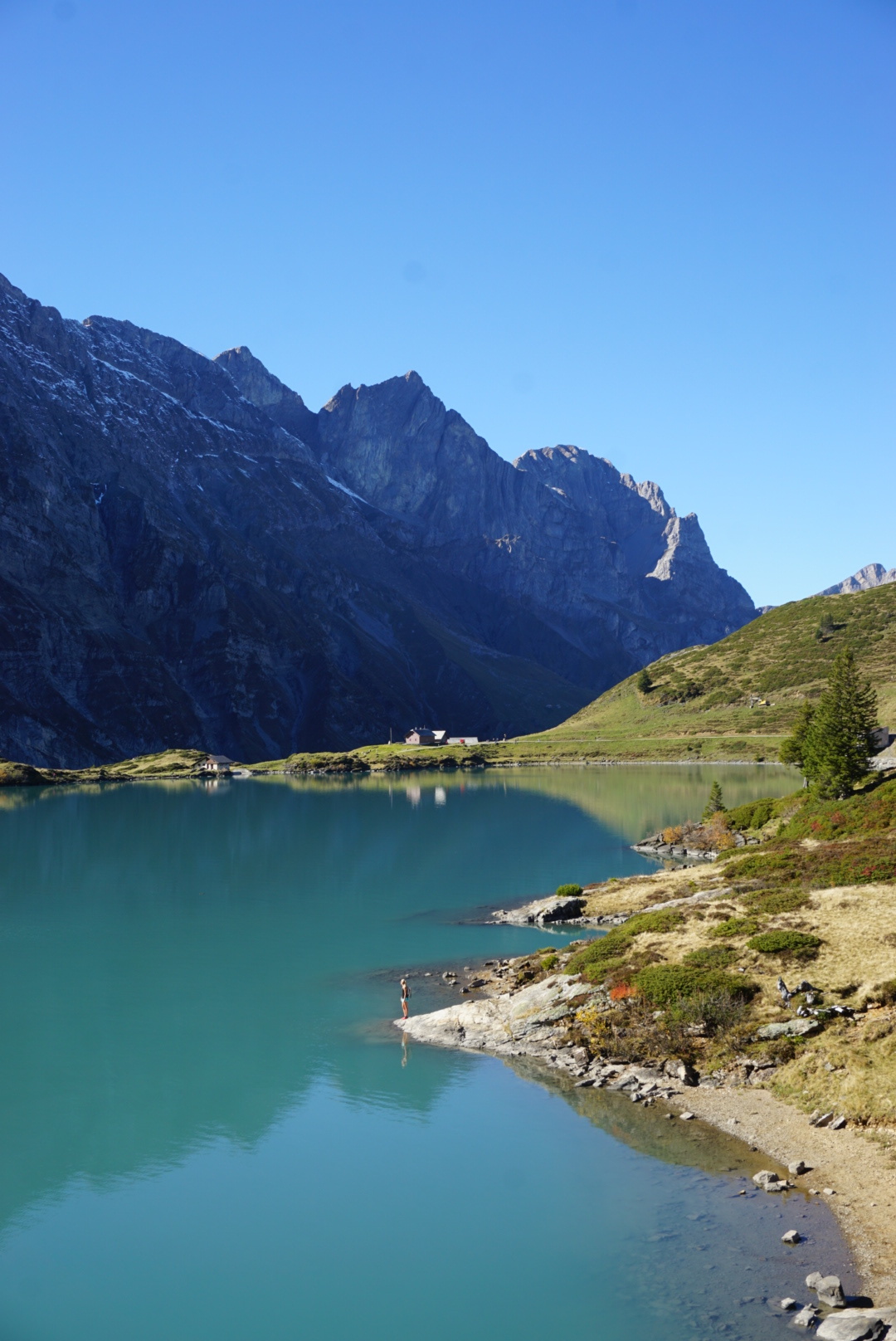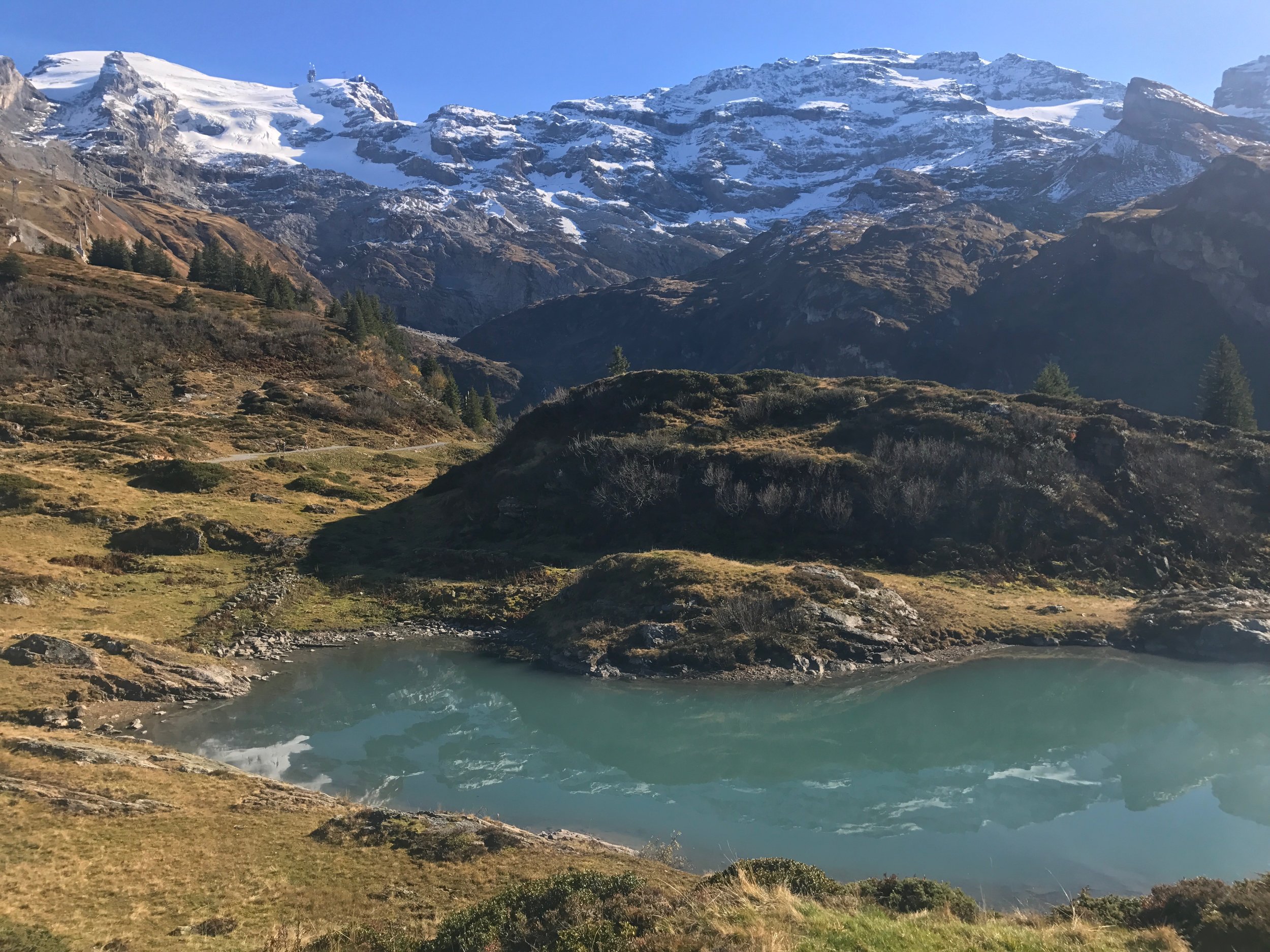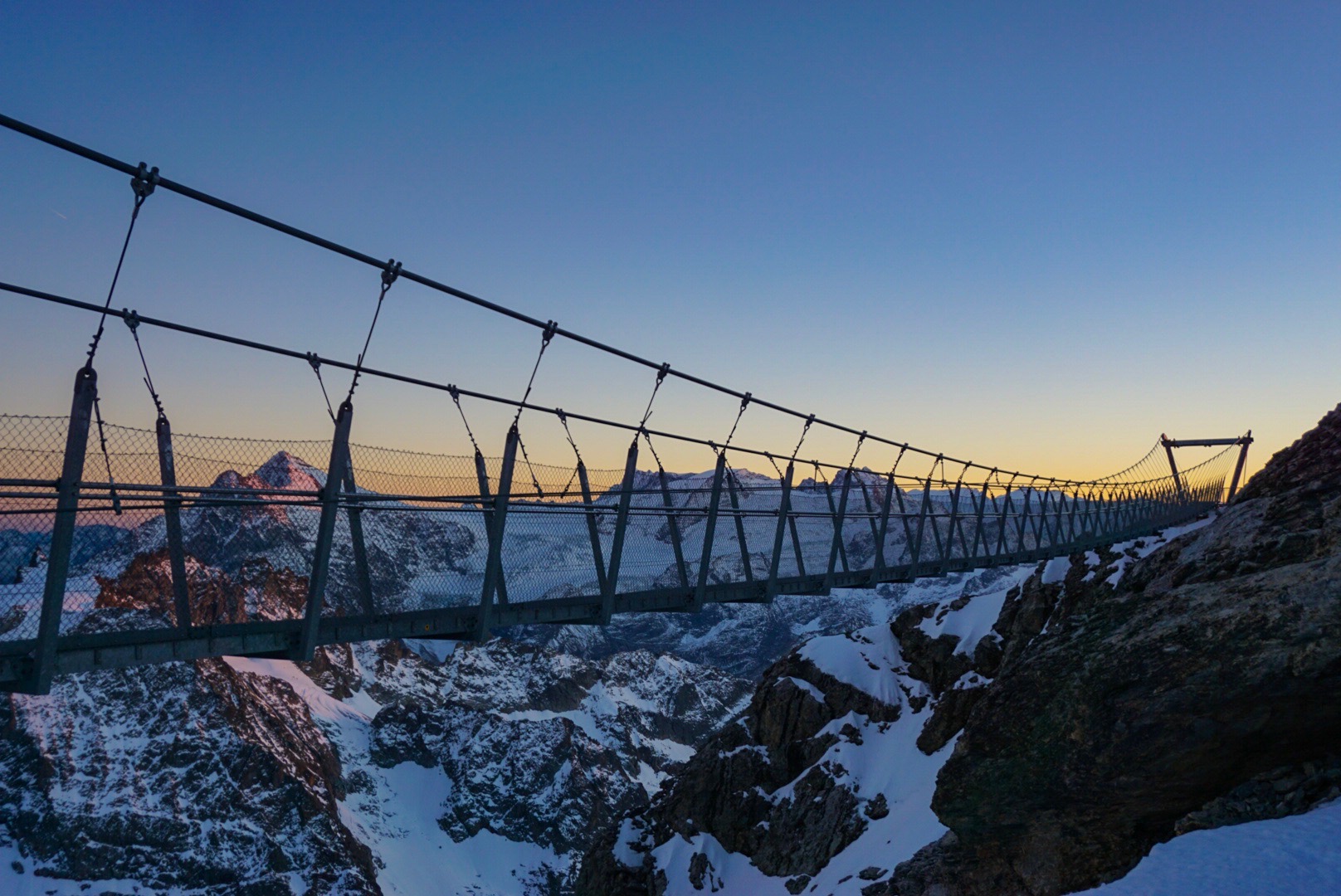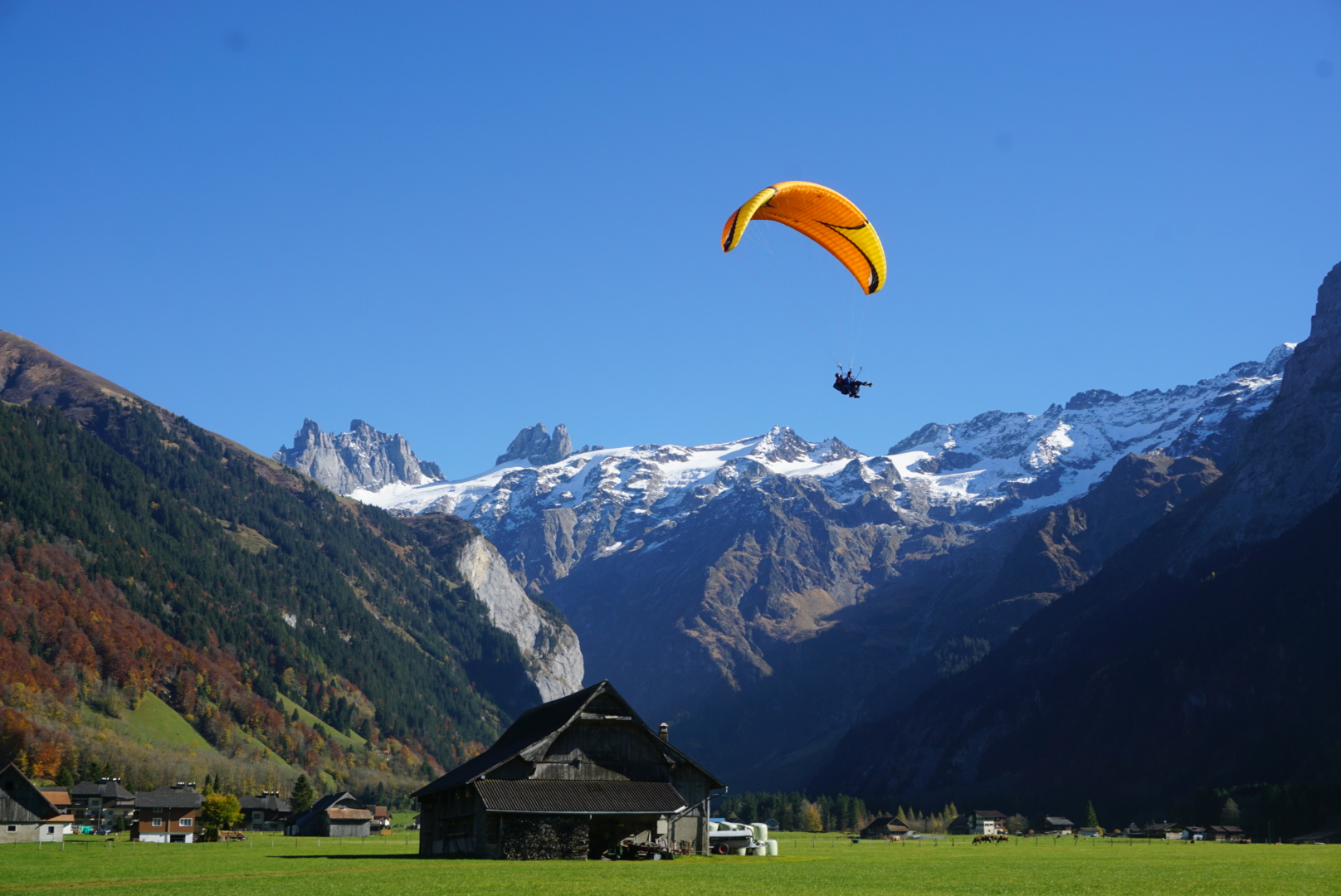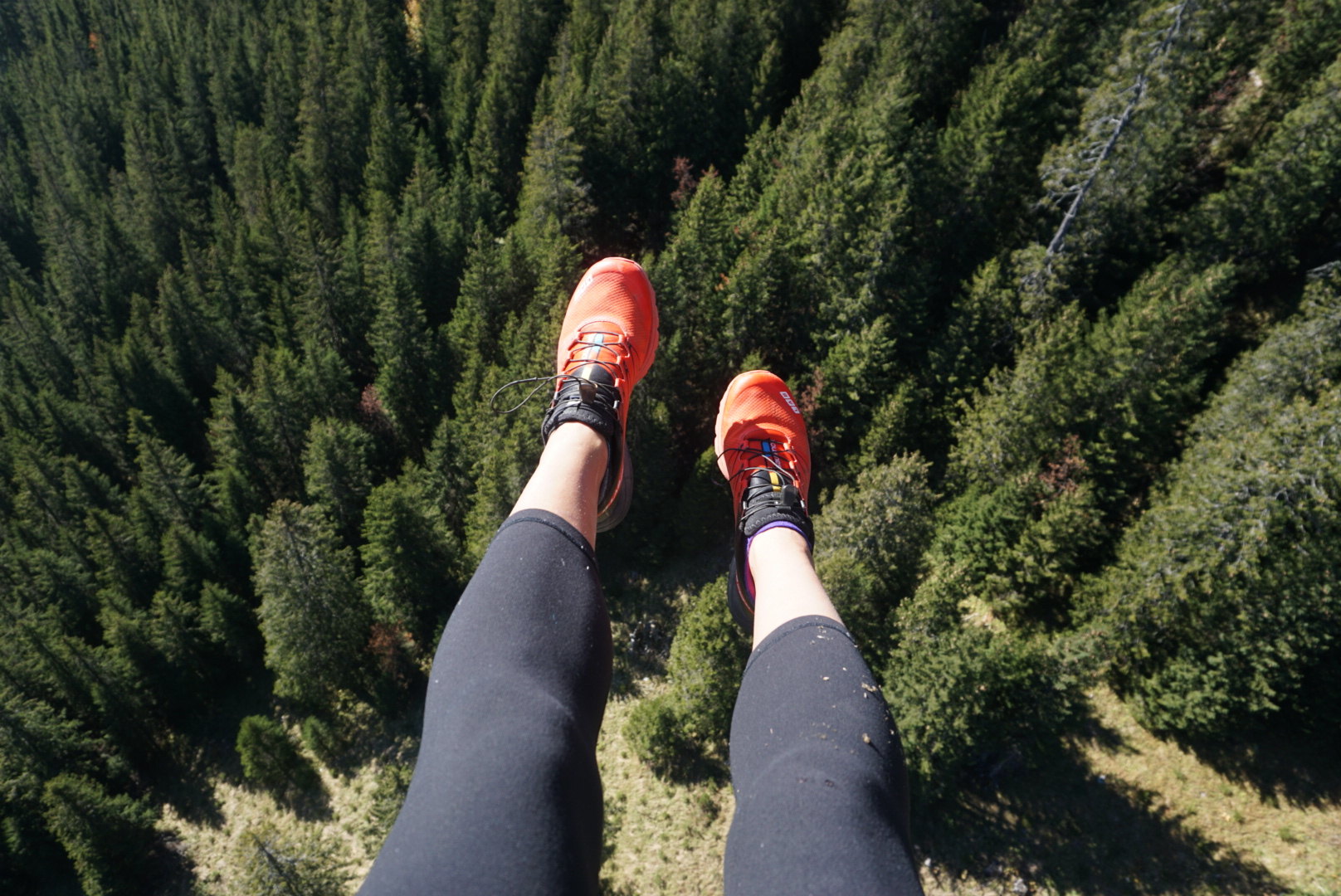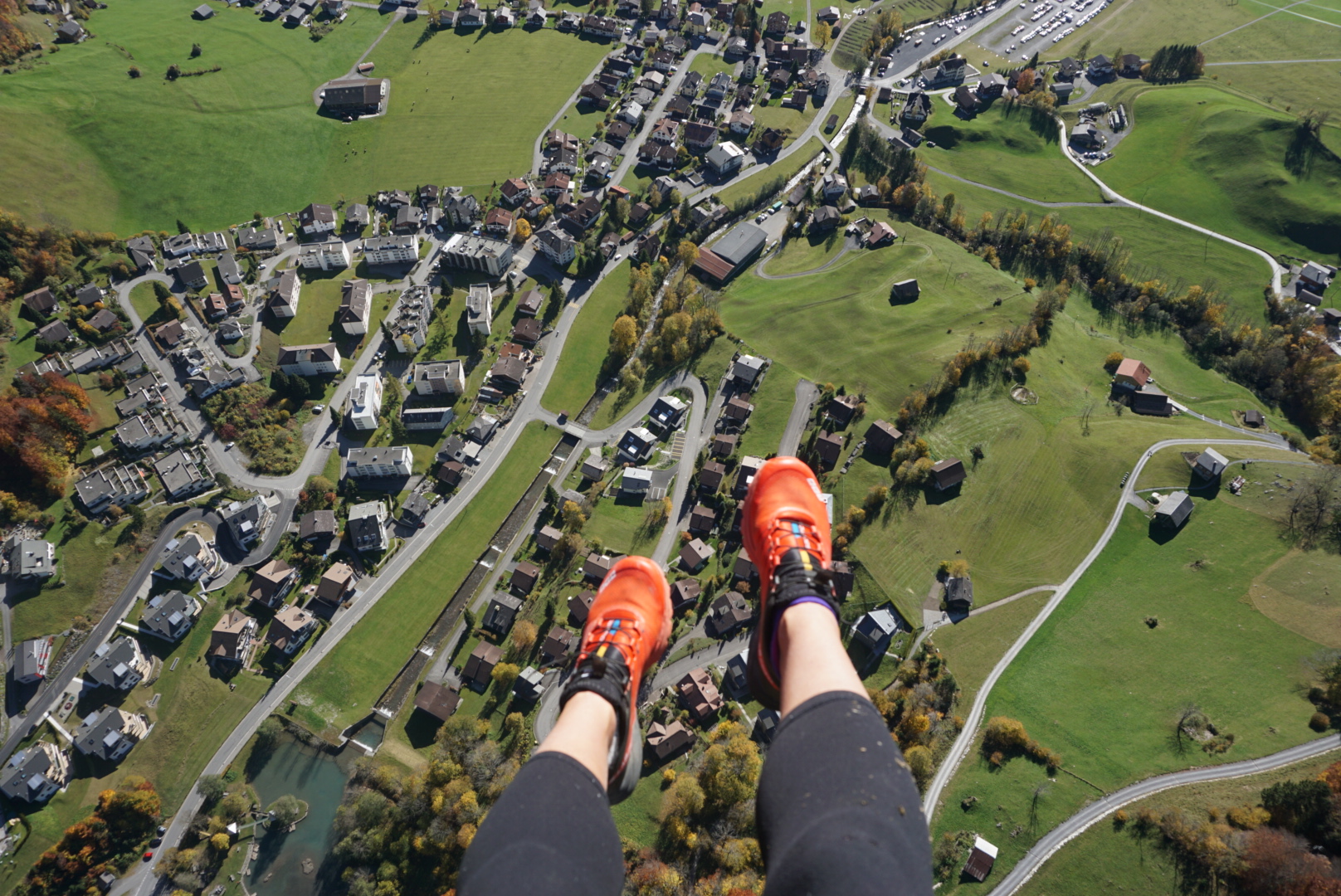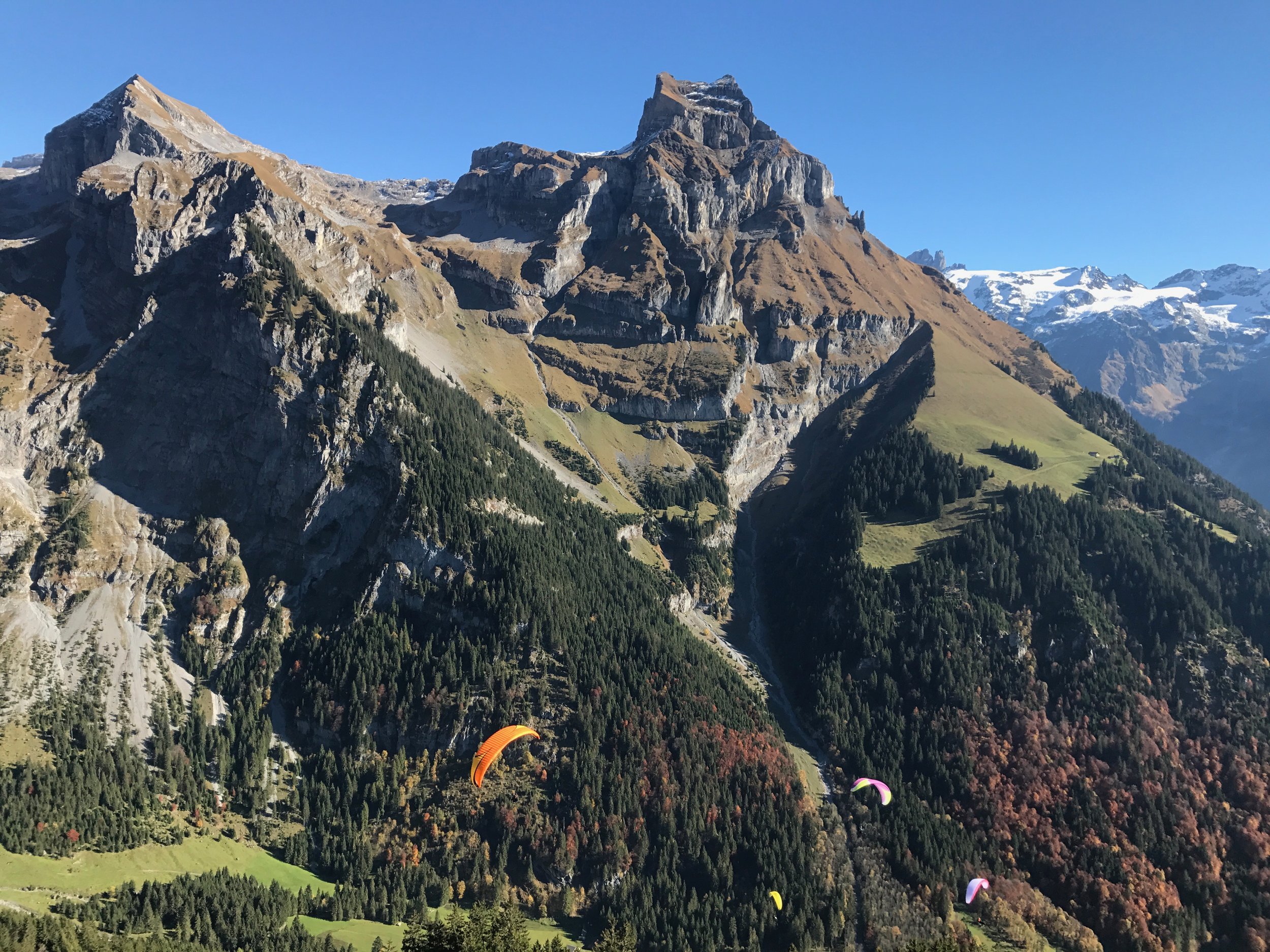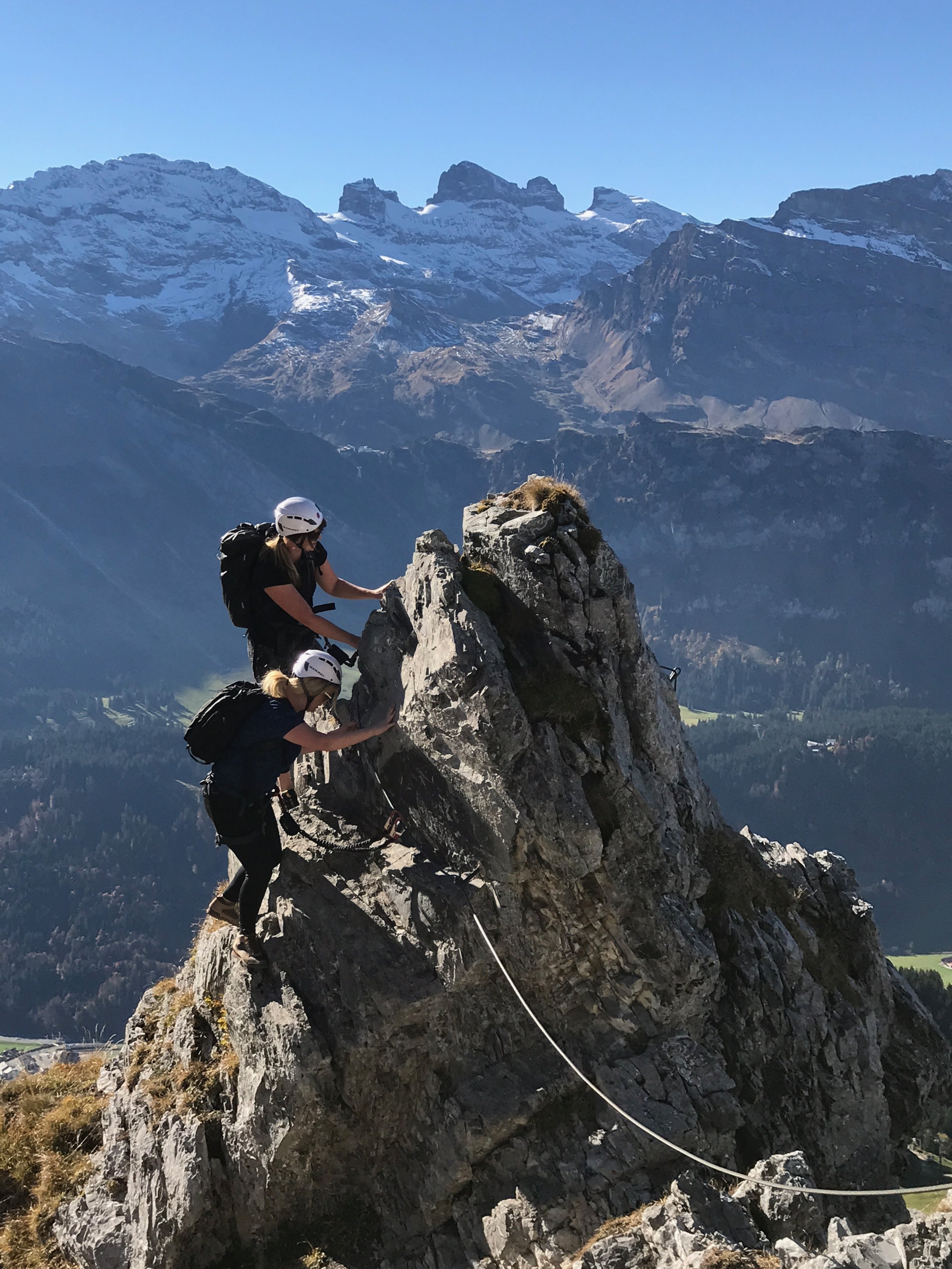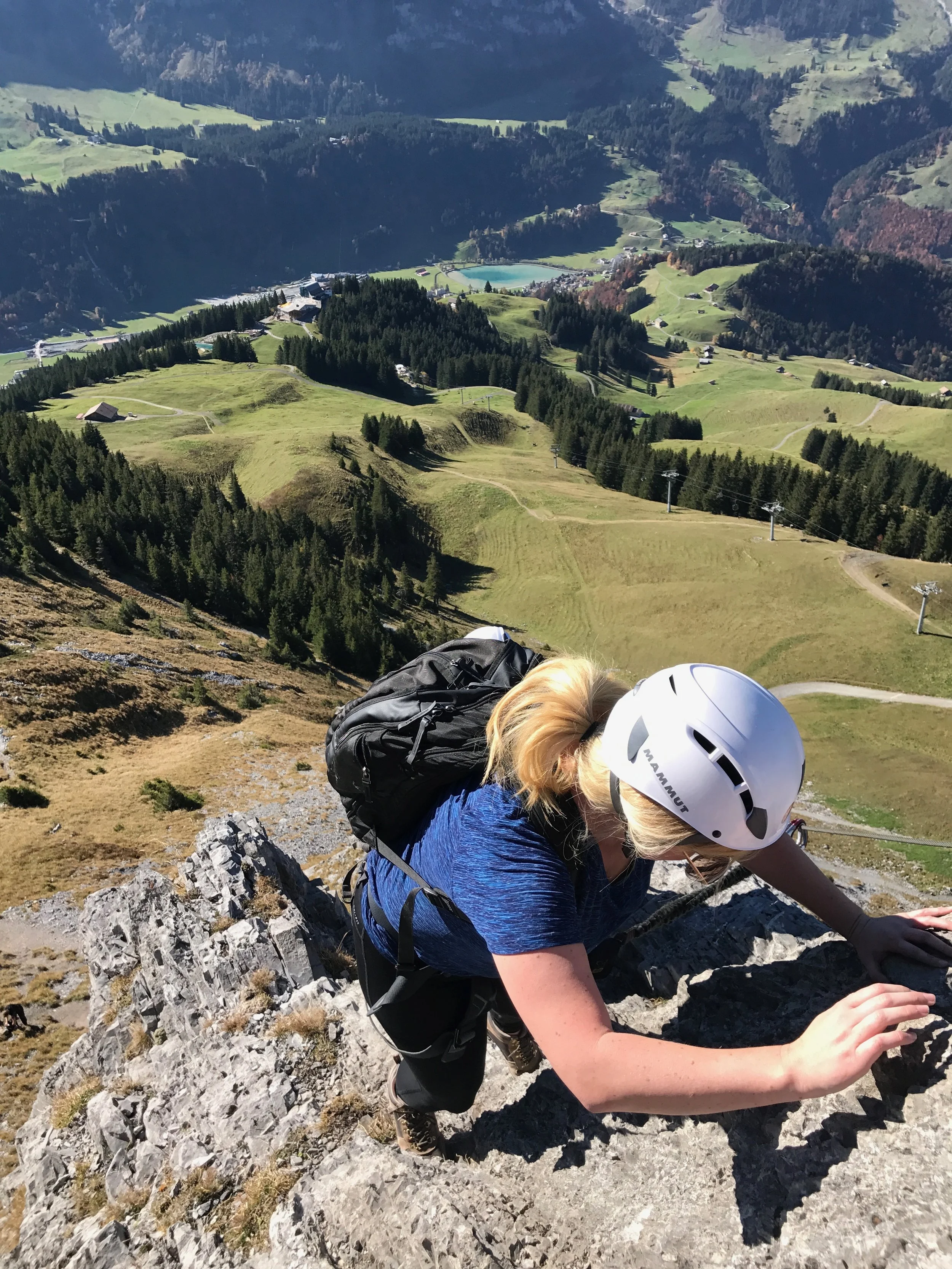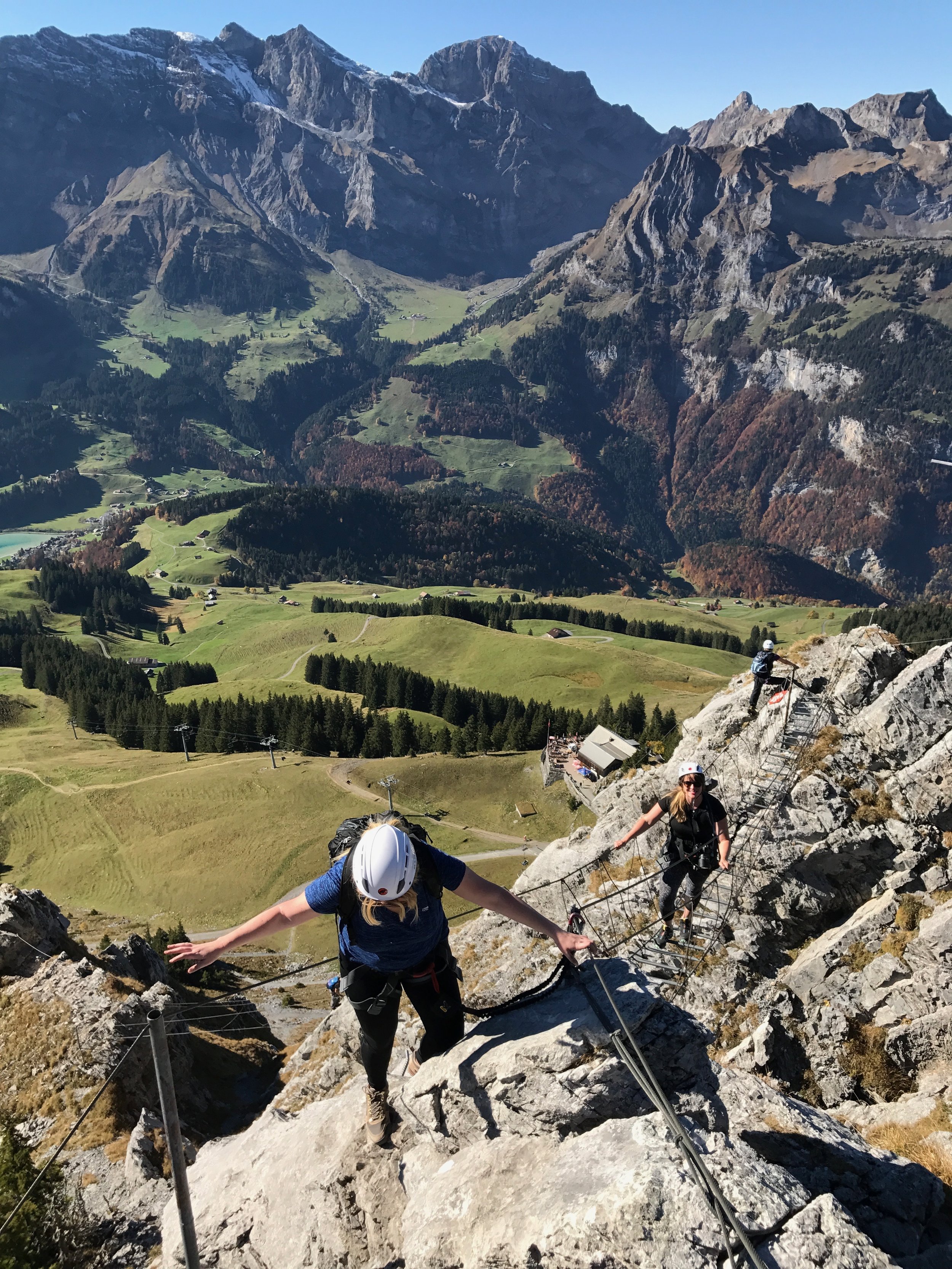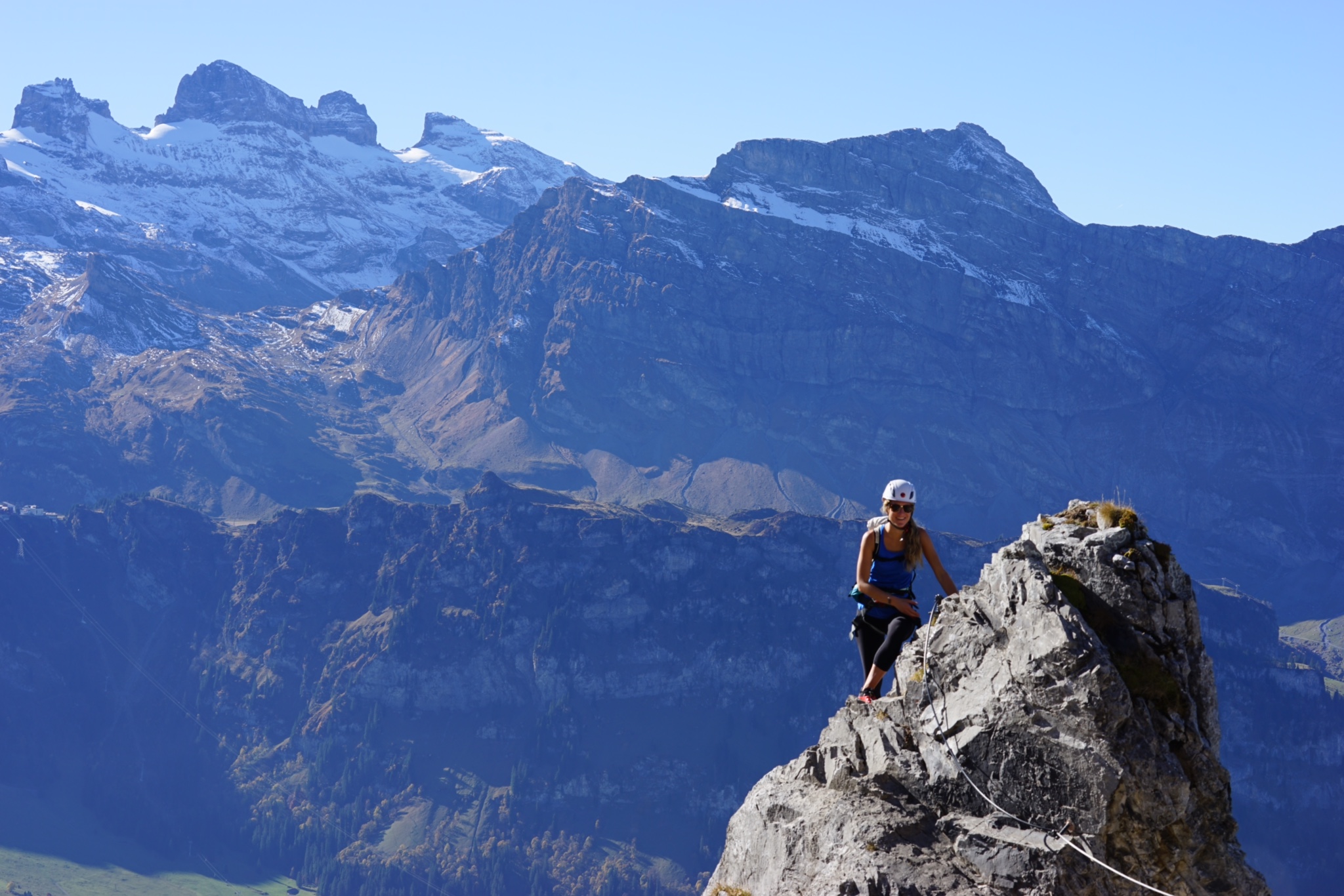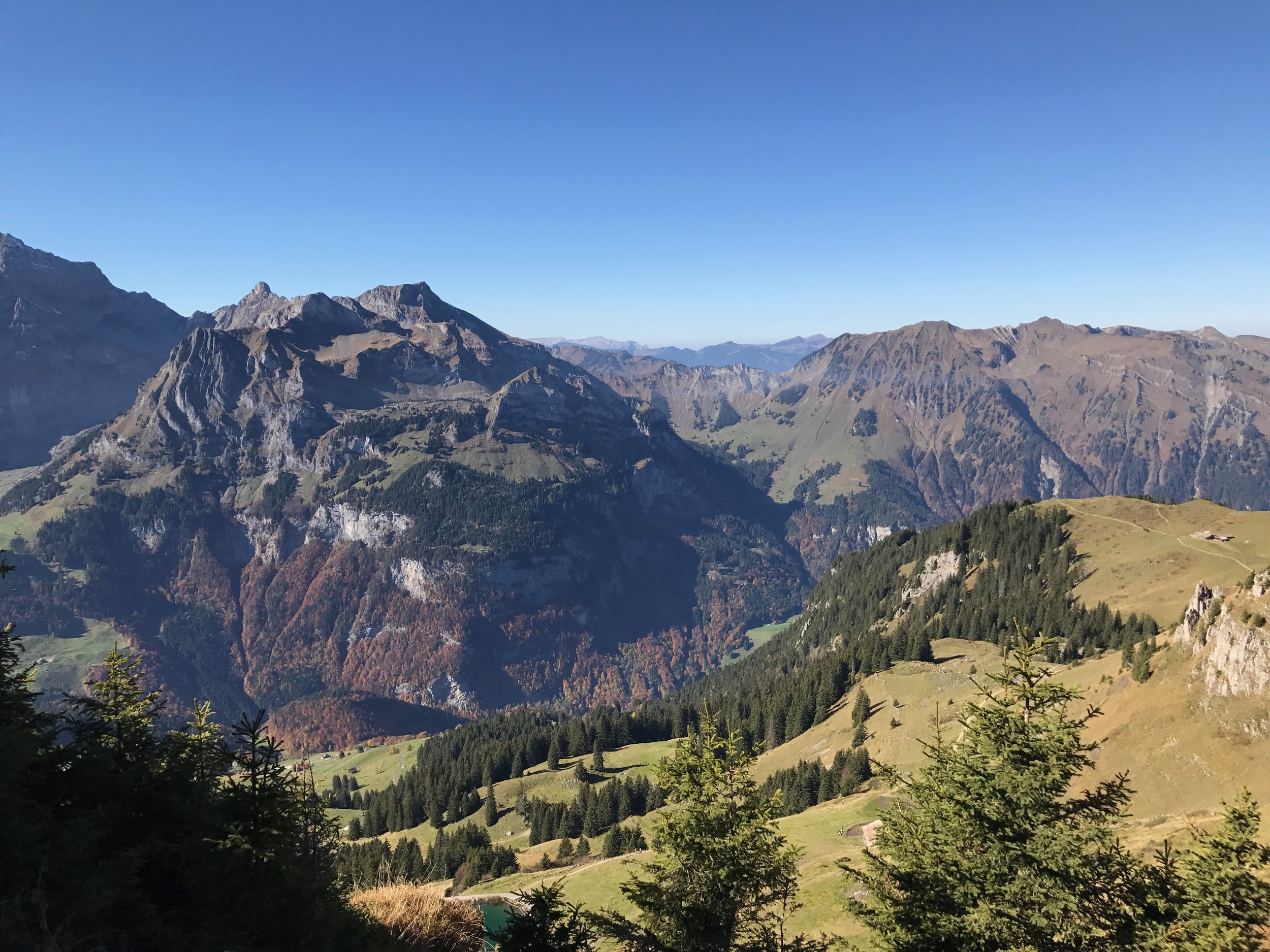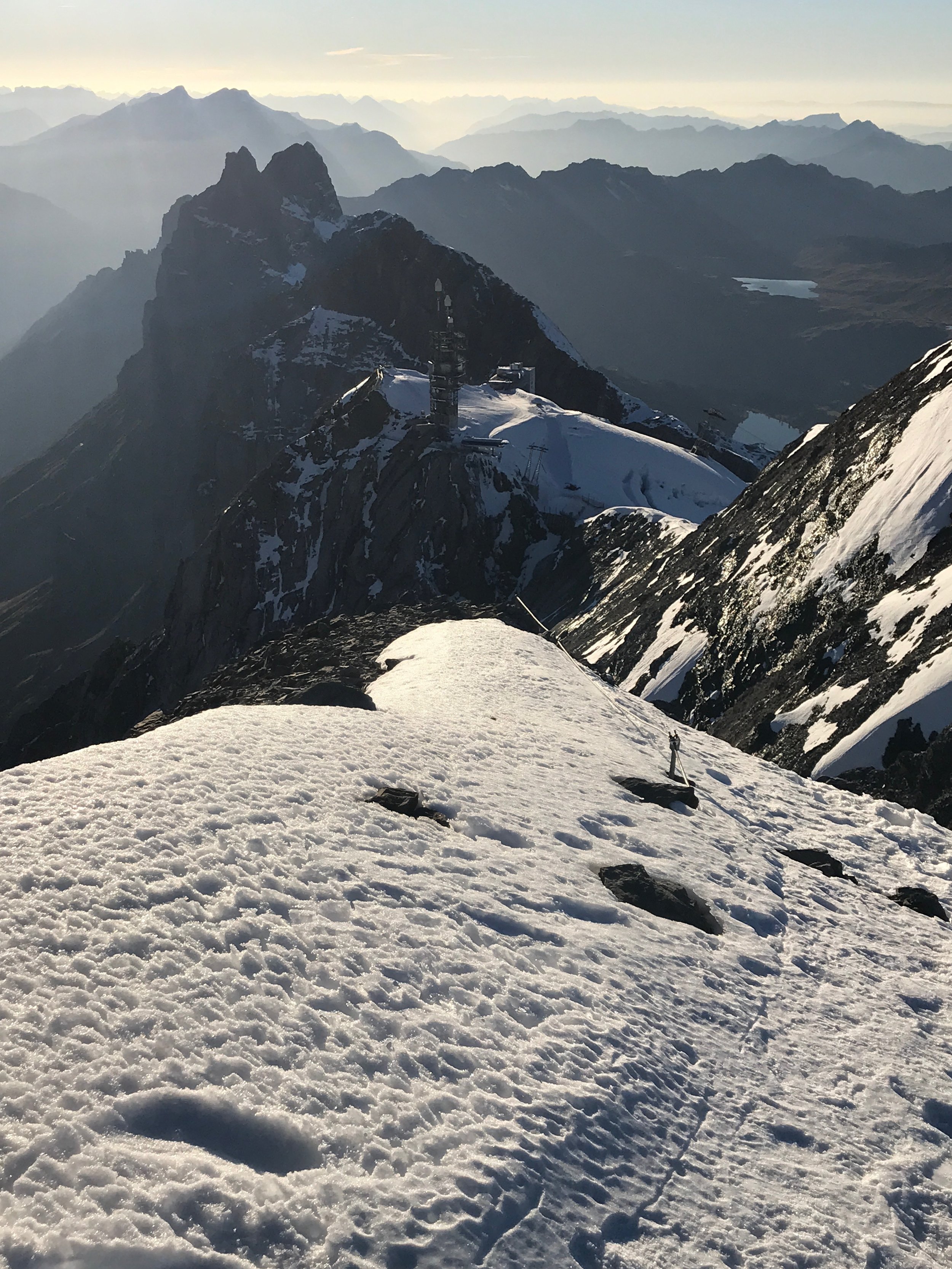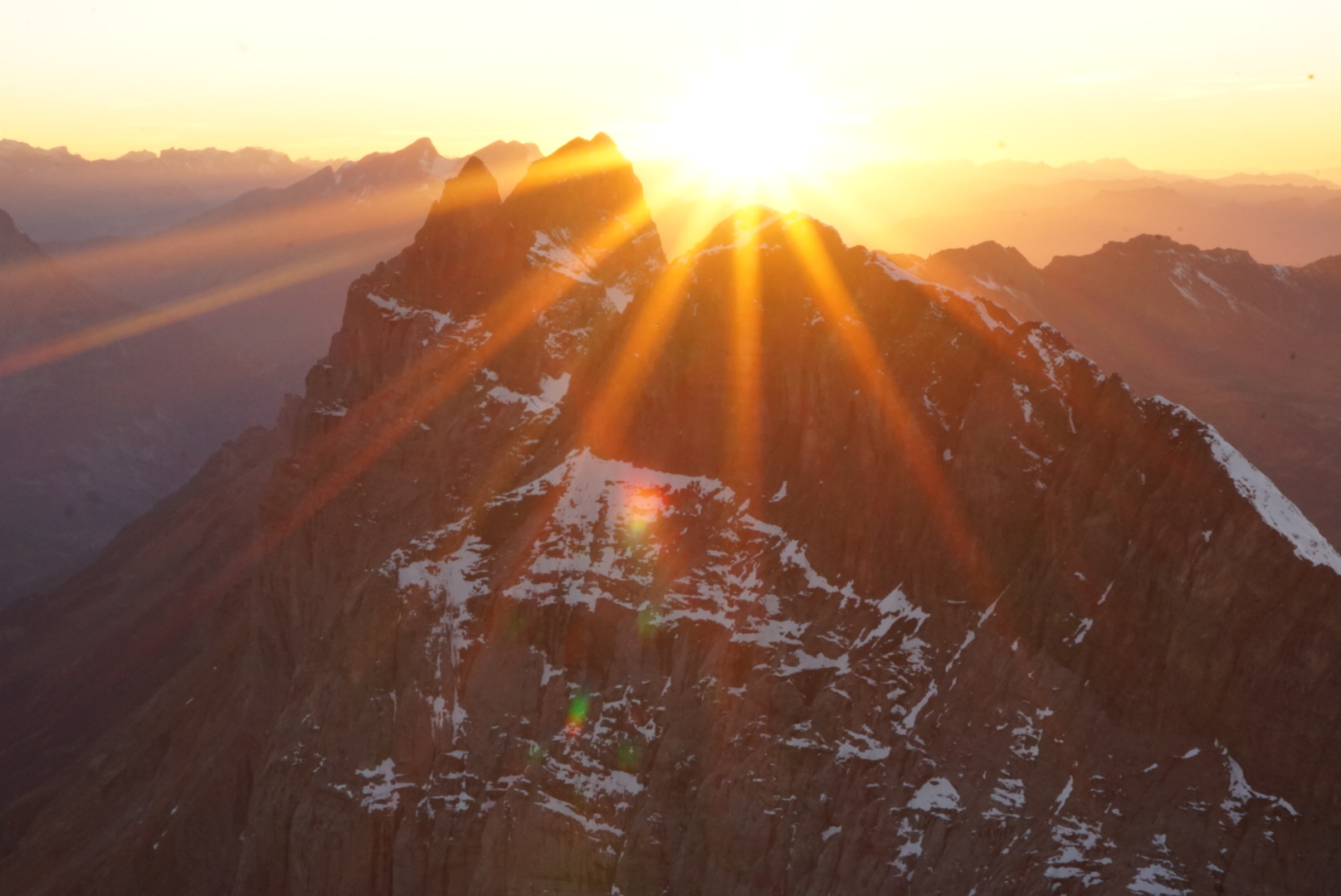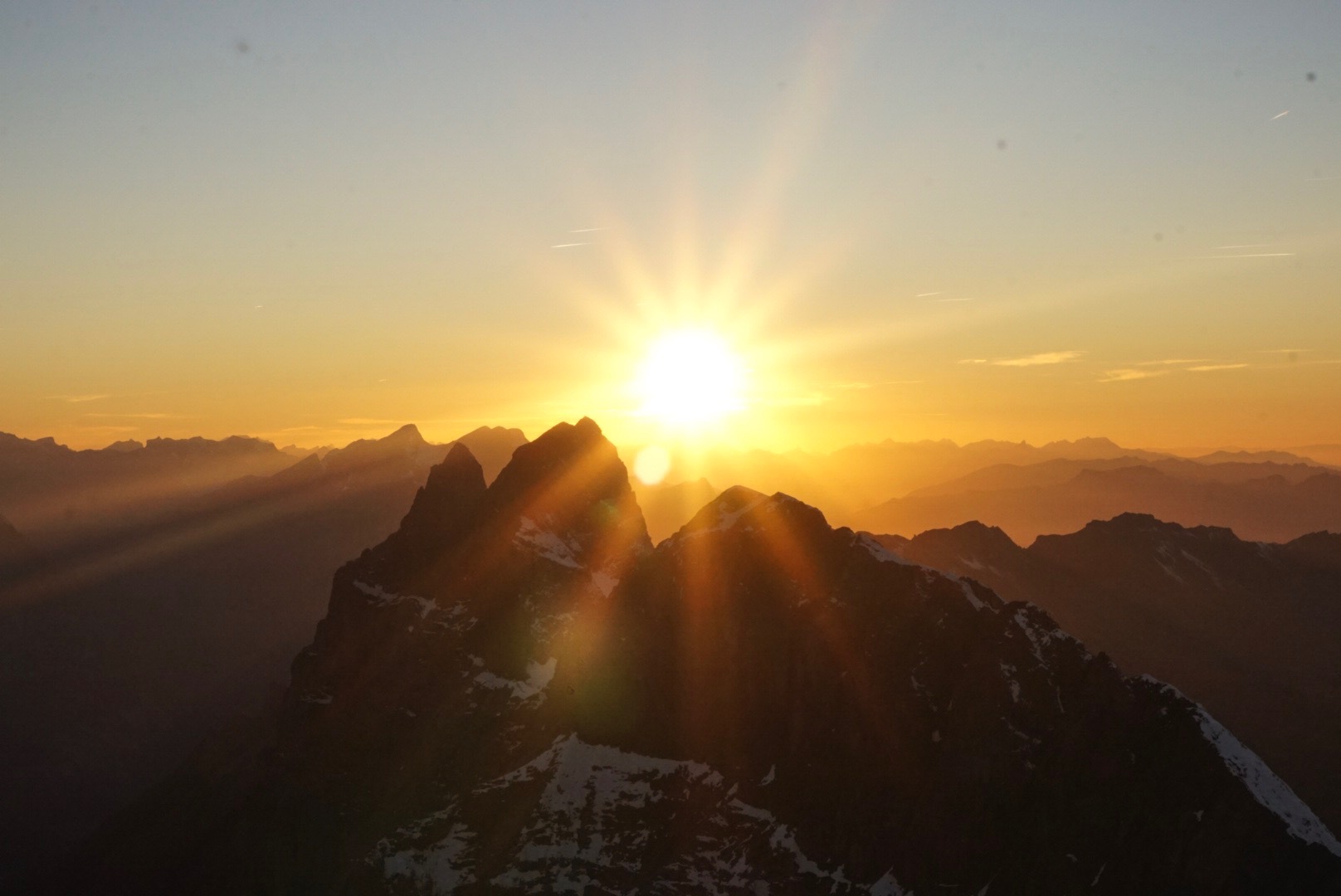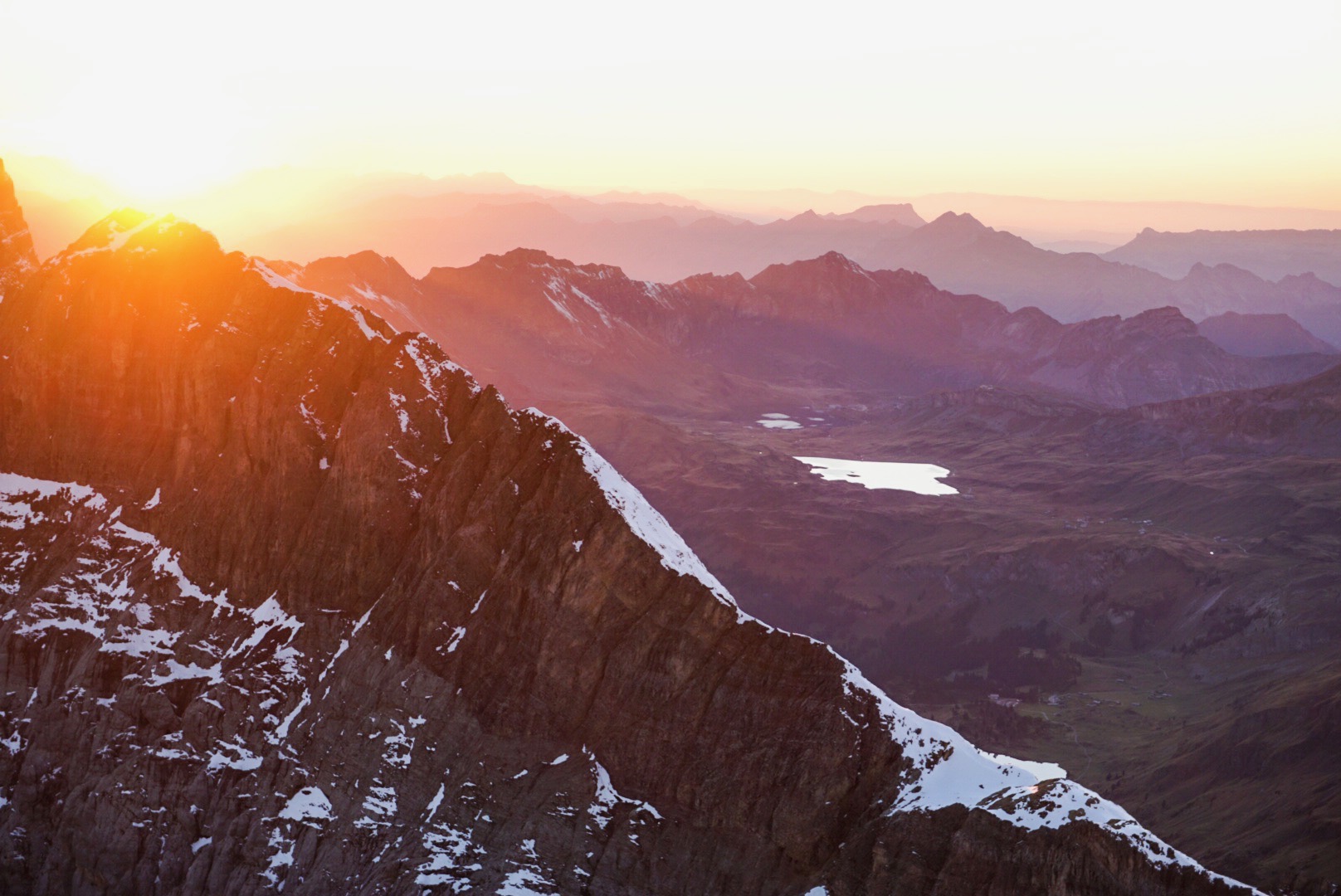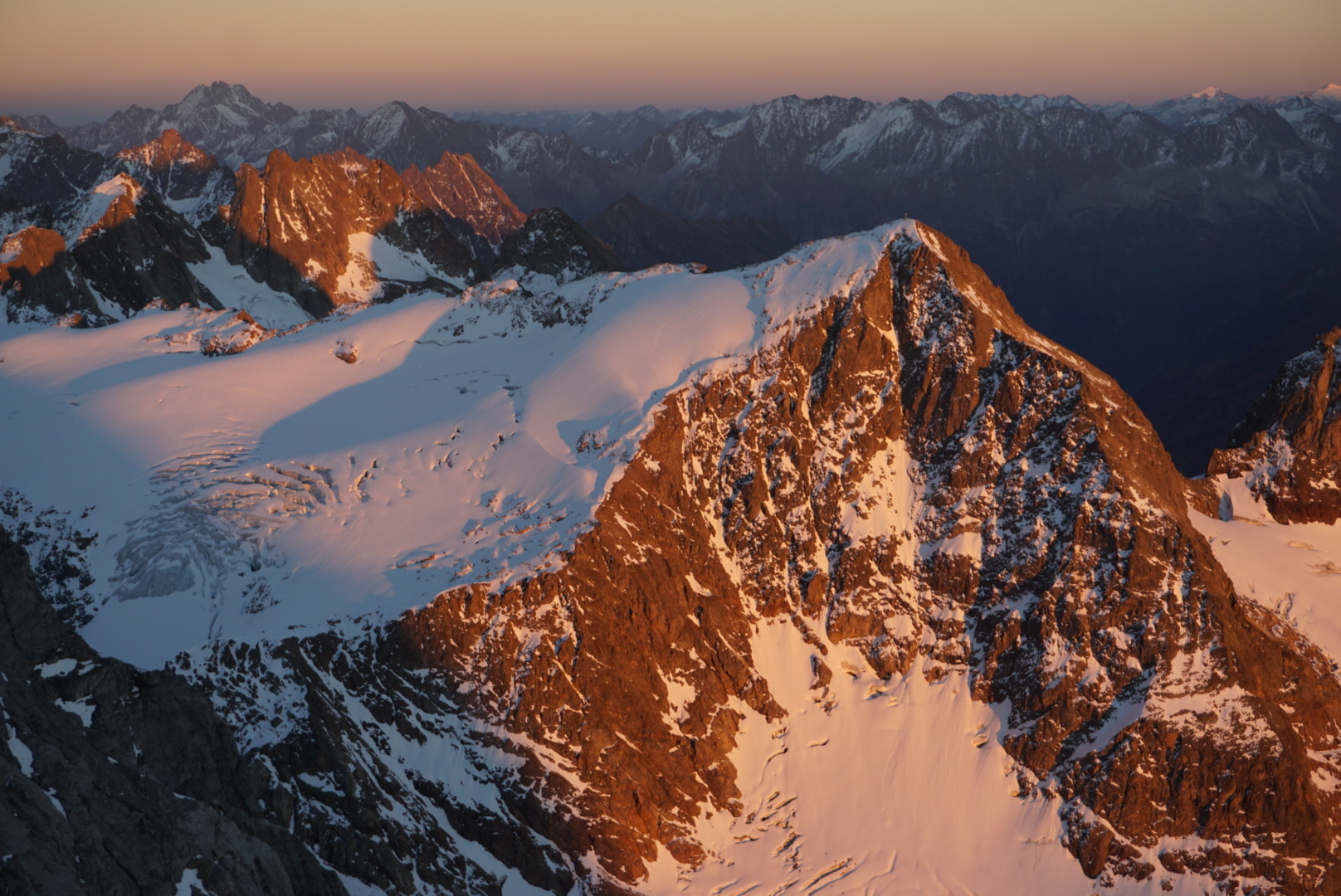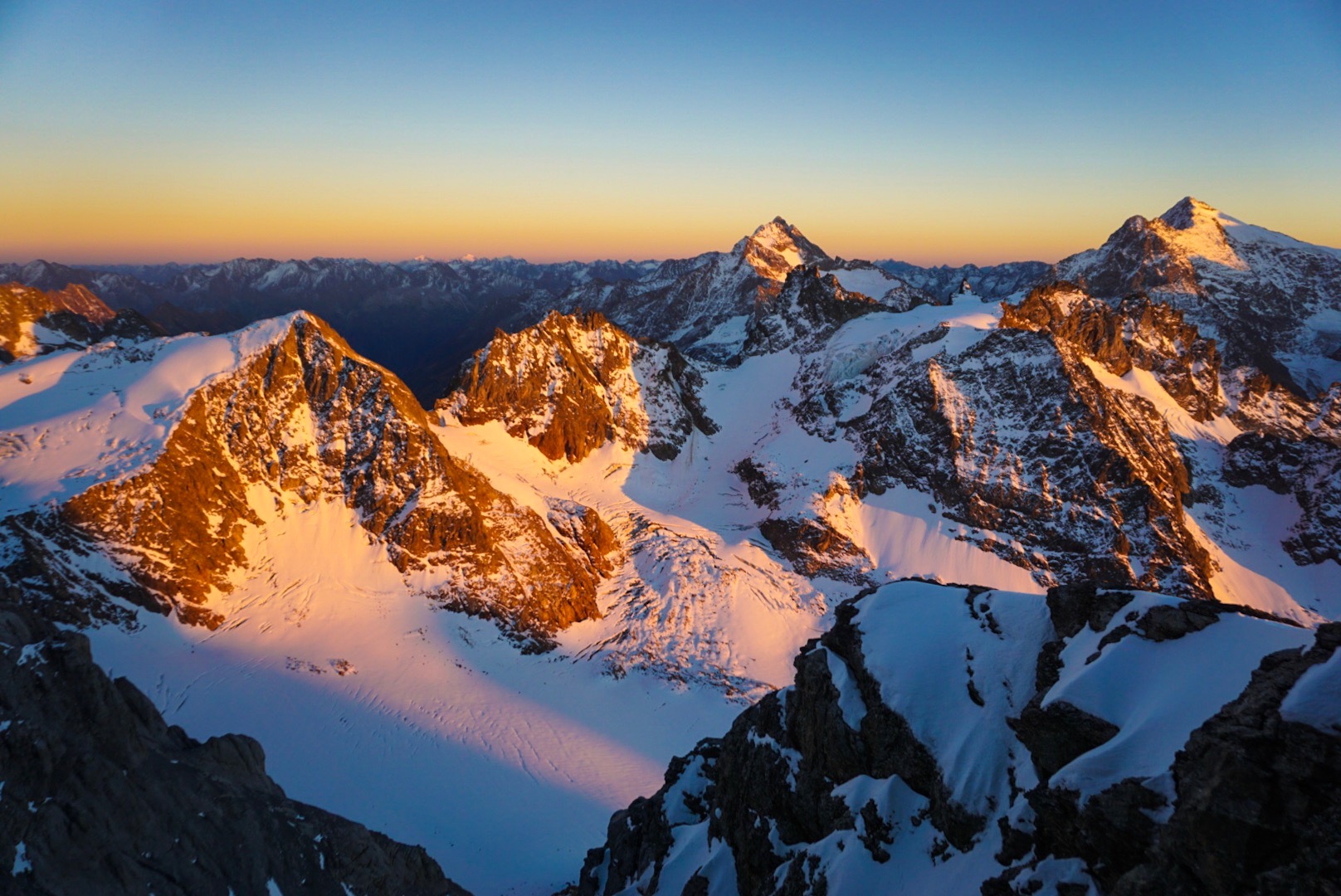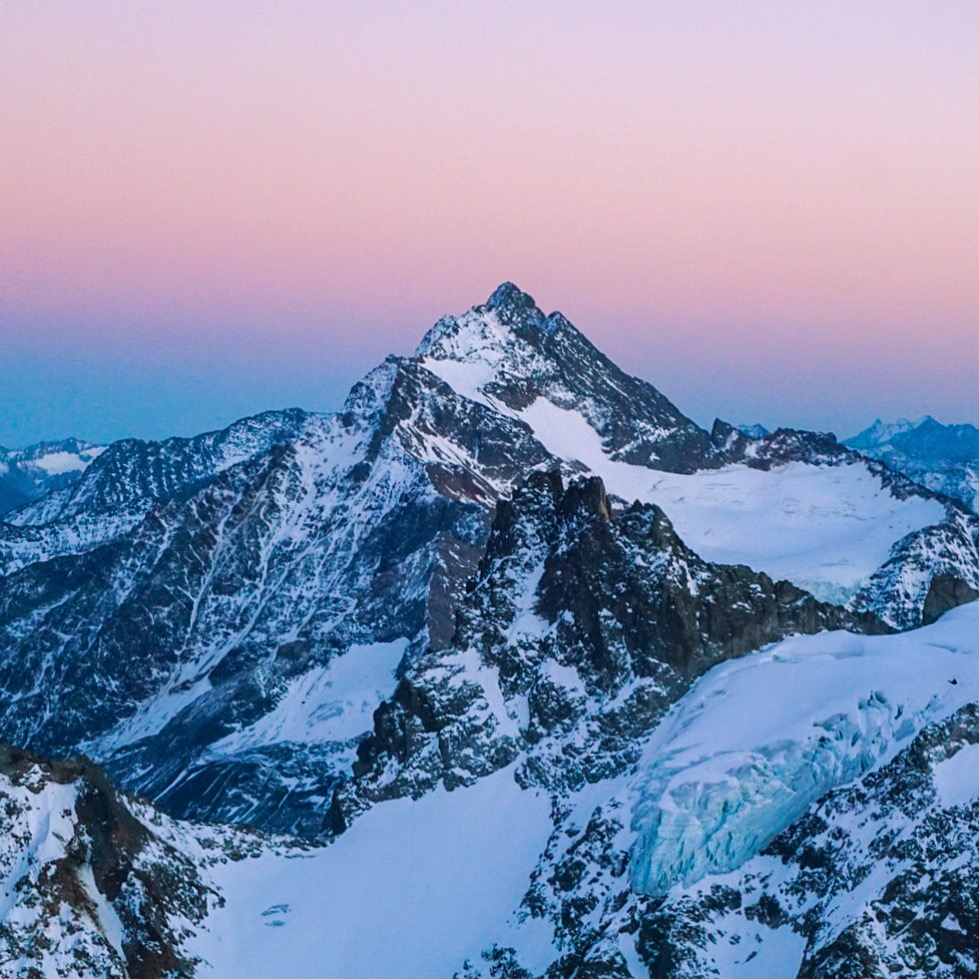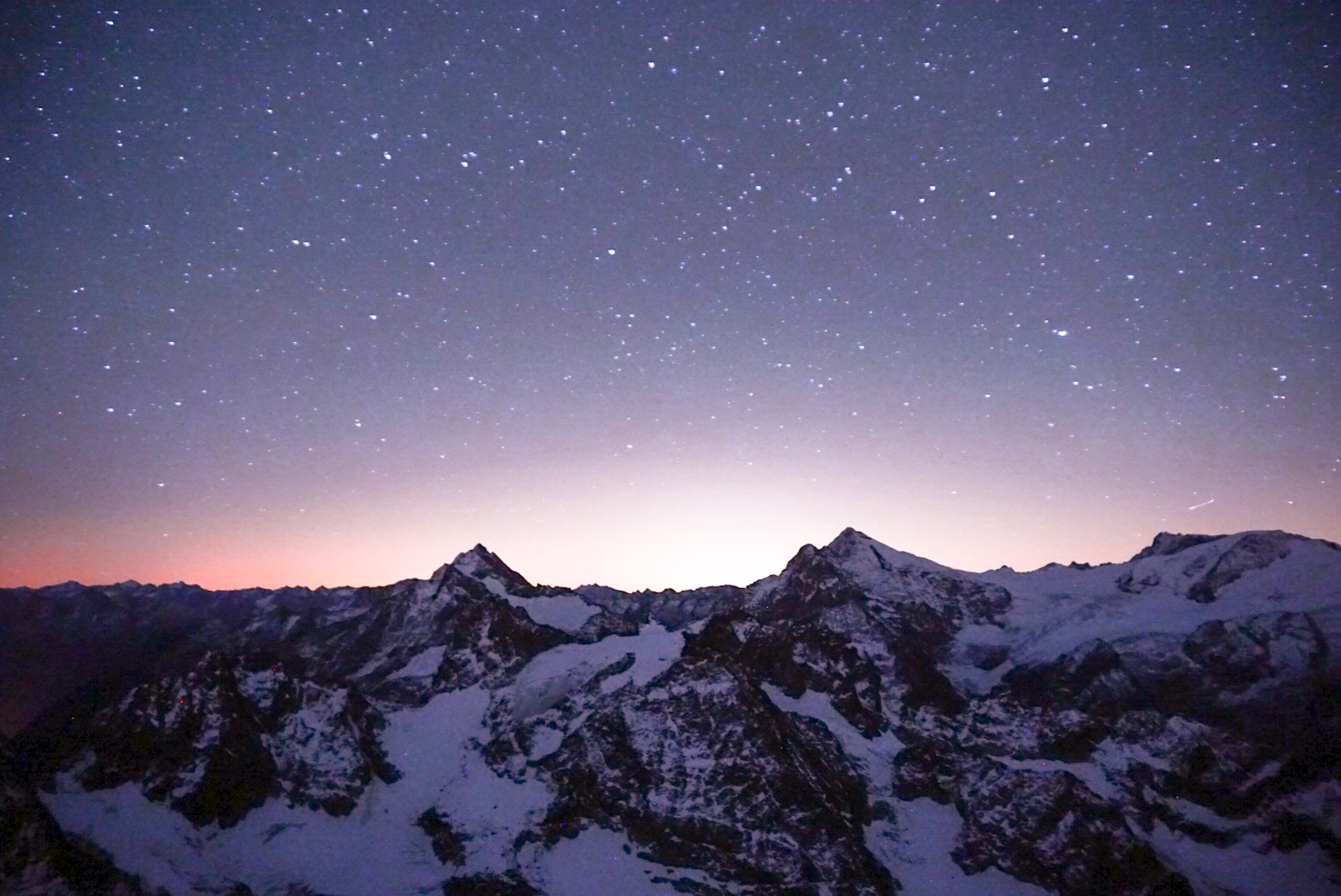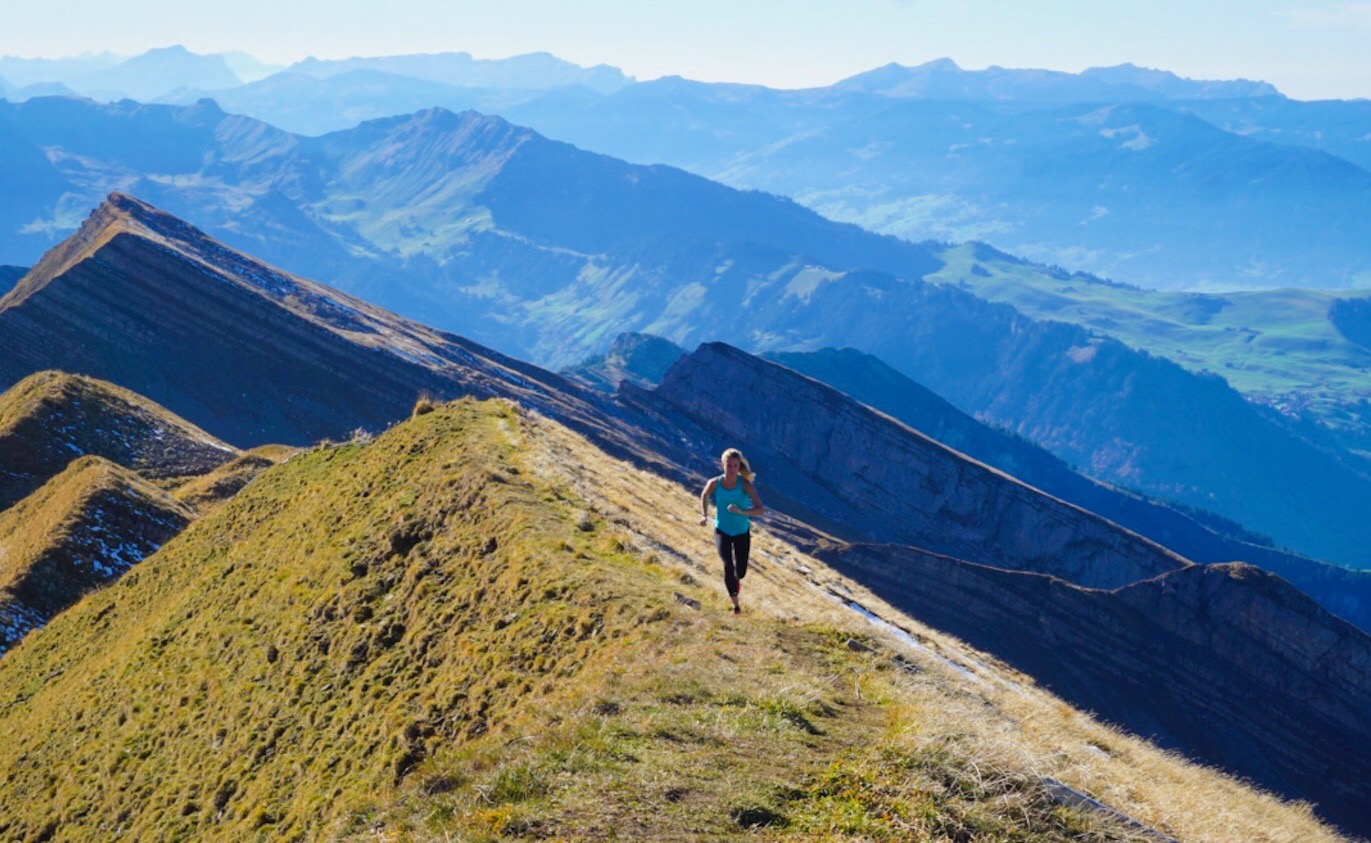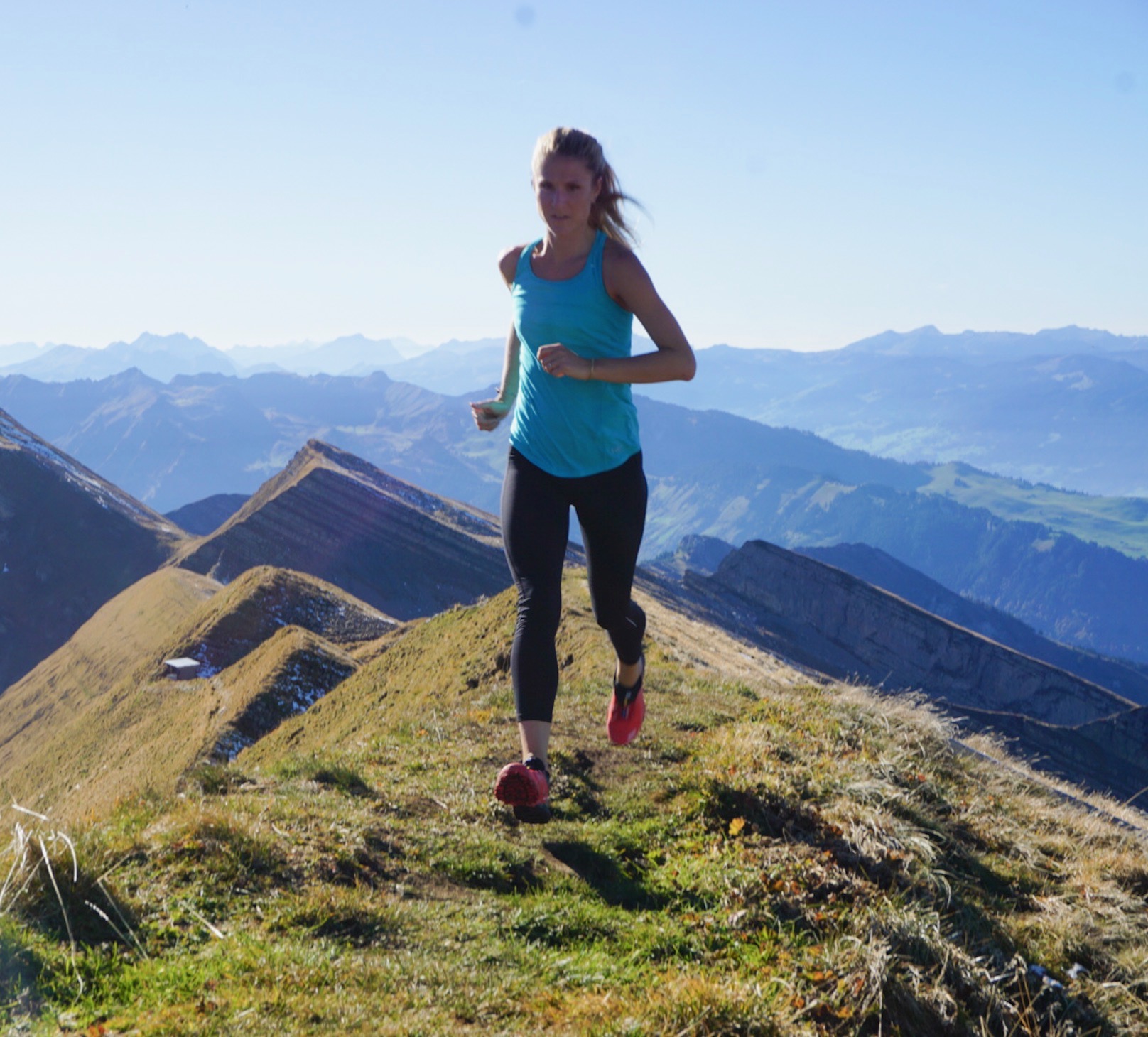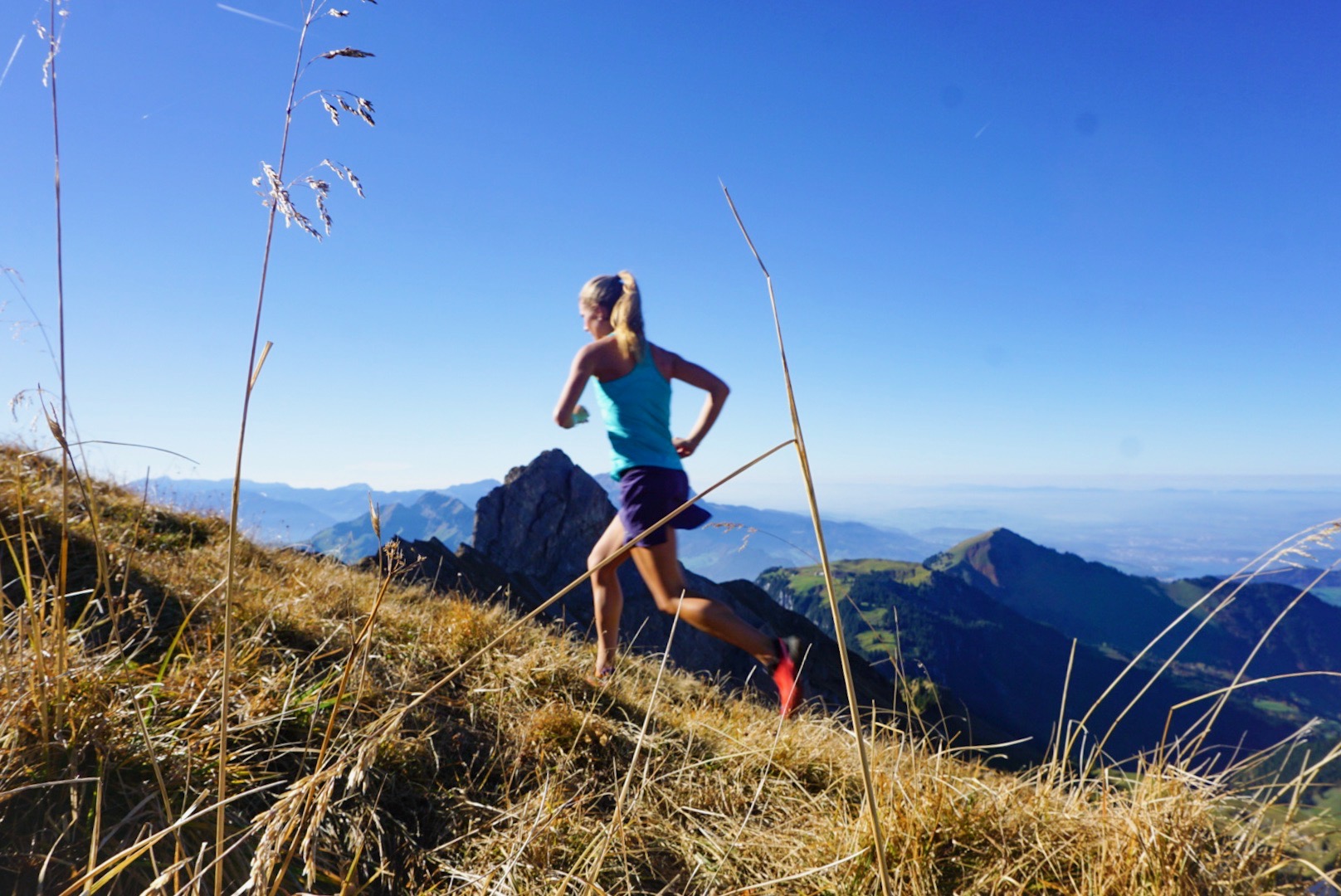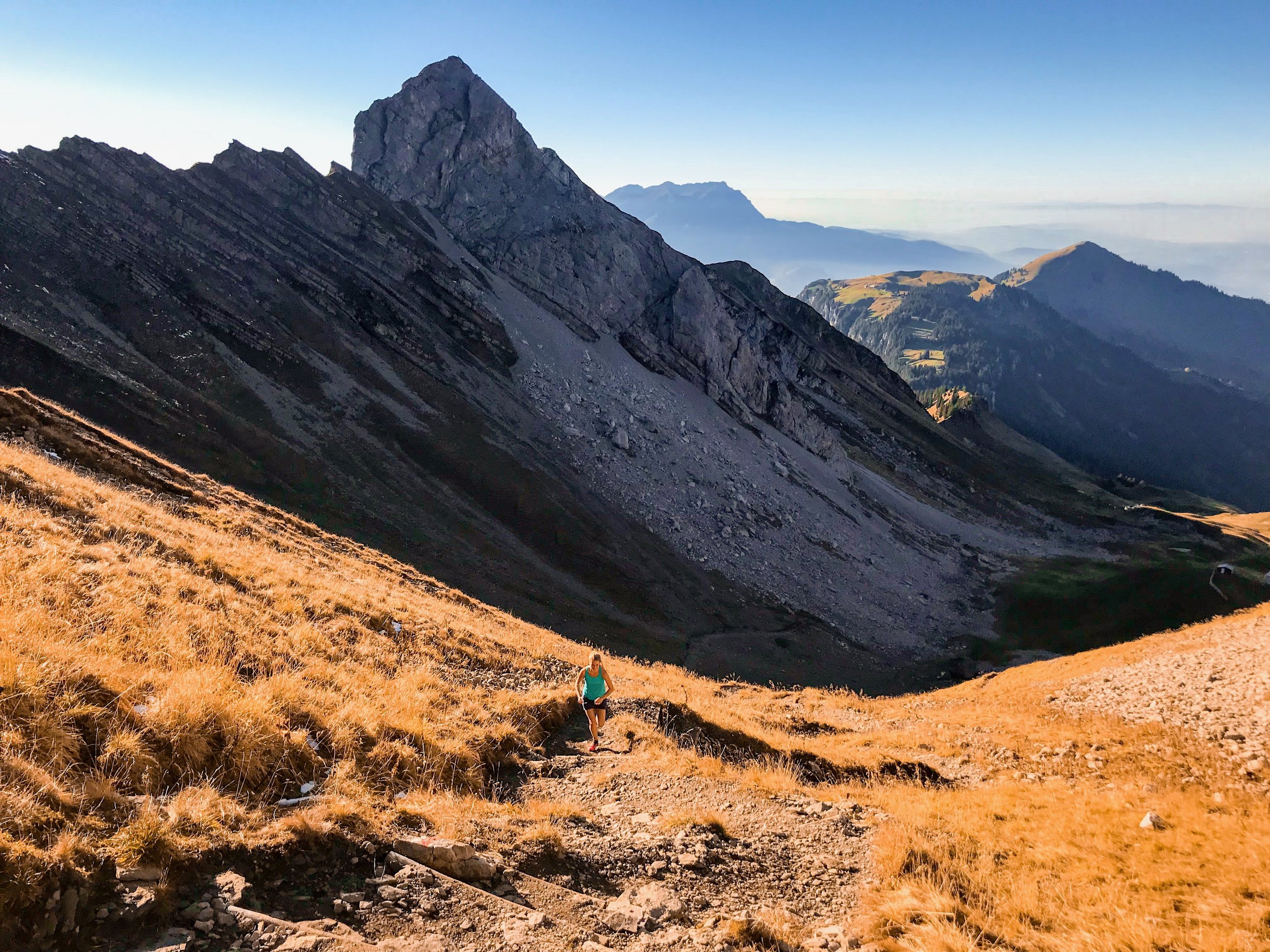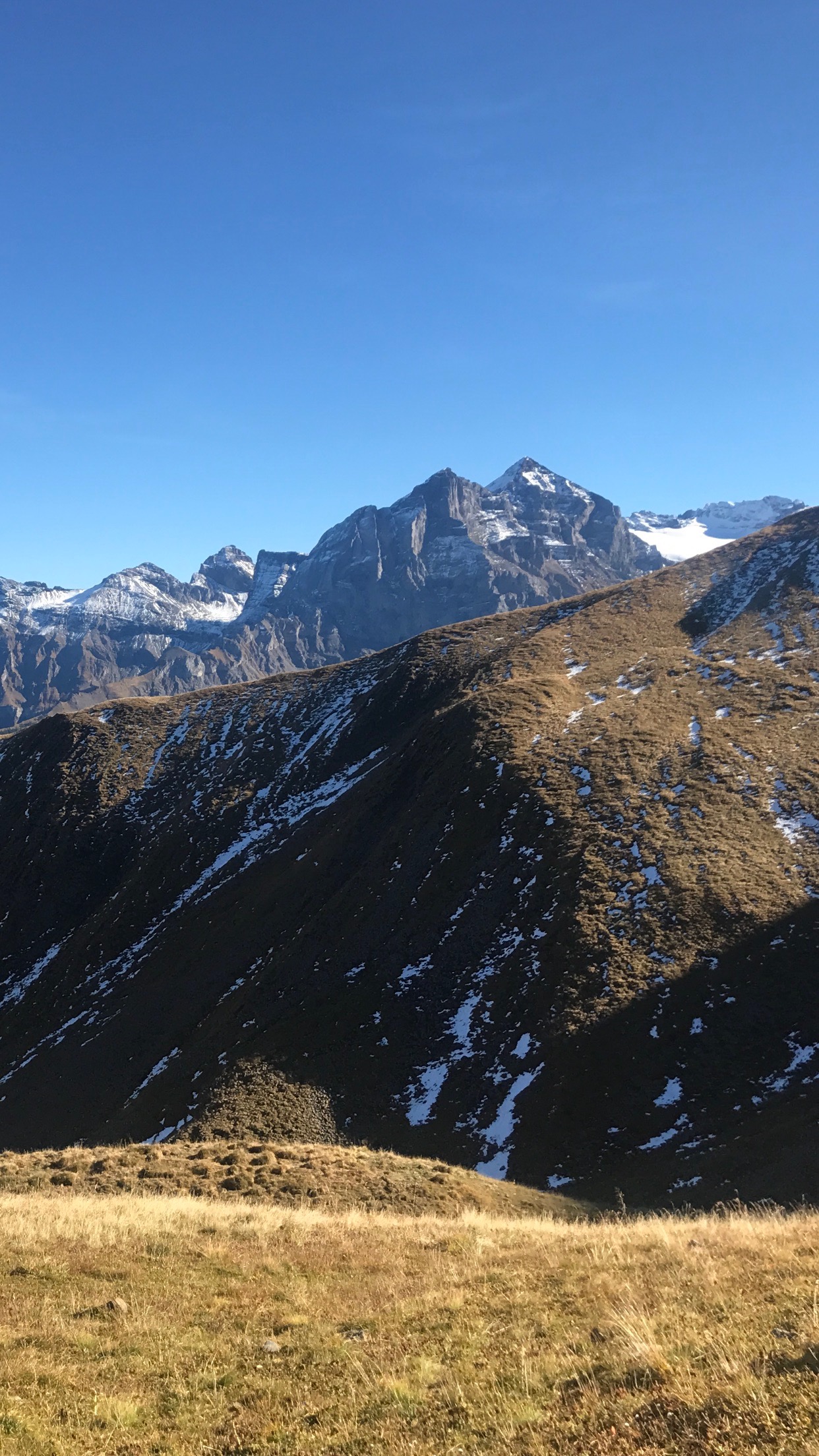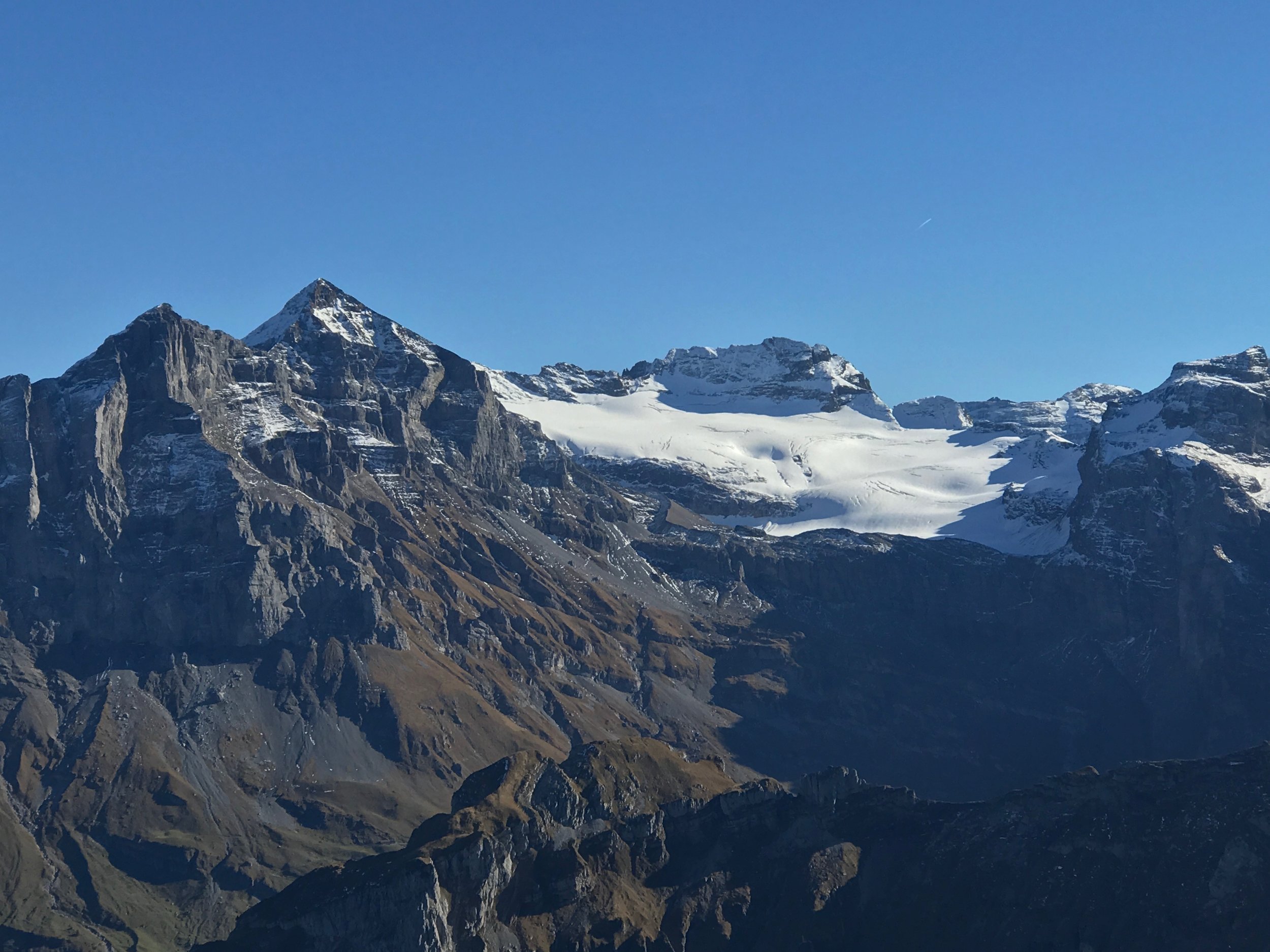10 Things for Adventurers to do in Ascona-Locarno
/Last summer, my husband Matt and I had the opportunity to travel to the Ticino region of Switzerland for a week-long adventure. The canton of Ticino is located in southern Switzerland, and has a large Italian influence and feel, from the language to the architecture, and cuisine. This region is also located near water and surrounded by mountains, making it a destination for any type of adventurer. As jacks of all trades and masters of none, we were excited to visit this area and dabble in everything it had to offer. Here are 10 of our favorite things to do there:
1) Trail run or hike (or mountain bike)
Ascona-Locarno is a trail mecca! From sea to summit, there are hundreds of trails to explore on foot or bike. Since trail running is by far one of our favorite ways to explore a new area, we spent the majority of our time here in the foothills of the Swiss Alps and the mountains.
2) Go canyoneering
The Ticino region is known around the world for their canyoneering. This was our first time doing this and it was INCREDIBLE. A little scary (but safe!) at times, and super fun!
3) Paddle on the lake
Lake Maggiore offers so many recreational water activities, such as stand up paddle boarding, kayaking and swimming. We paddled at sunset for a truly unforgettable experience.
4) Explore the lakeside towns
Ascona is located on the shore of Lake Maggiore and holds an annual Jazz festival, The Ascona Jazz Festival. This cute town is filled with culture, delicious food, and beautiful architecture. Pro tip: don’t forget to stop for risotto and an Aperol spritz at a lakeside café!
Locarno is located on the northern shore of Lake Maggiore and at the southern tip of the Swiss Alps. It is known for having the warmest climate in Switzerland with 2300 hours of sunshine a year. Right outside of the town is the Verzasca Valley - a beautiful valley with jade green water and a famous bridge that people jump off of. I couldn’t gather the courage to jump off of it, but Matt did!
5) Explore the mountain towns
One of our favorite places we visited on this trip was the town of Foroglio, in the Bavona Valley. This off-the-grid small village is tucked away in the valley with no electricity. Things not to miss here: the beautiful waterfall behind the city (you can hike to the top of it too!), and Ristorante La Froda. I ate the best pizzoccheri here, which is a local noodle dish made from buckwheat, combined with potatoes, cheese and vegetables.
6) Stay in a mountain refugio
This was an experience that I will never forget! Getting out of the towns and into the mountains gives you a whole new perspective on how big and amazing these actually mountains are! We stayed the night in these stone huts, which are self-manned and have sleeping quarters, bathrooms, and even a kitchen. You can either hike or take a helicopter into these huts, which make them especially accessible. We brought a lot of cheese, potatoes, wine and beer up to the huts to make a delicious fondue dinner, which we enjoyed outside on a beautiful granite table by candlelight- truly a night I will cherish forever!
7) Eat at a grotto
The grottos in town have some of the best food that you can imagine! These are typically located in shaded, quiet places, where you can enjoy delicious, local food on large granite tables with friends and family. We enjoyed a delicious, multi-course dinner at Grotto America on our one of last nights in town. Truly a great way to spoil ourselves and cap off an amazing week!
8) See the sunrise or sunset from a mountain
Do this at least once on your trip - you won’t forget it! The sunrise or sunset over the mountains and lakes make the experience extra magical . You can hike, take a gondola, or drive up to the tops of some of the mohntains in town, making it accessbile for just about anyone.
9) Relax by the river
The valleys contain a lot of rivers, and spending time swimming or relaxing by them makes for a refreshing afternoon on a hot day! We swam, went bridge jumping, and drank beers on the rocks by the shore - a perfect way to spend those really hot summer days!
10) Meet the locals
Traveling is all about immersing yourself into new cultures, and the culture sure is rich here in Ascona-Locarno. One of our favorite parts of this trip was meeting all of the locals and learning about their own favorite parts of this region. Here’s a glimpse of some of the incredible people we met (and a great video of our trip!).

